
Nakhchivan, Nakhichevan, or Nakhichevan, is an autonomous republic with around 450,000 inhabitants. The exclave is politically part of Azerbaijan, borders Iran to the south and west and Armenia to the north and east. The territory of Türkiye is only about 20 kilometers away.
The population of Nakhchivan consists almost entirely of Muslim Azerbaijanis and a small proportion of Armenians. The official language of the country is Azerbaijani and the new manat is used as a means of payment, with 1 euro corresponding to around 2 AZN.
Naxcivan is one of the largest cities in the autonomous republic. Kolani, Ordubad, Oglanqala, Beneniyar, Nehrem, Culfa, Sederek, Alinja, Yayci, Bedesxan and Calxanqala.
The landscape of Nakhchivan is predominantly mountainous, with the 3,905 meter high “Qapiciq dagi” as the highest point.
The exclave's economy is largely focused on iron ore and rock salt mining, as well as agriculture. Agriculture mainly produces tobacco, wine, fruit and cotton. Many people also practice rare silkworm breeding there.
Tourism has so far played a relatively small role in the local economy, with around 500,000 annual visitors. Through significant renovations of the most famous historical monuments in recent years, the government of Nakhchivan is trying to further expand the tourism sector.
Nakhchivan has a new, modern airport and, in addition to the capital Baku, is now served by several surrounding international cities.
The capital of Nakhichevan is Naxcivan with about 90,000 inhabitants. The country's largest city is located at around 1,000 meters above sea level and is the economic and cultural center of the republic.
The main attractions of Nakhchivan include the Bala Mosque, the Momine Khatun Mausoleum, the Alinja Castle - also called mini-Machu Picchu, the Aras Dam, the Khan Palace, the Juma Mosque, the Mausoleum of Noah, the Agdam Mosque, the Necropolis, the Mausoleum of Yussuf Ibn Kusejir, the Yazdegerd Castle, the Ashabi Cave, the State Museum, the Cave in the Duzdag Salt Mountains, the Carpet Museum, the Nakhchivan Fort and the Shabuz State Reserve Park the Batabat Lake.
In March 2020 I visited the beautiful area of Nakhchivan for the only time so far. On my second group trip ever, I had an absolutely tight program for two days, with a total of four flights. From Dubai we went first to Baku and then on to the autonomous republic.
The capital Naxcivan appears incredibly clean and laid out with the greatest care; every corner of the city impresses with countless almost freshly planted trees and extremely well-kept green spaces. The traffic in the city is calm and manageable, and sometimes it even seems quite deserted. What was very noticeable was that I saw almost no children there, as is usual in other global capitals.
On the first day, the program included a visit to all of the capital's historical monuments. I was very surprised at how good the condition of the mostly newly restored art treasures was. The predominantly buildings of ancient Islamic culture were super interesting and very exciting to marvel at.
At the end of the day we visited the cave in the salt mountains. The salt cave, which has now been converted into a hotel, even offers sleeping space for around 200 people with breathing problems or similar illnesses; this concept of healing is almost unique in the world.
The second day was all about the mini-Machu Picchu, the hike to Alinja Castle. After a leisurely climb up the approximately 3,000 steps, I was rewarded with a fantastic view. On one side was the panorama of the snow-capped mountains of the distant Caucasus, while on the opposite side I had a touch of Peru. This old castle with its remains is very similar to the famous Inca city in the Andes, only considerably smaller of course.
All in all, I had an exciting time in Nakhchivan and was very surprised by the landscape and cultural diversity as well as the exclusively pleasant and nice people.
For every culture lover around the world, I would definitely recommend this exciting autonomous region for a multi-day visit.

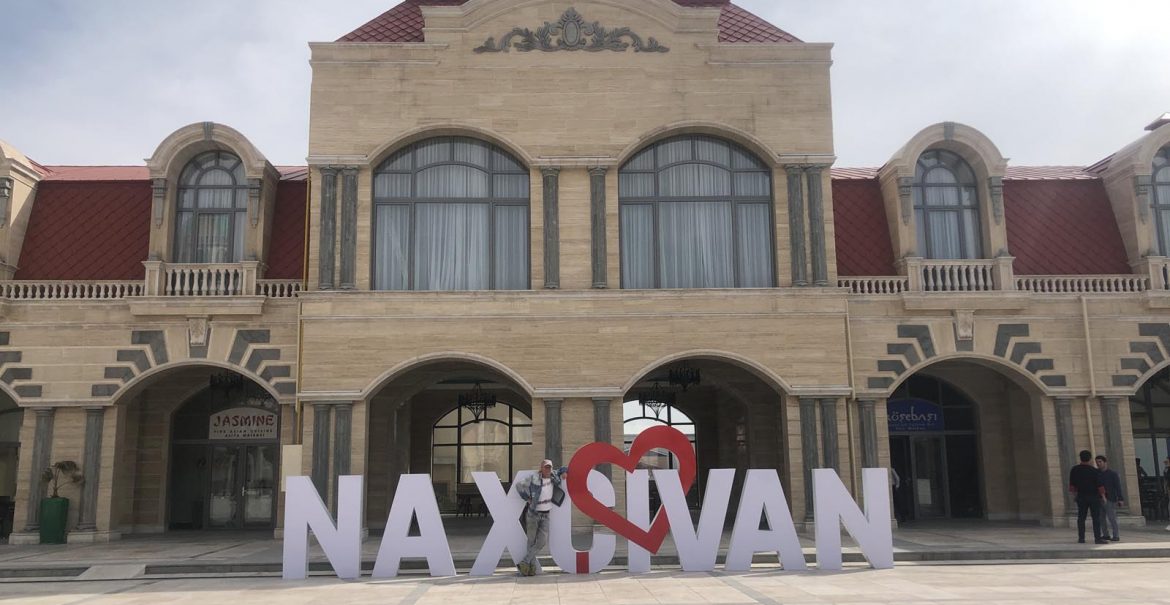
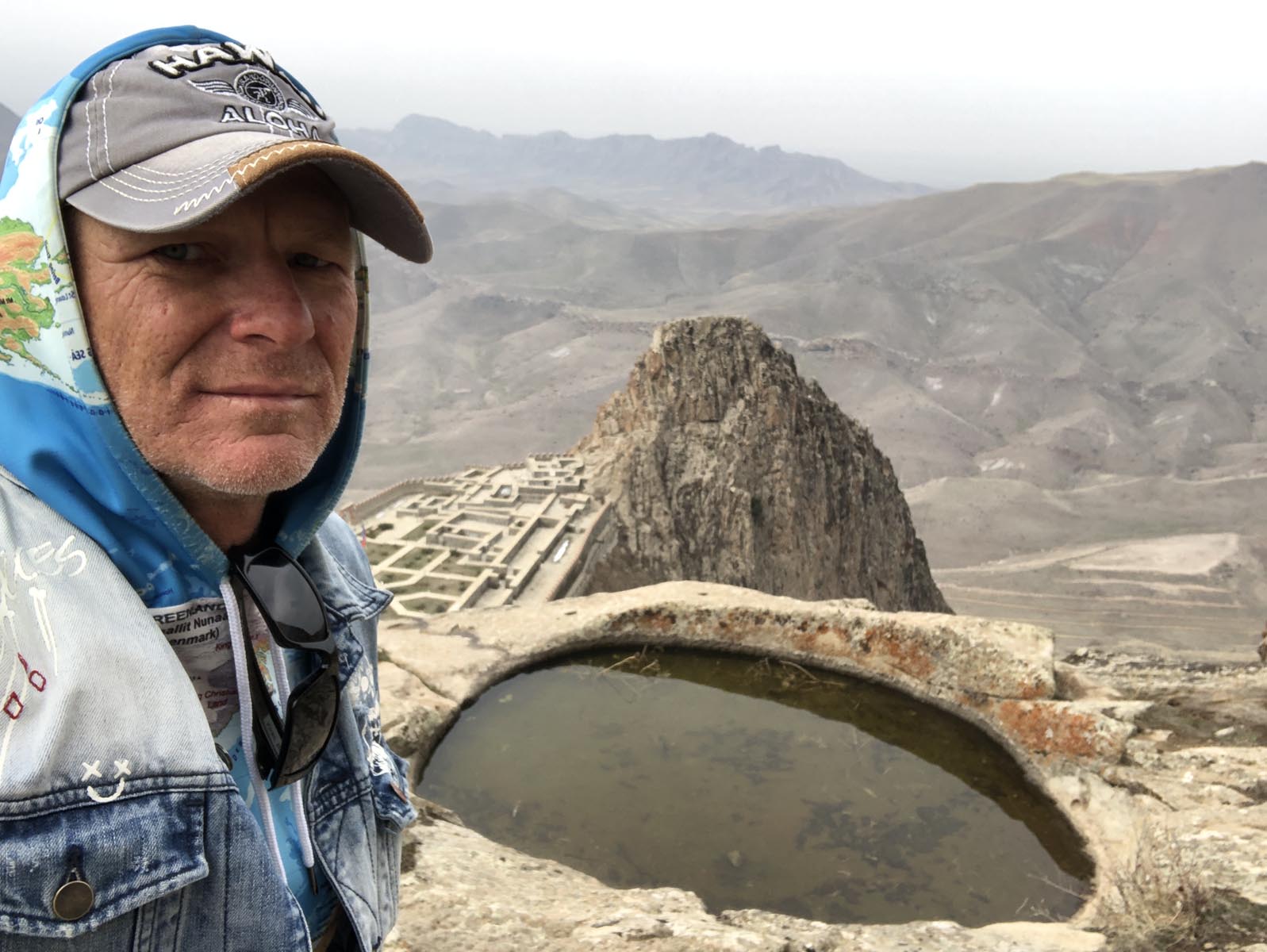
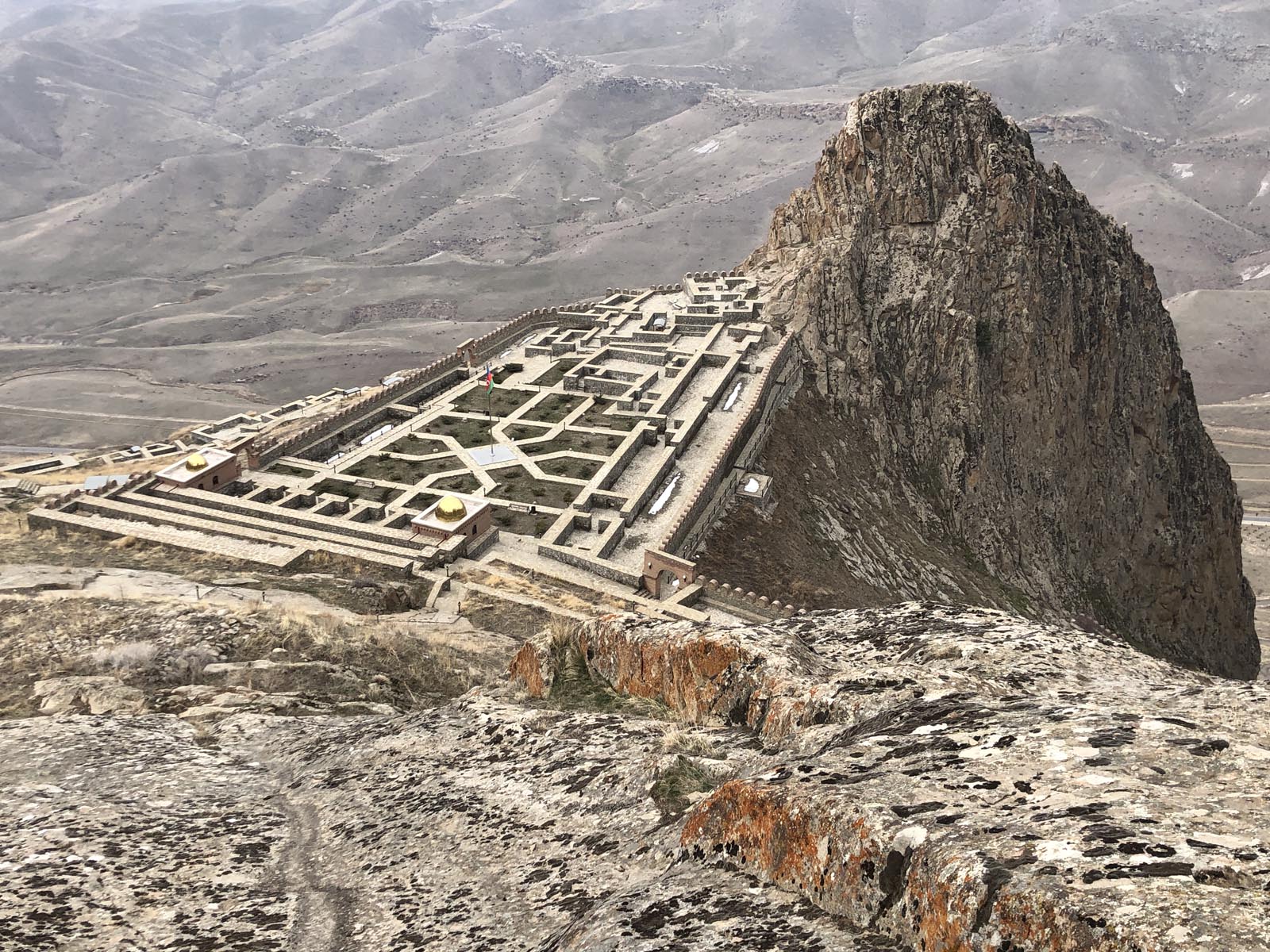
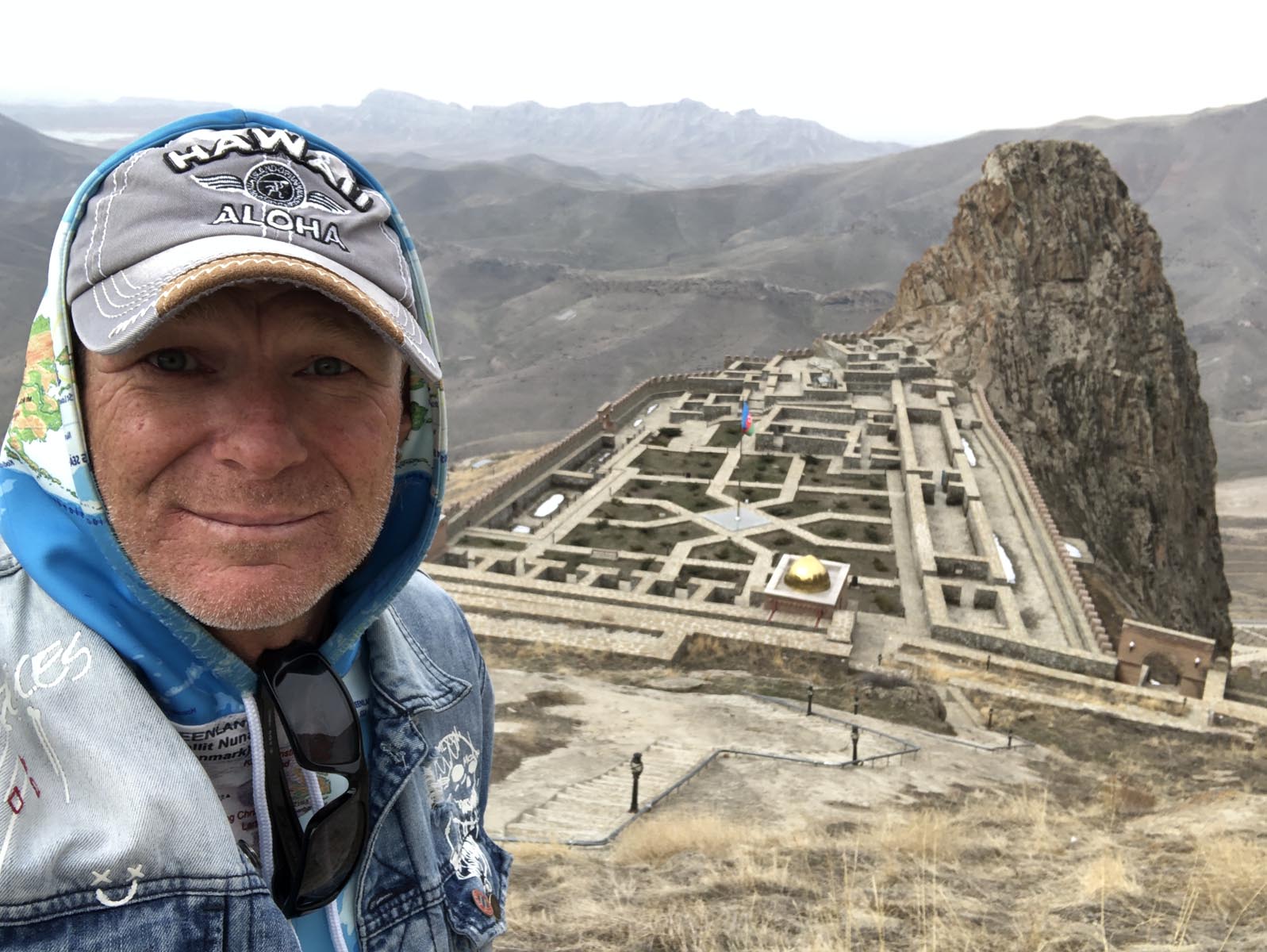
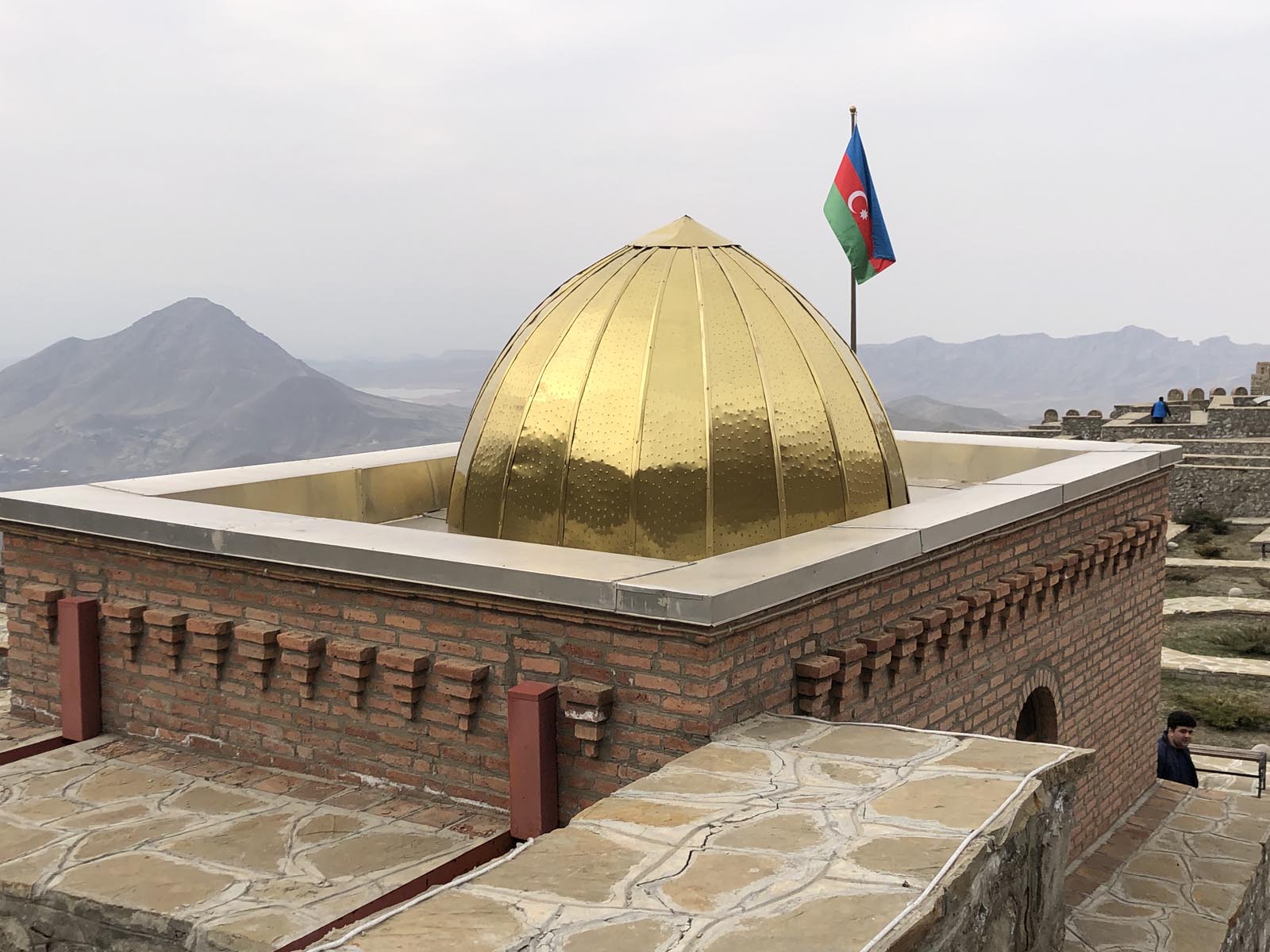
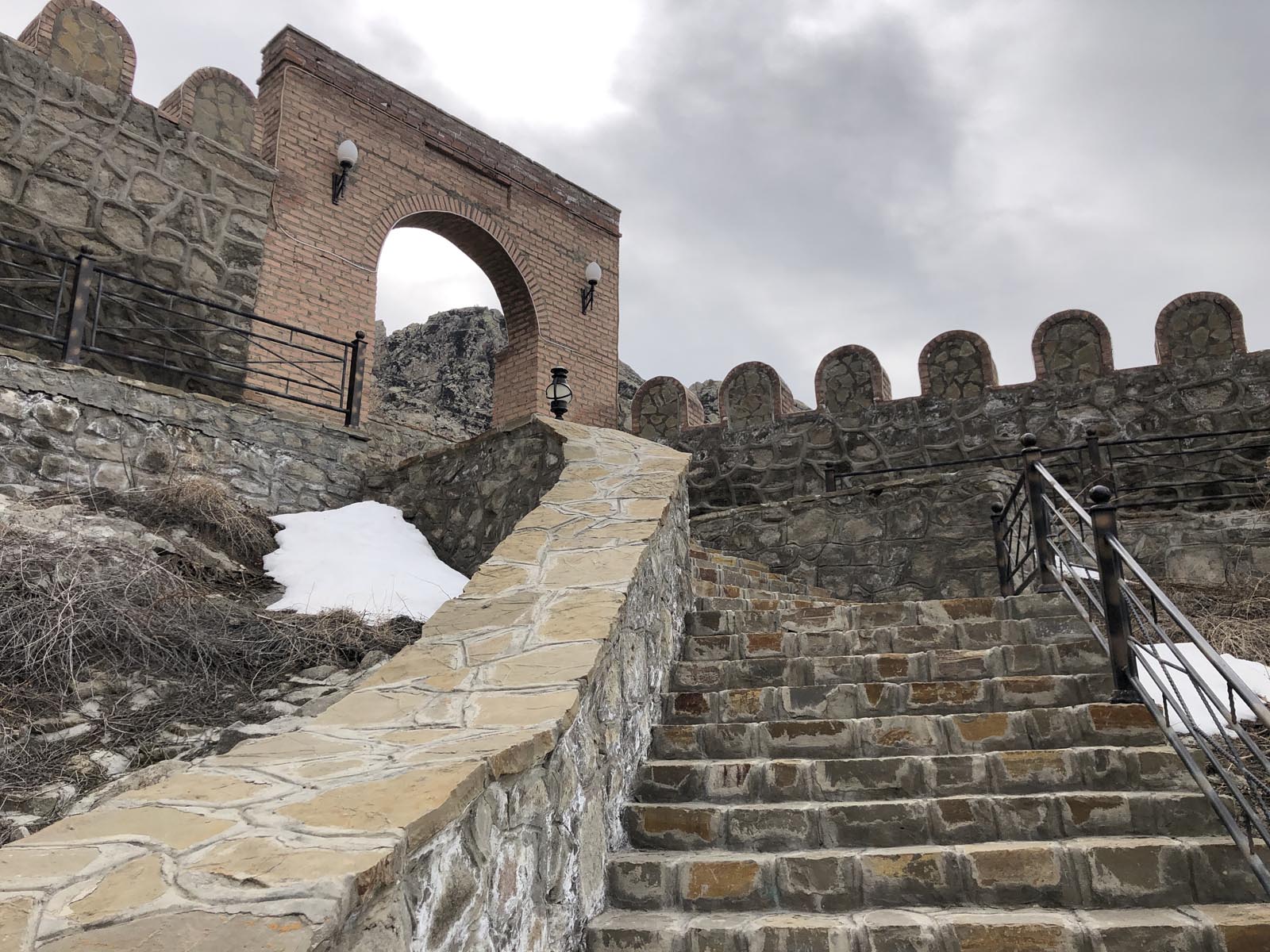
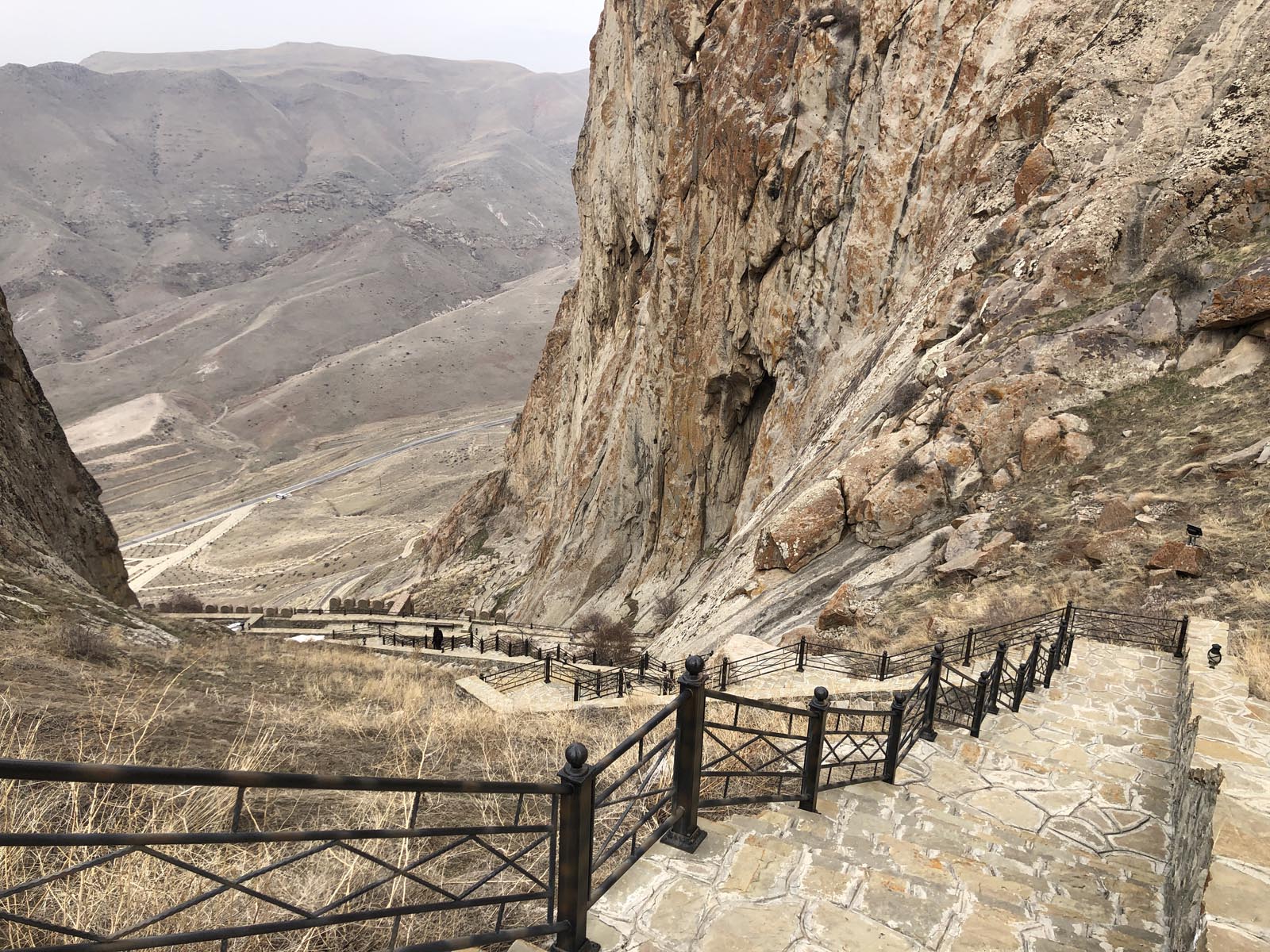
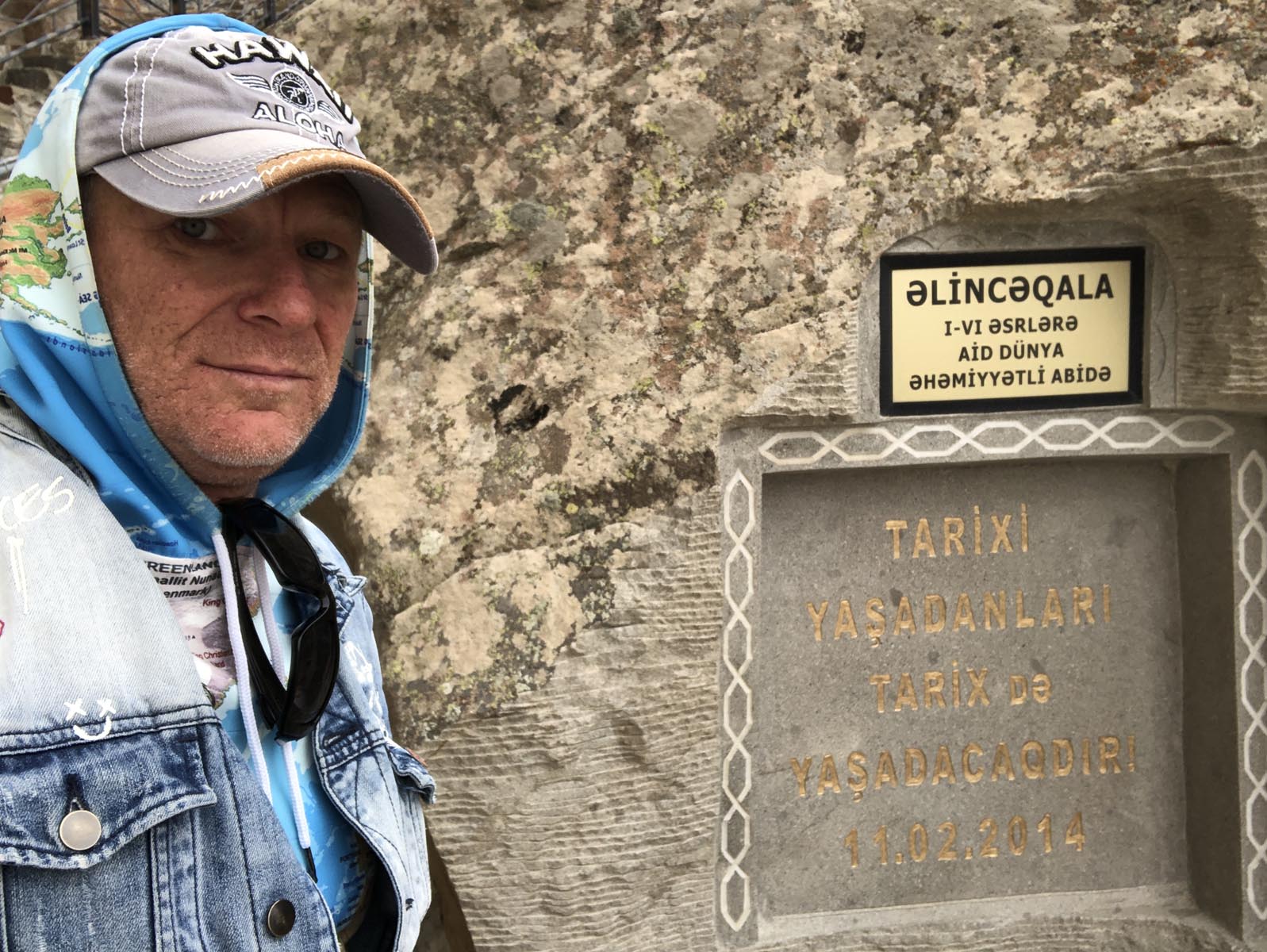
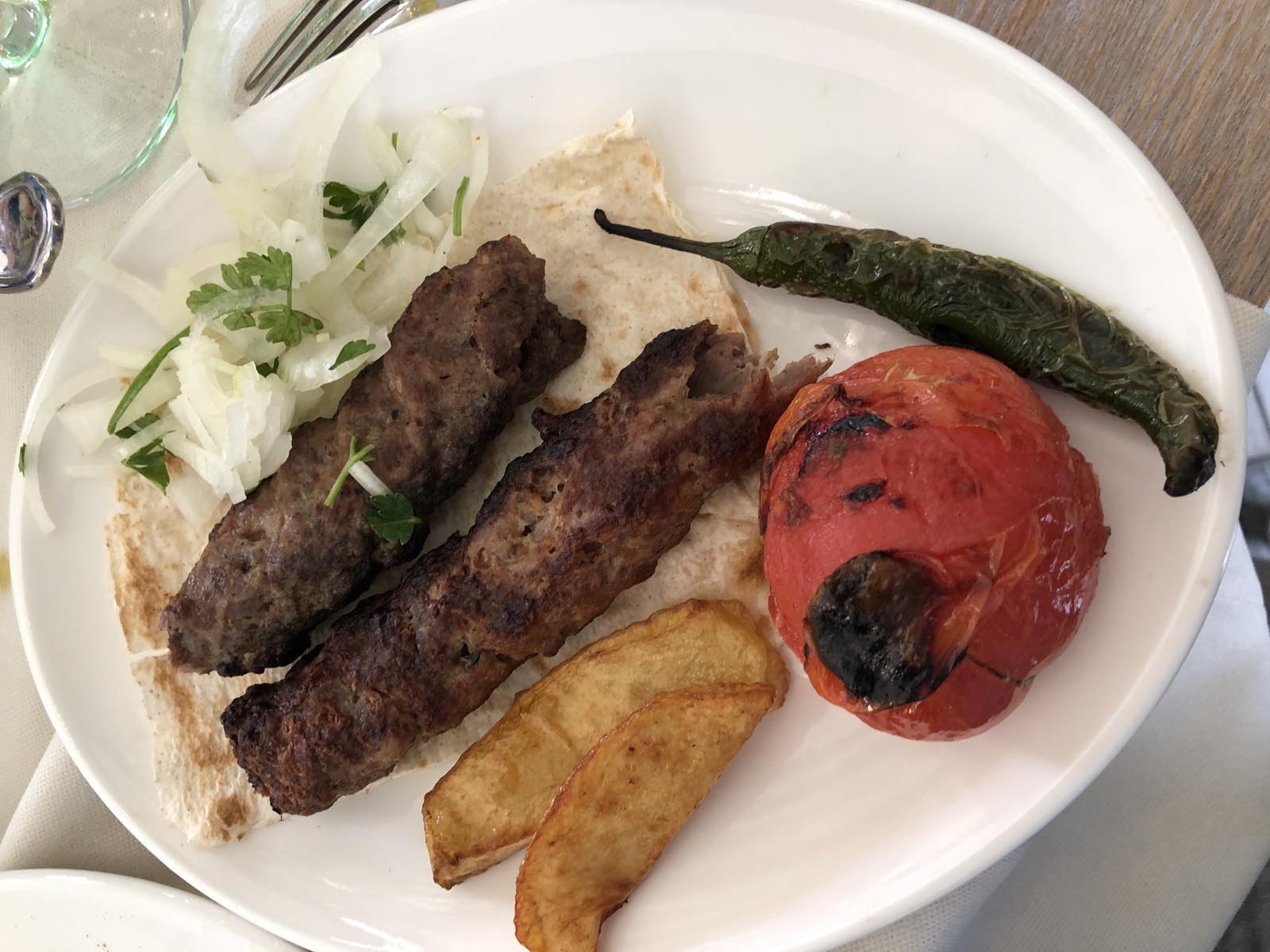
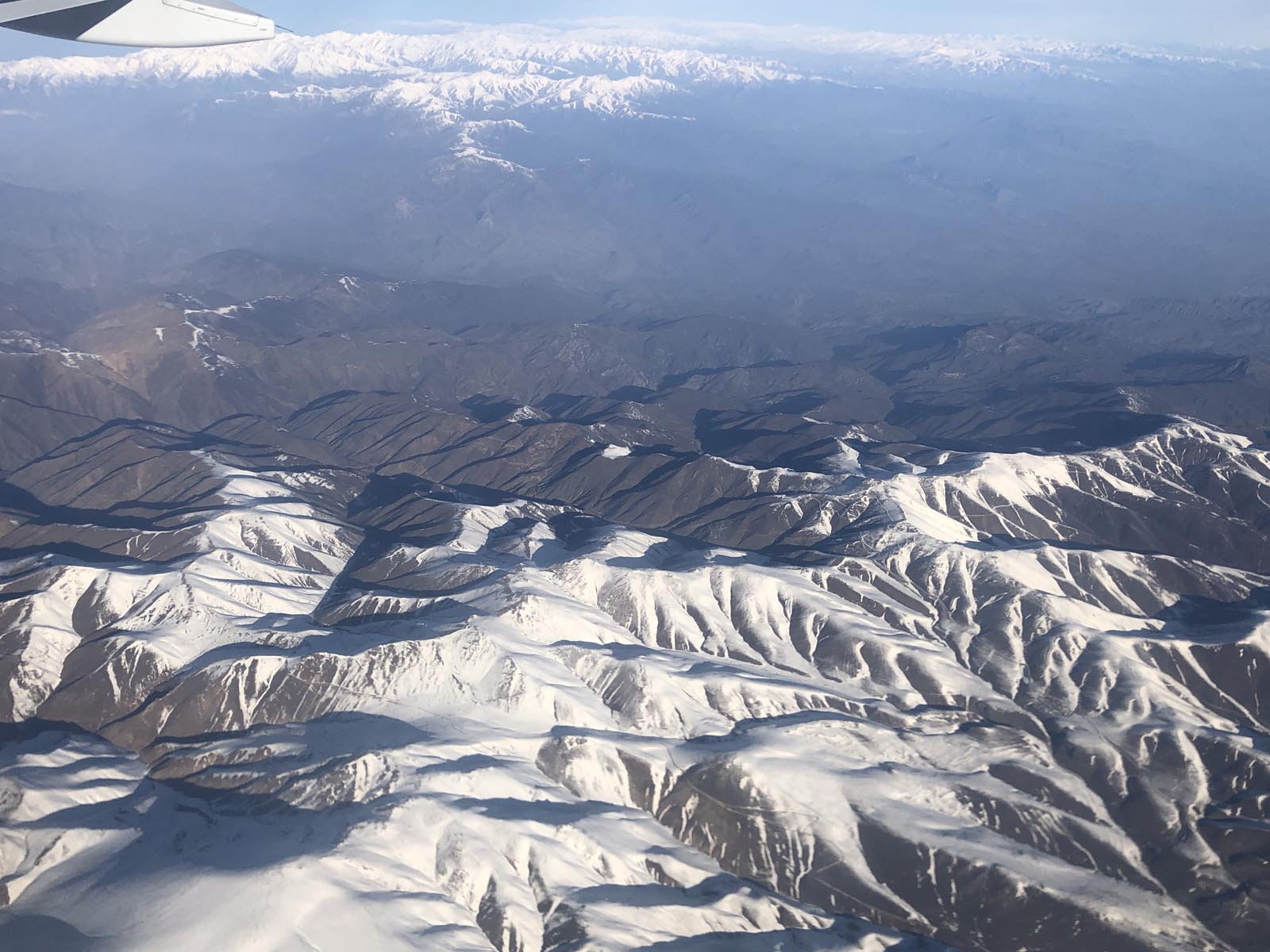
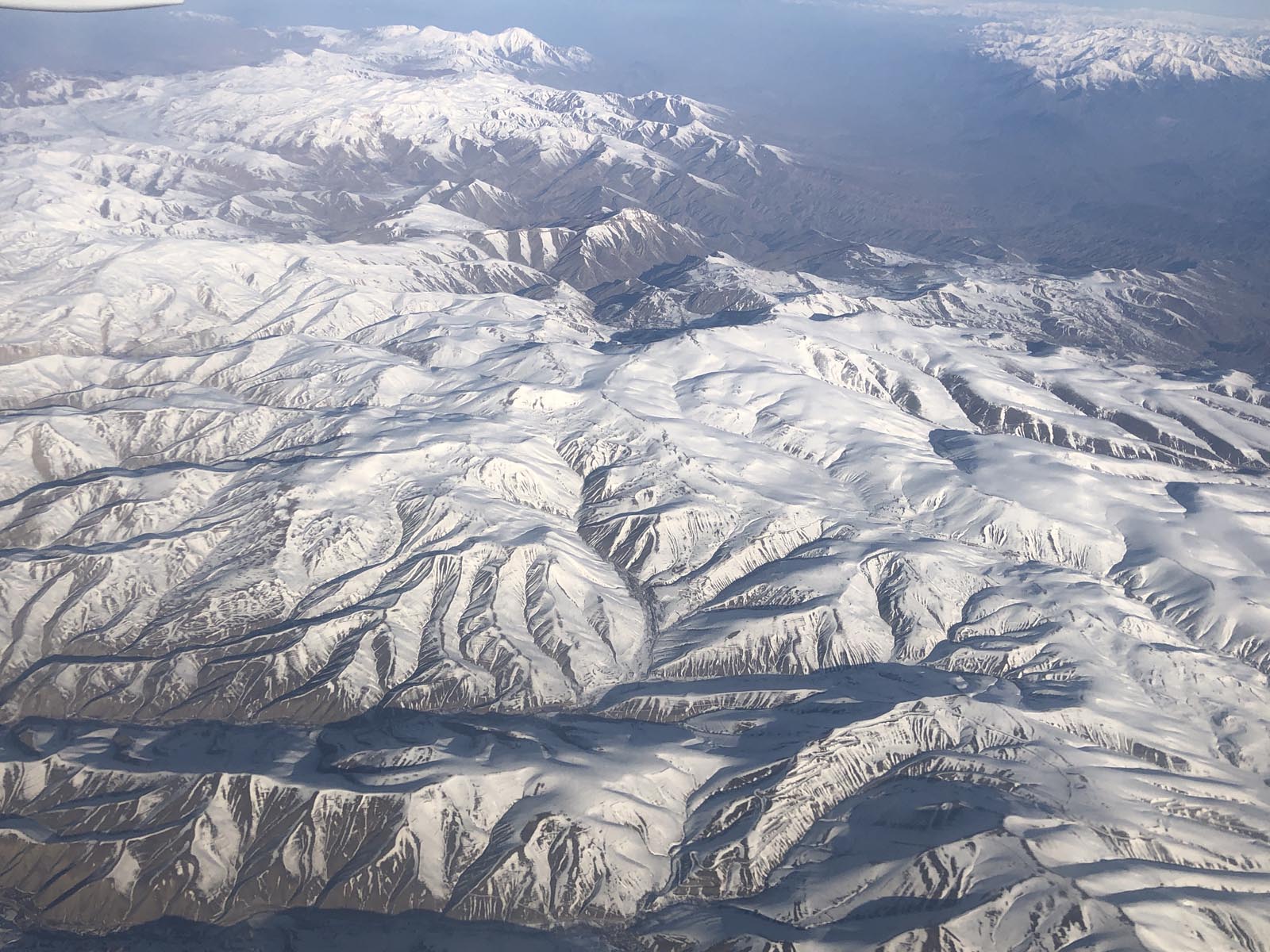
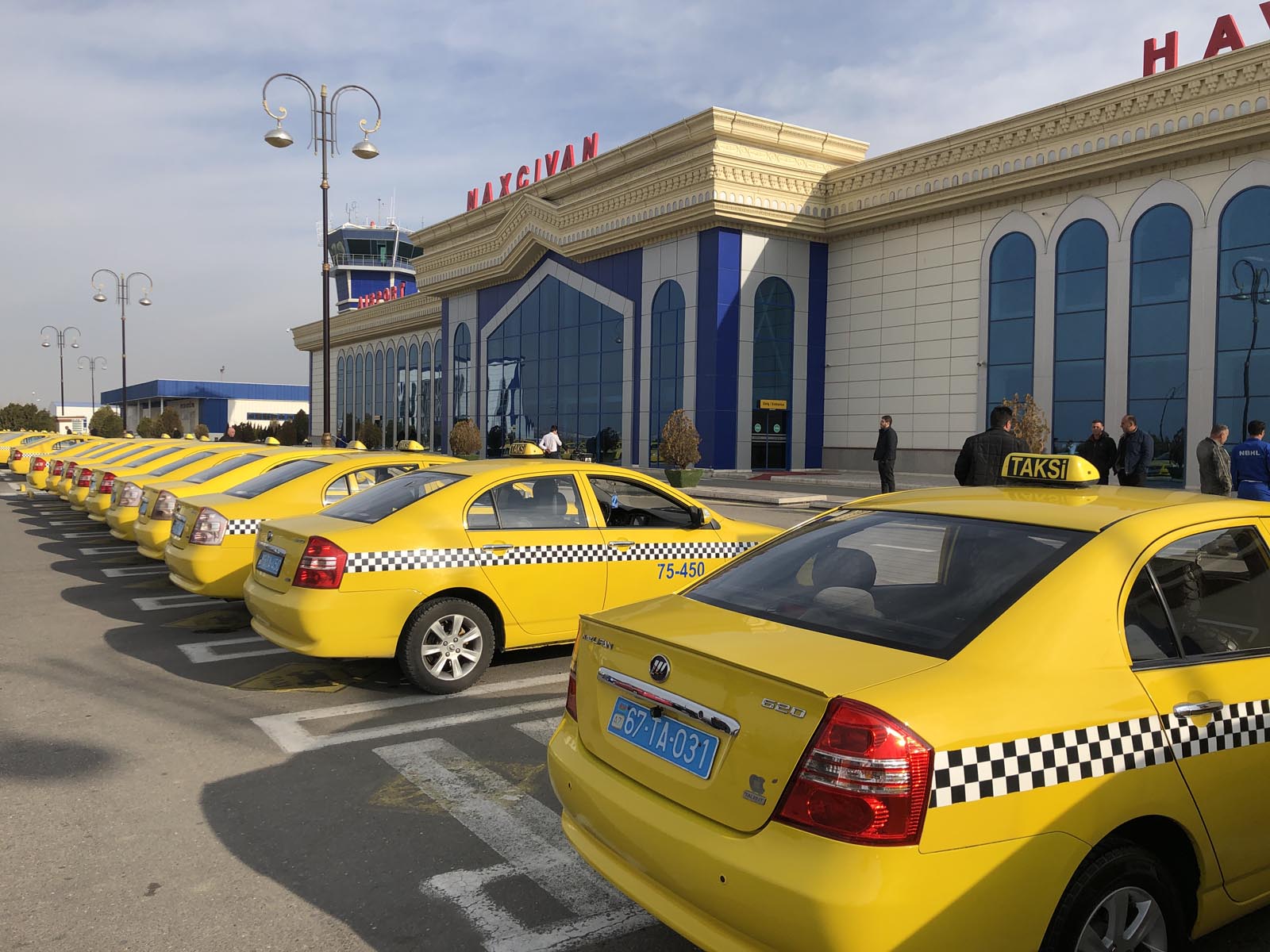
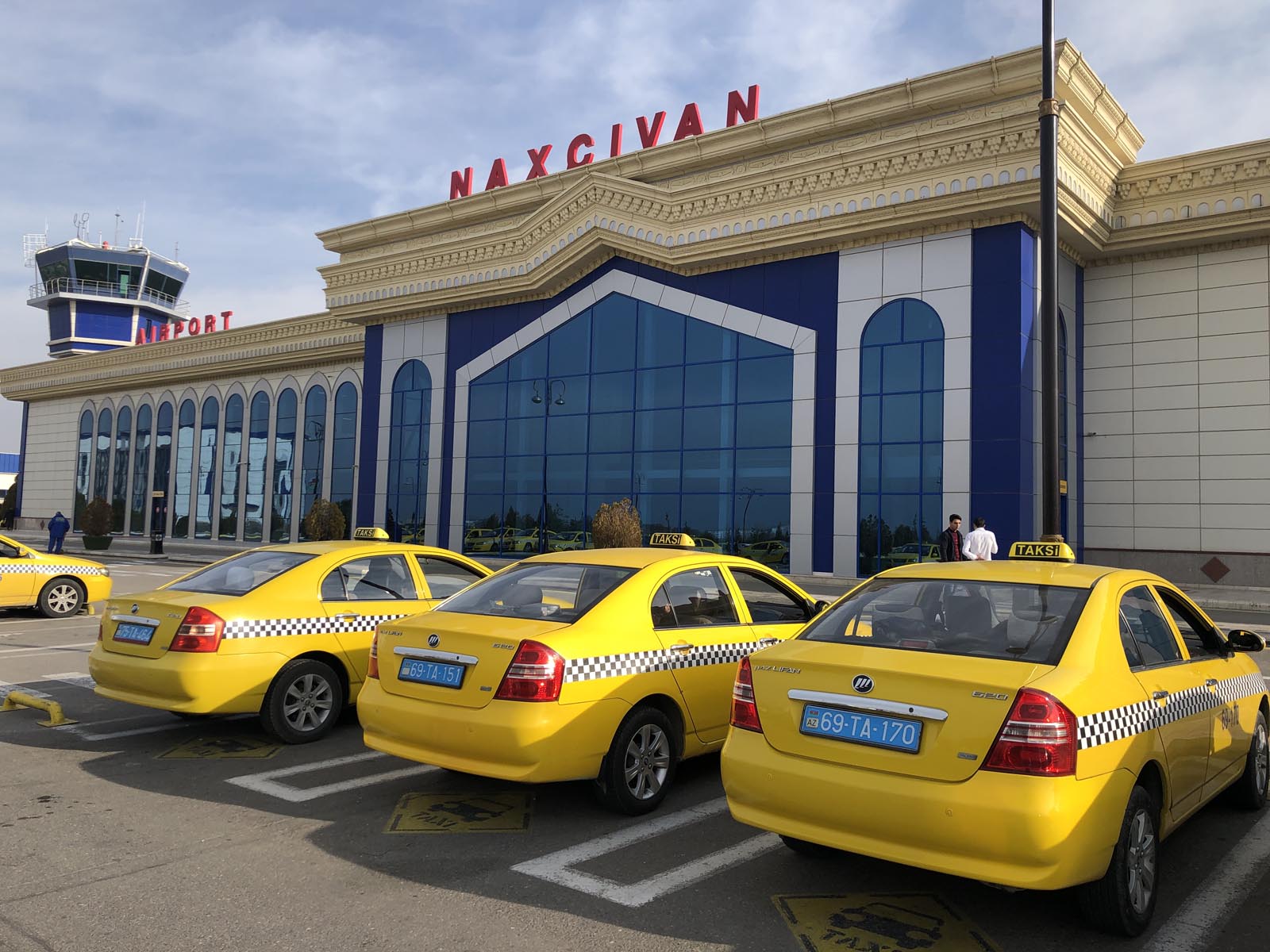
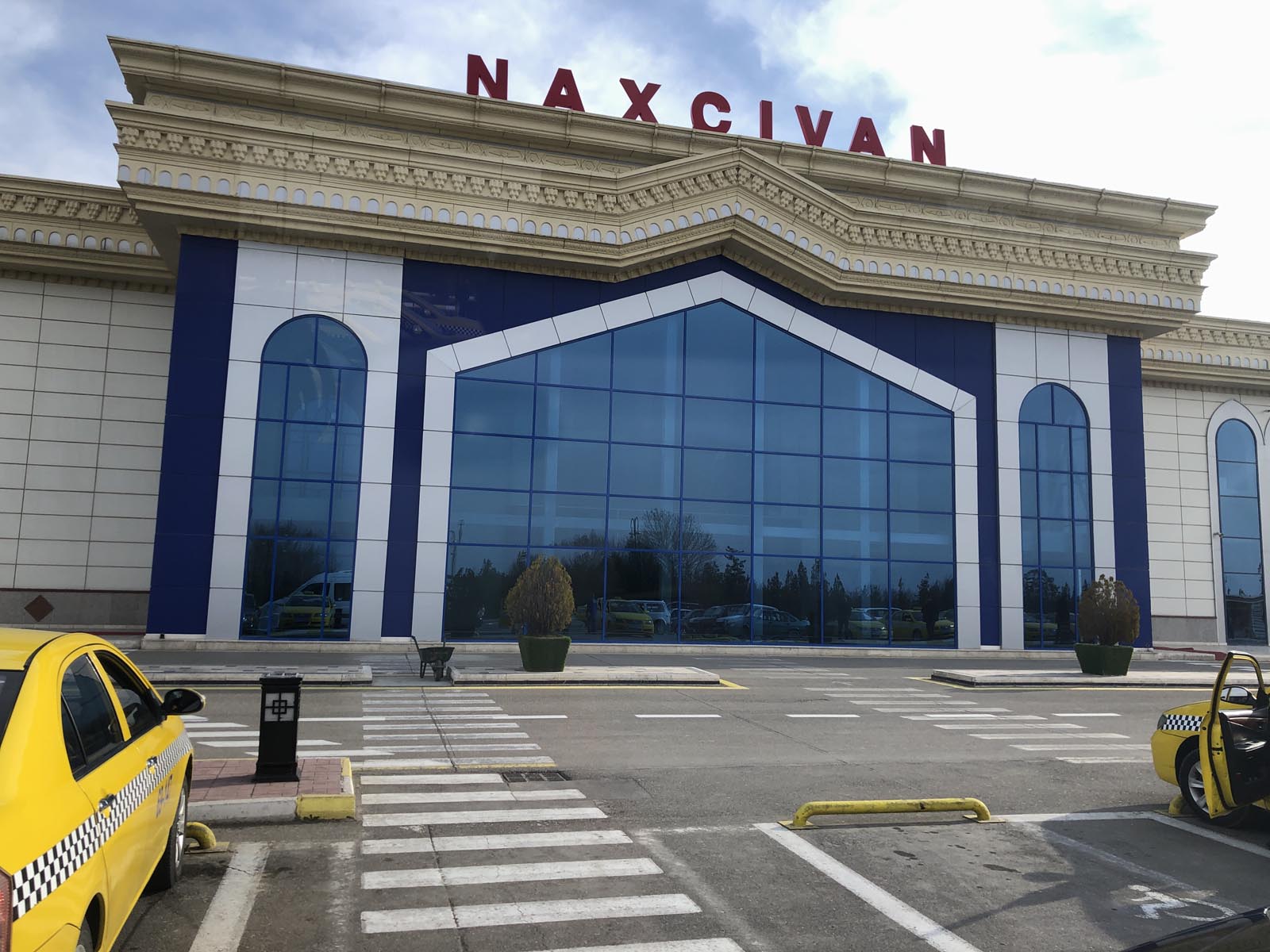
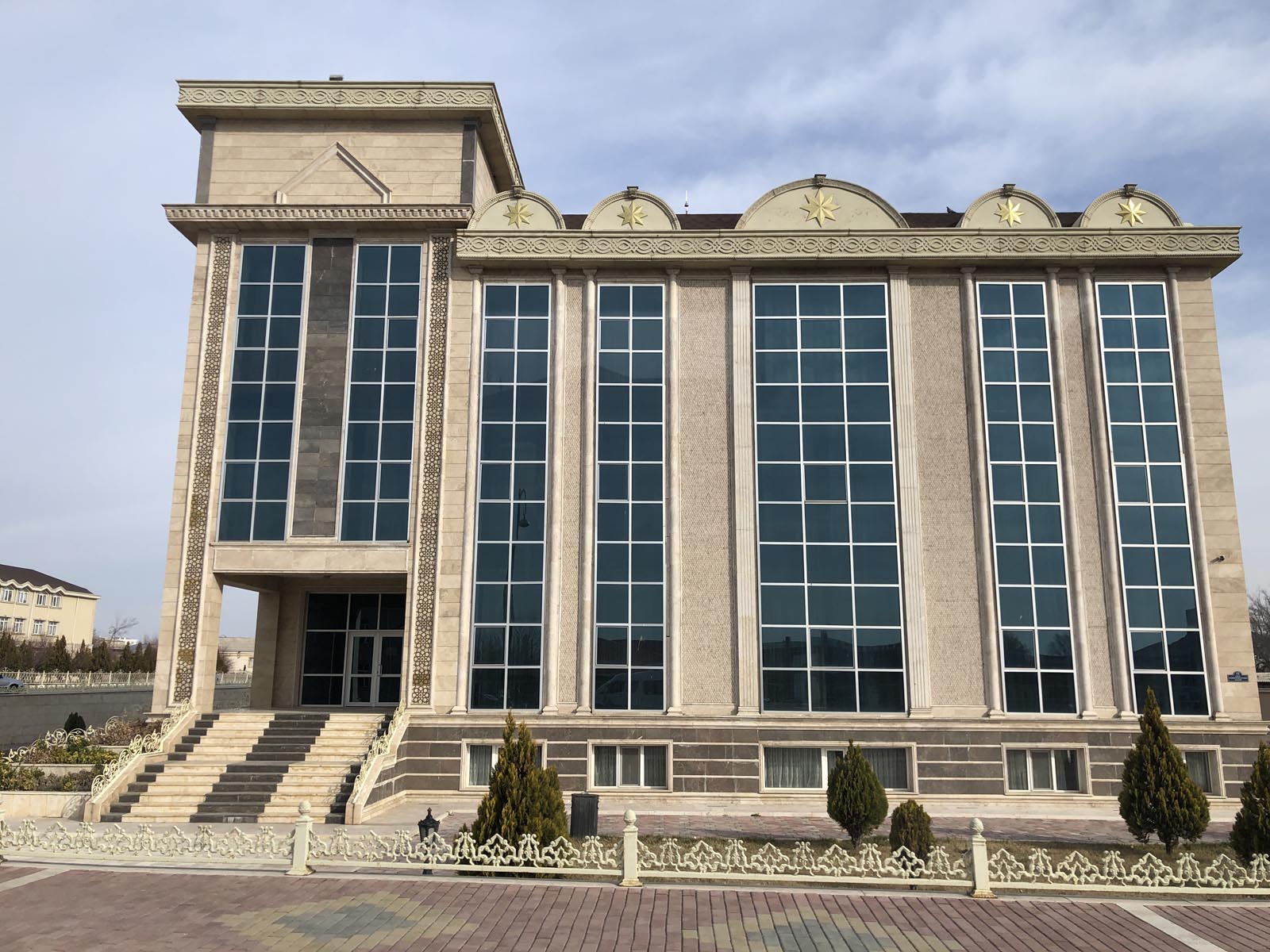
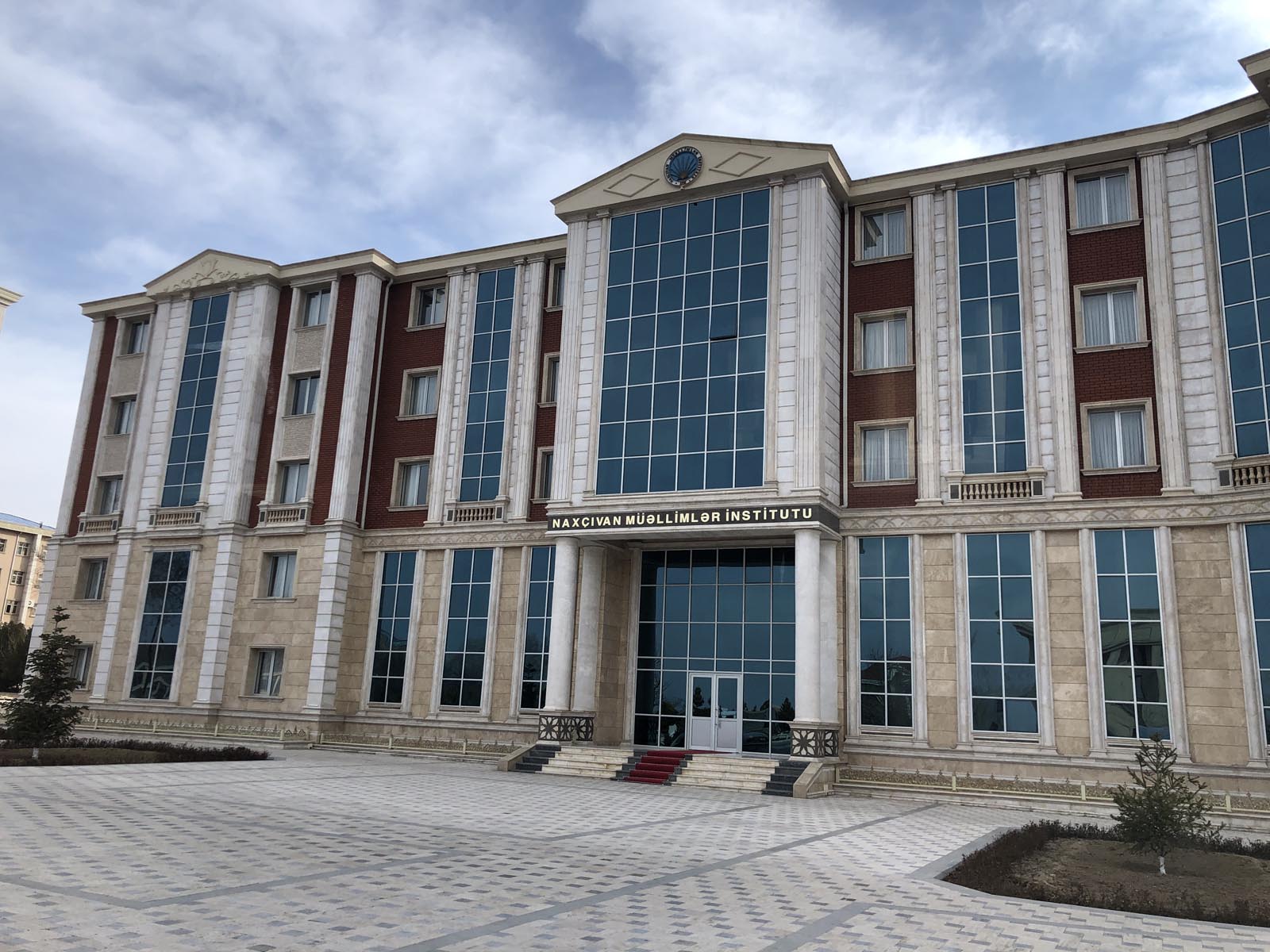
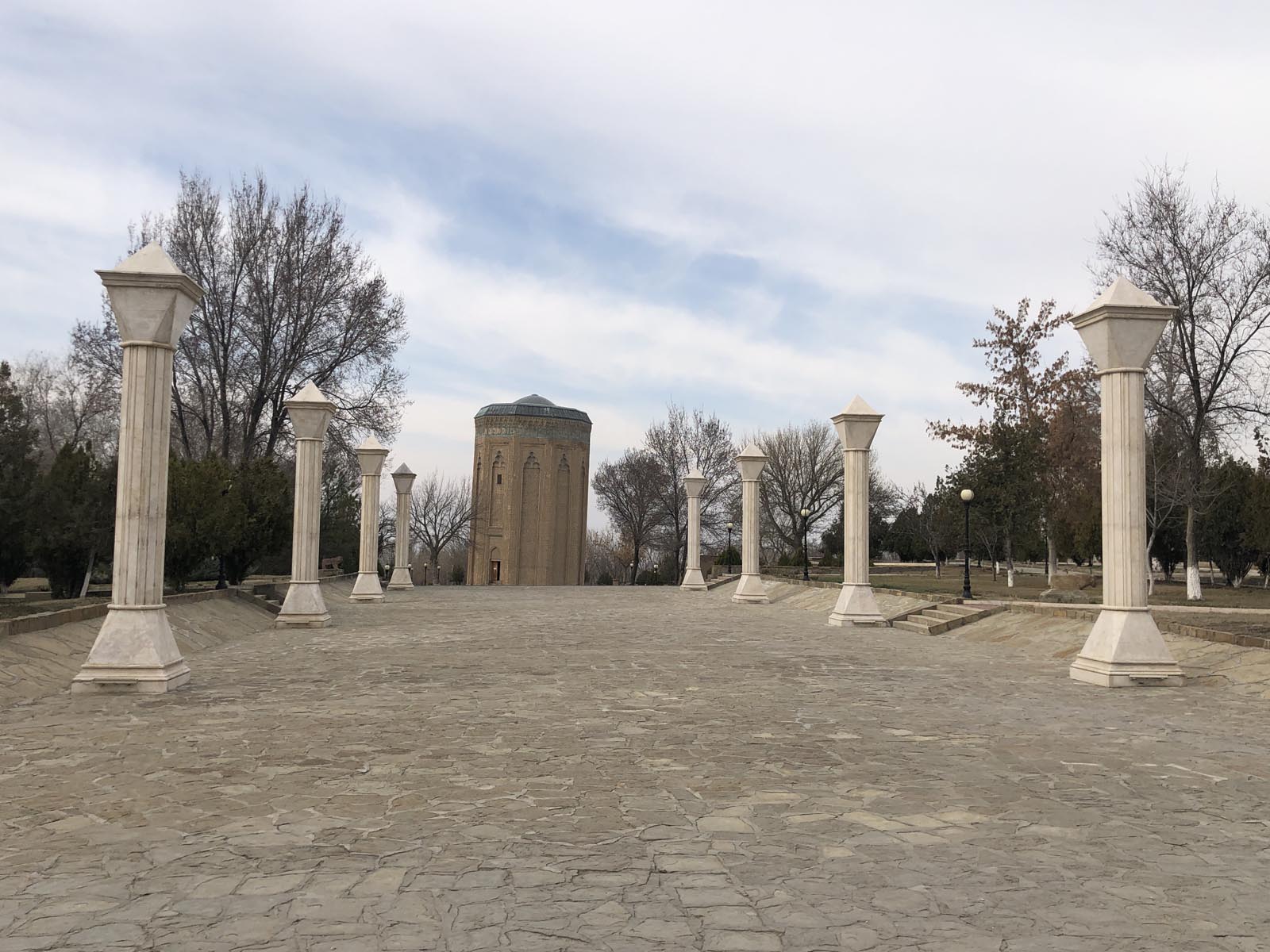
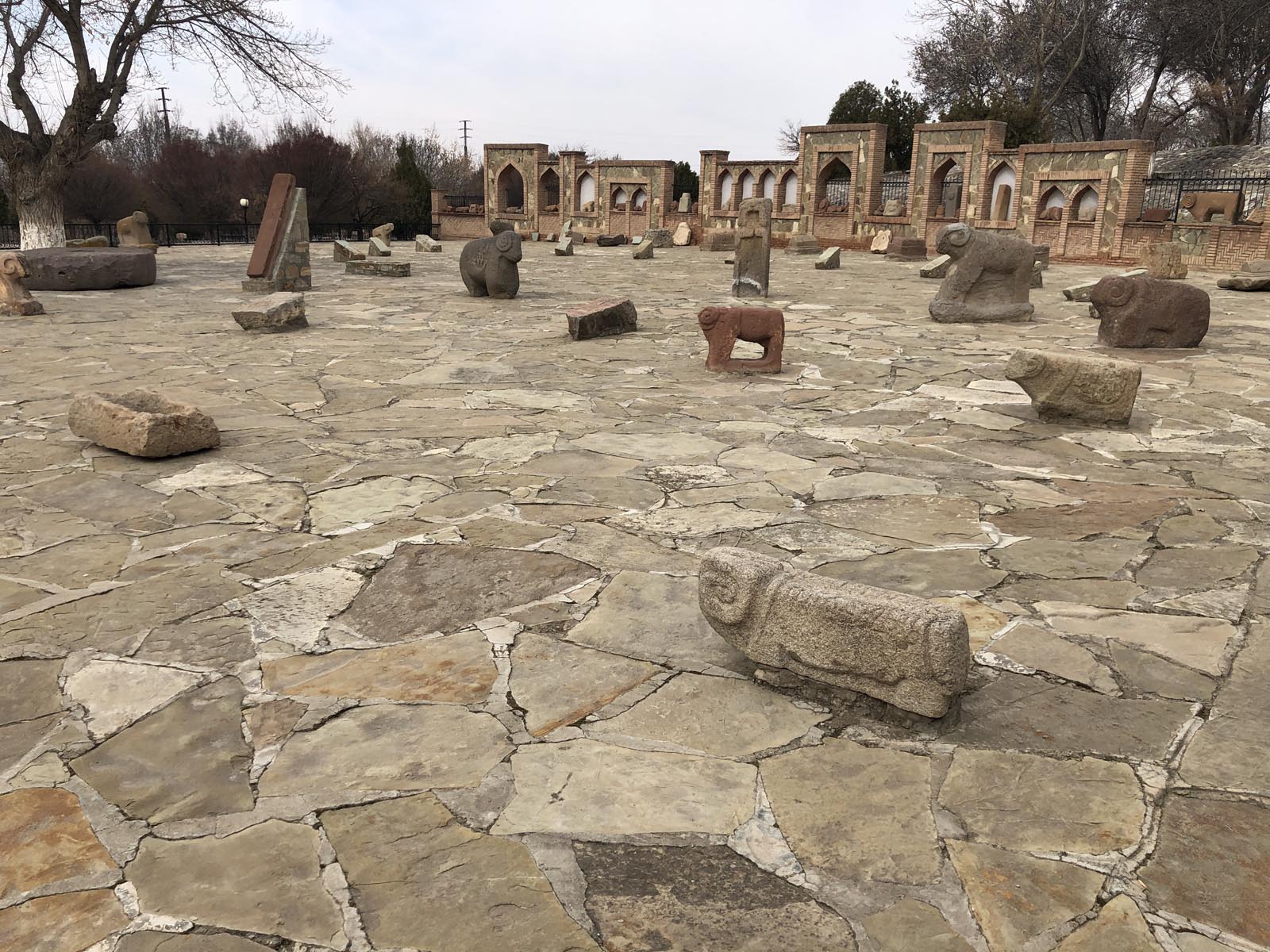
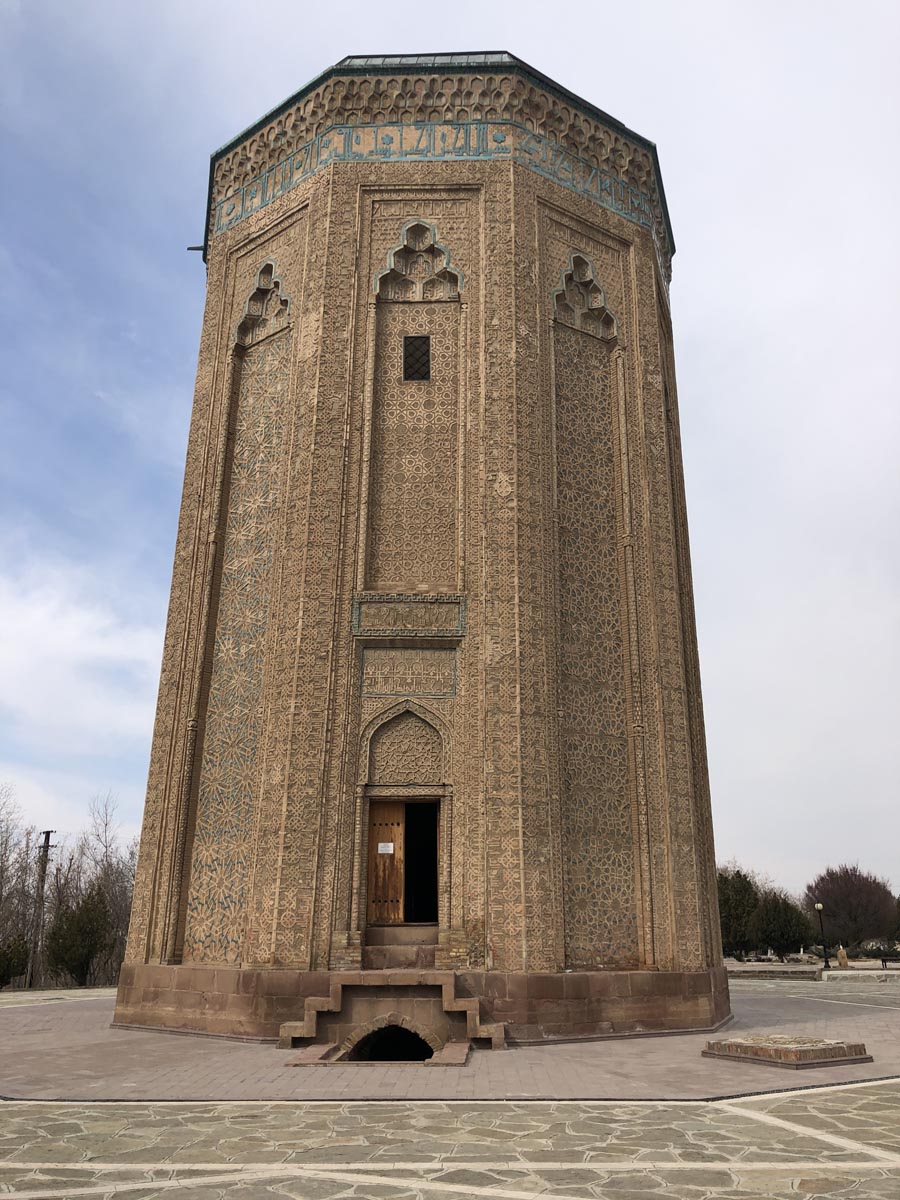
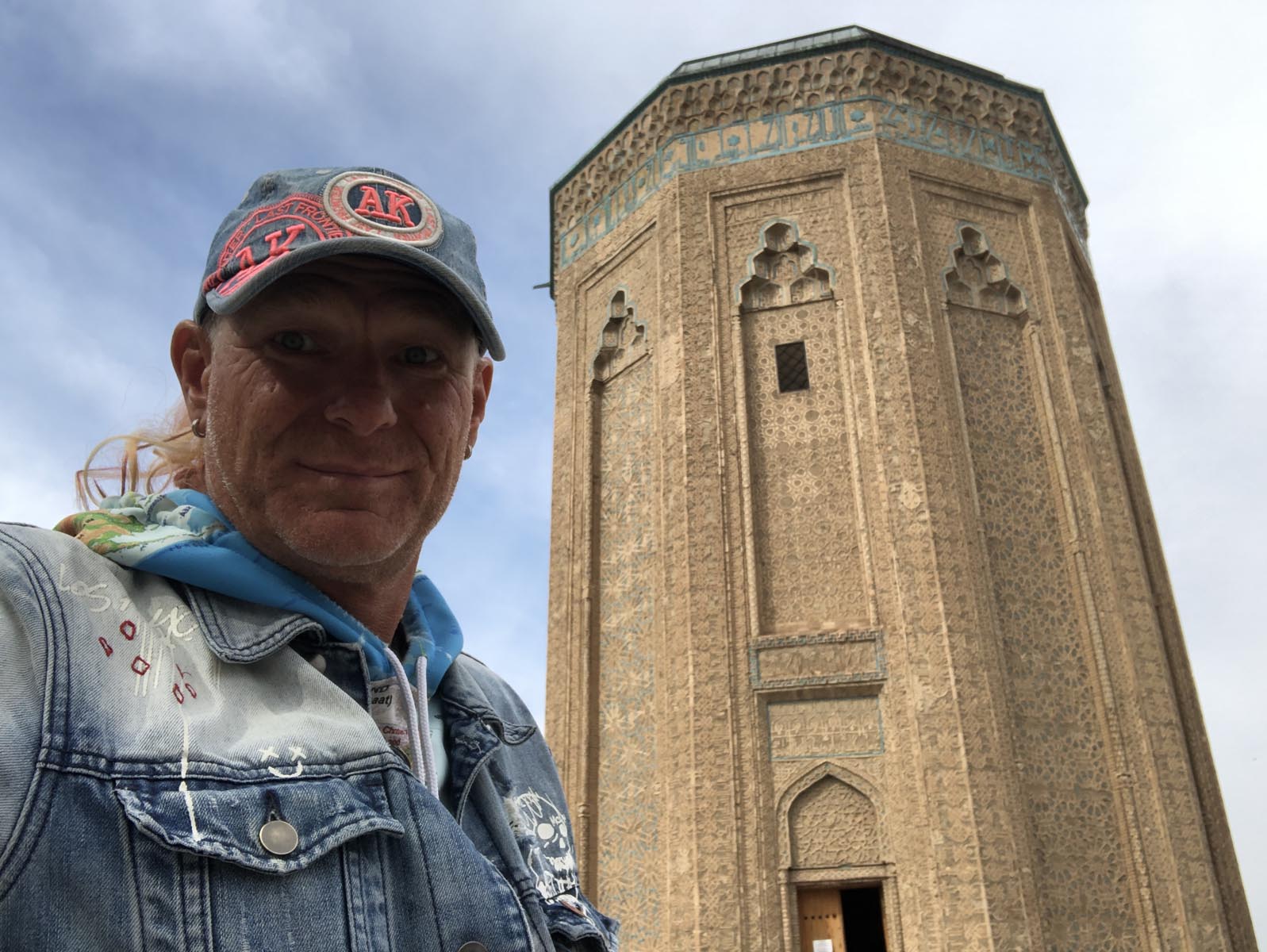
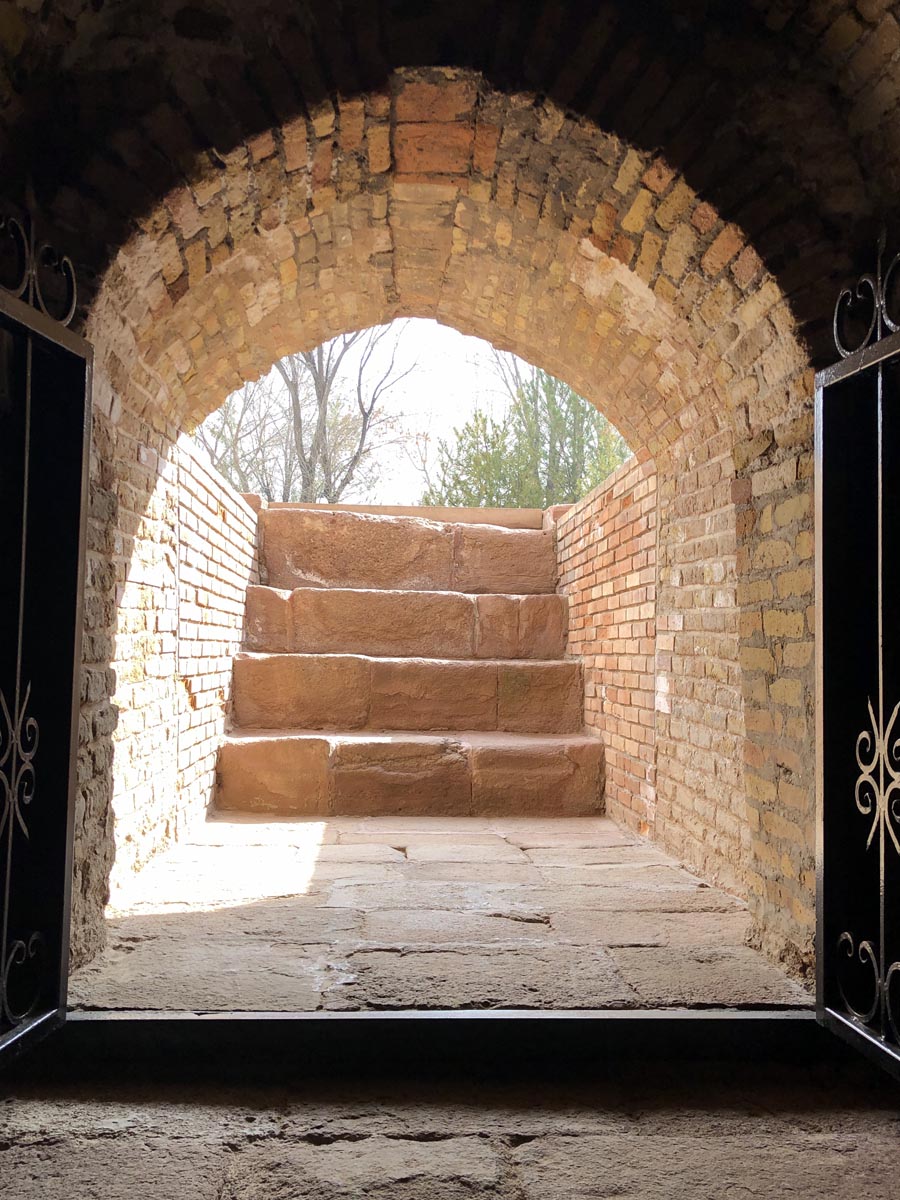
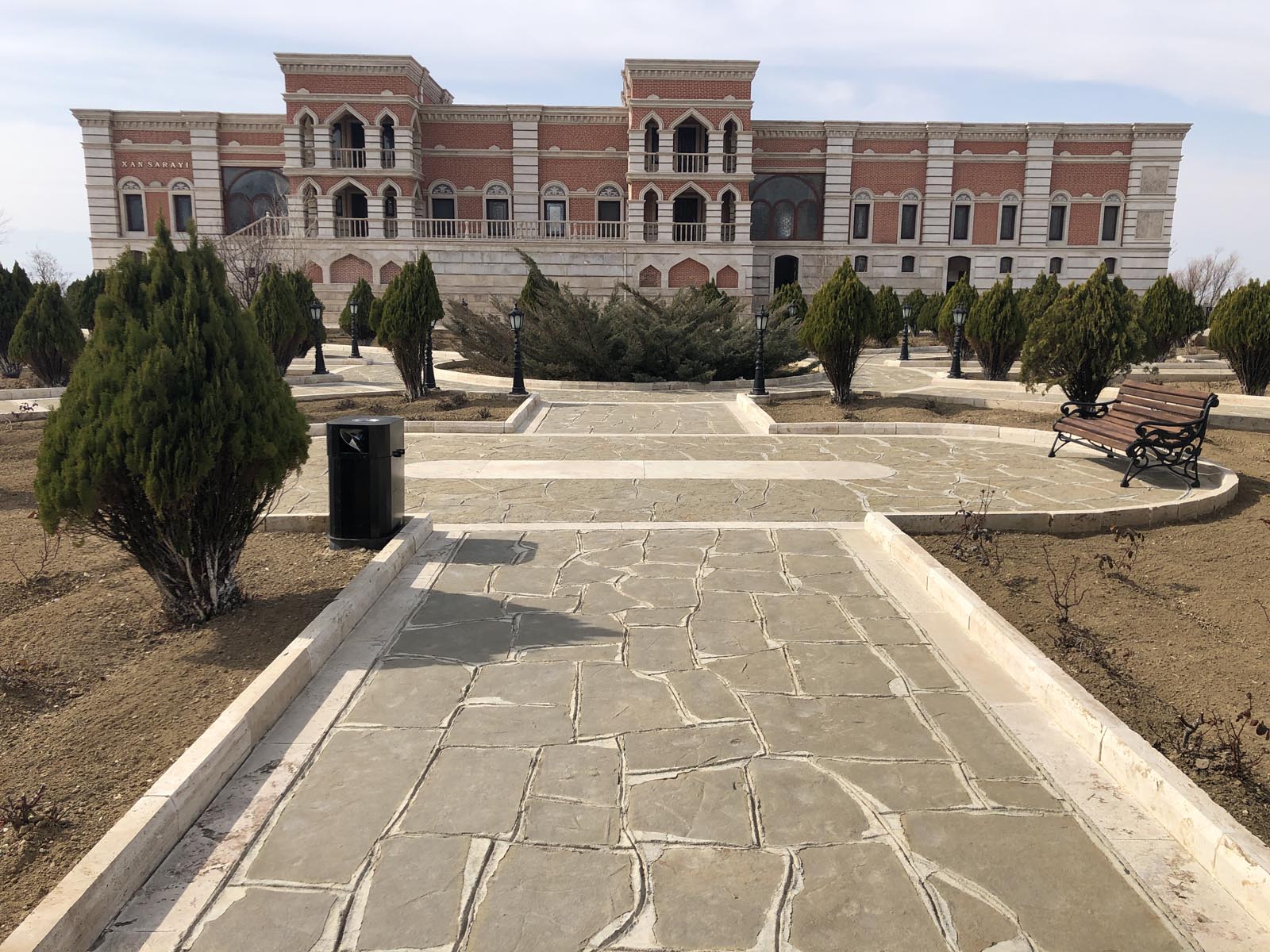
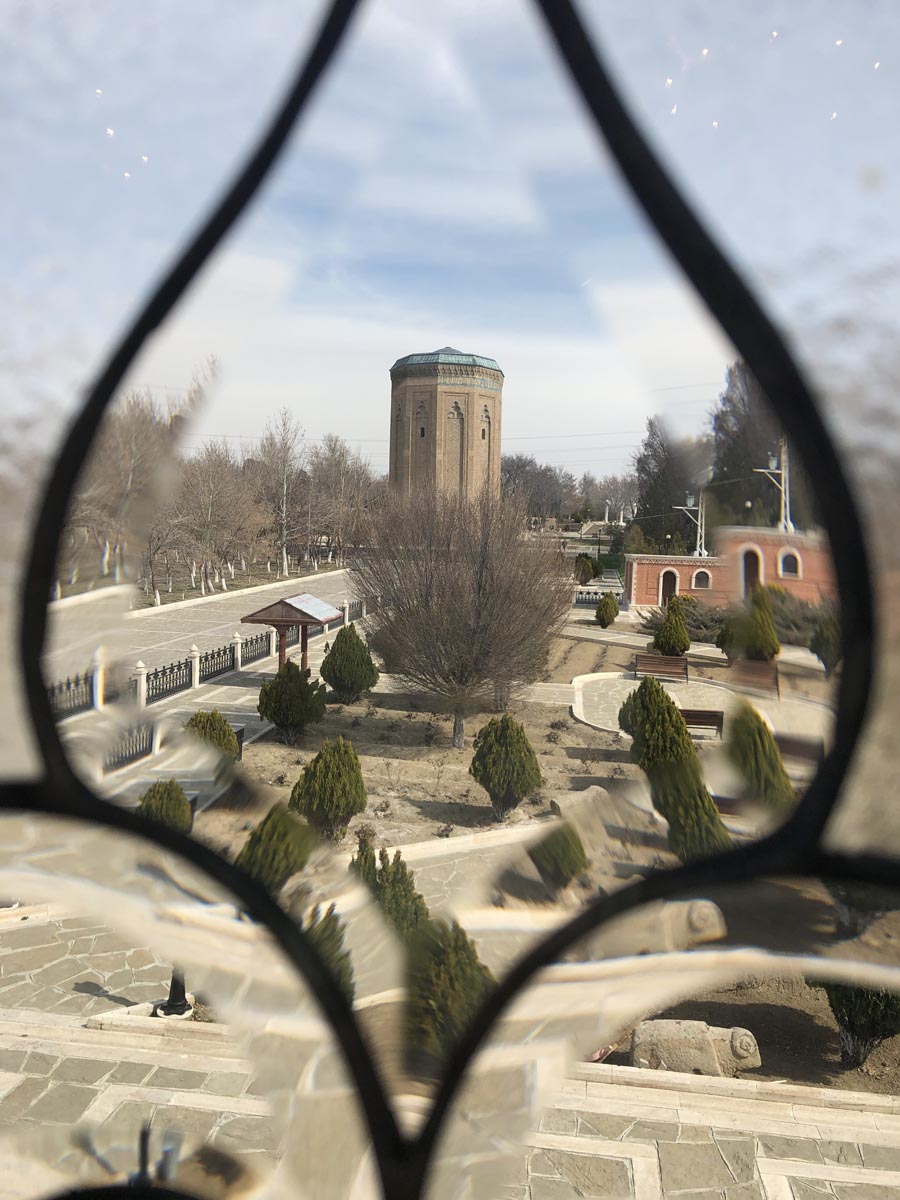
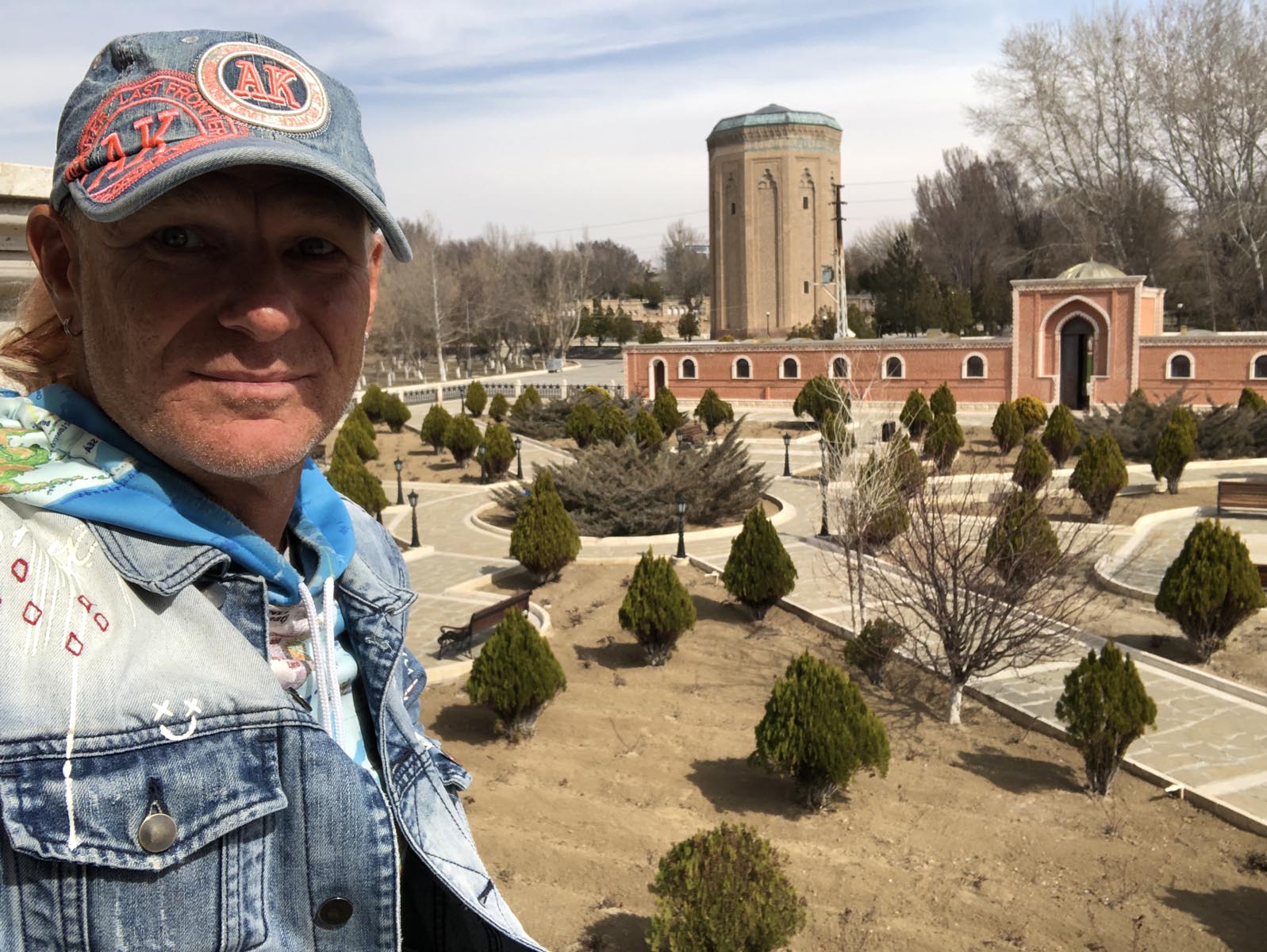
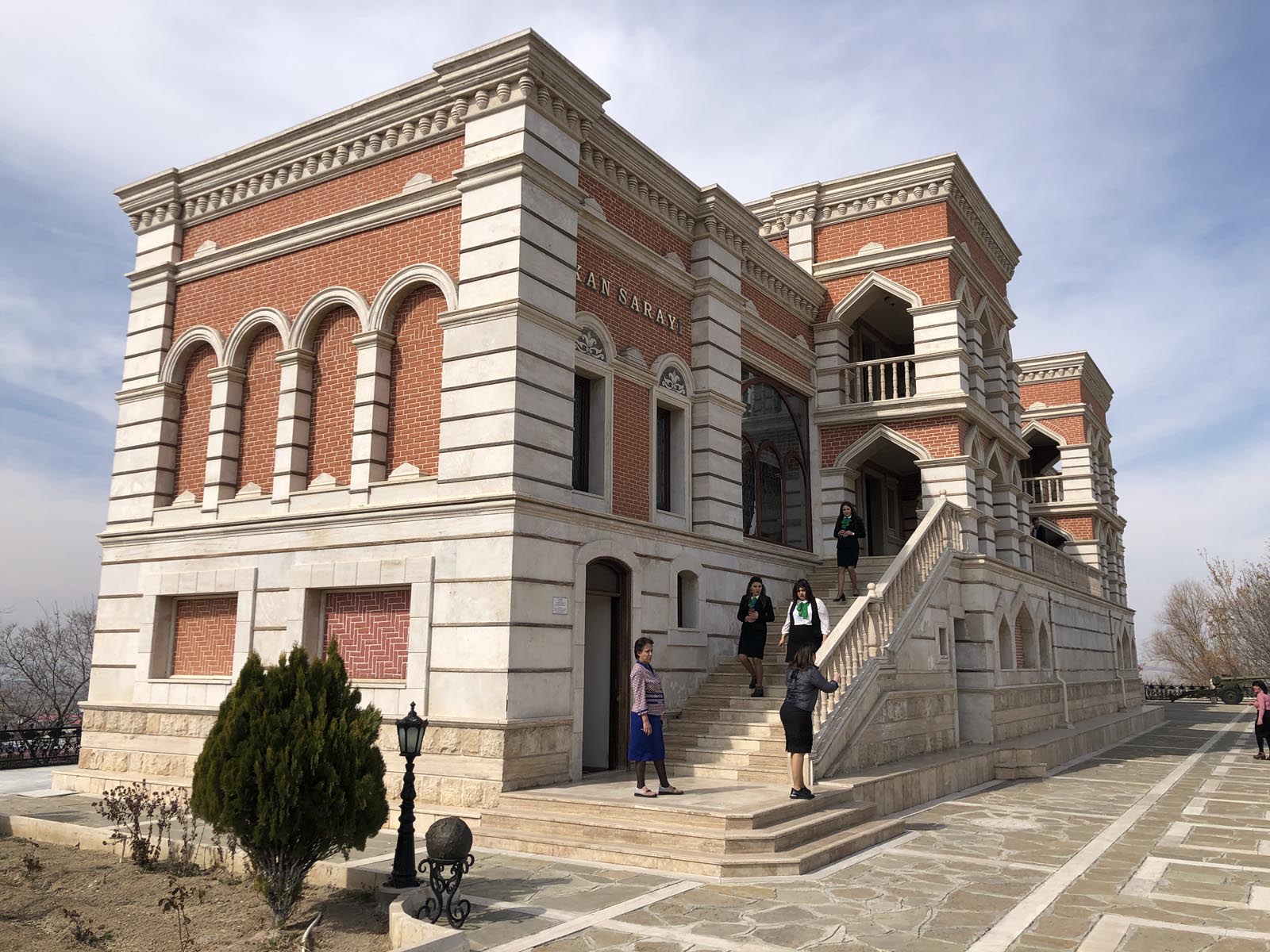
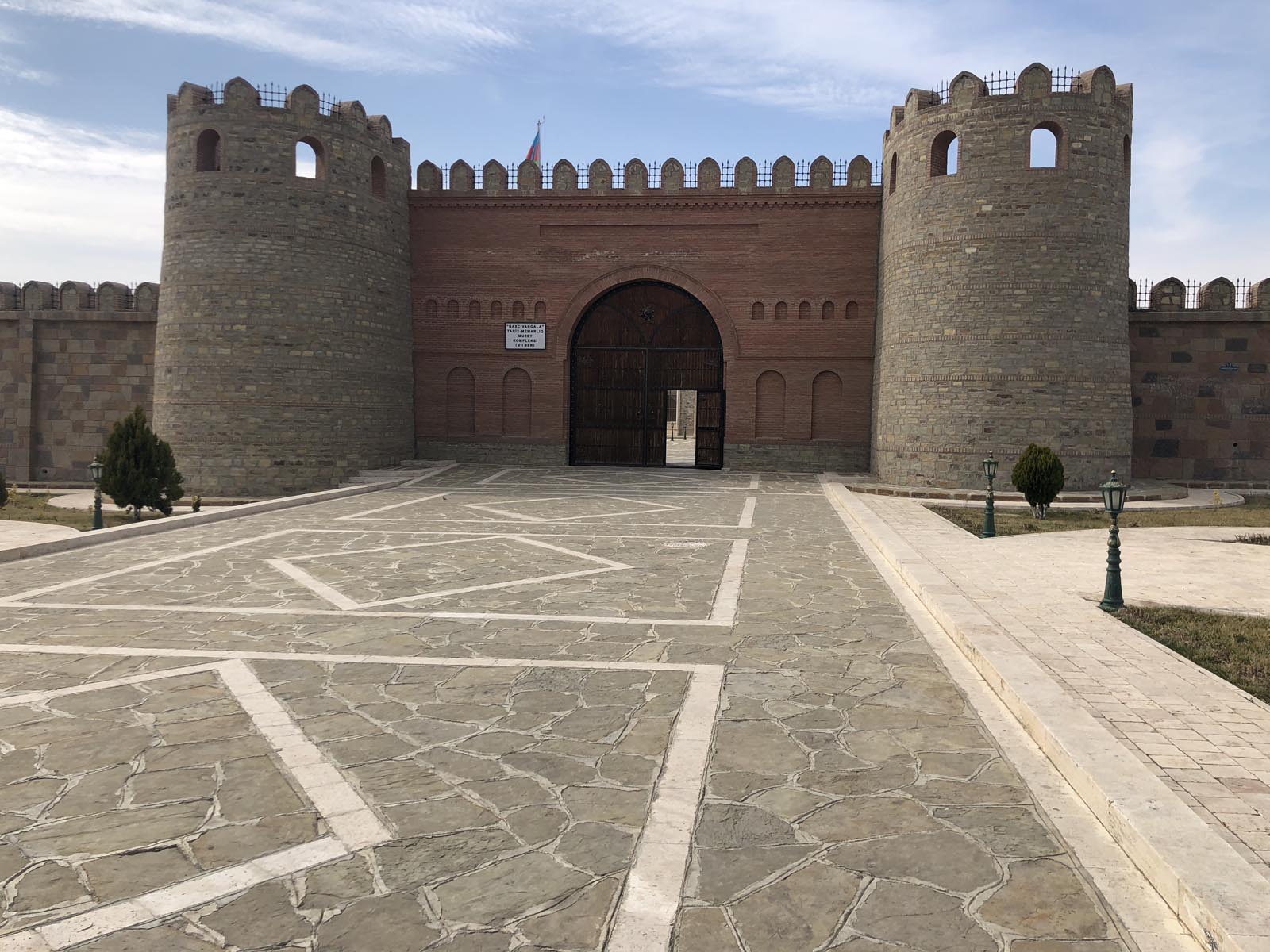
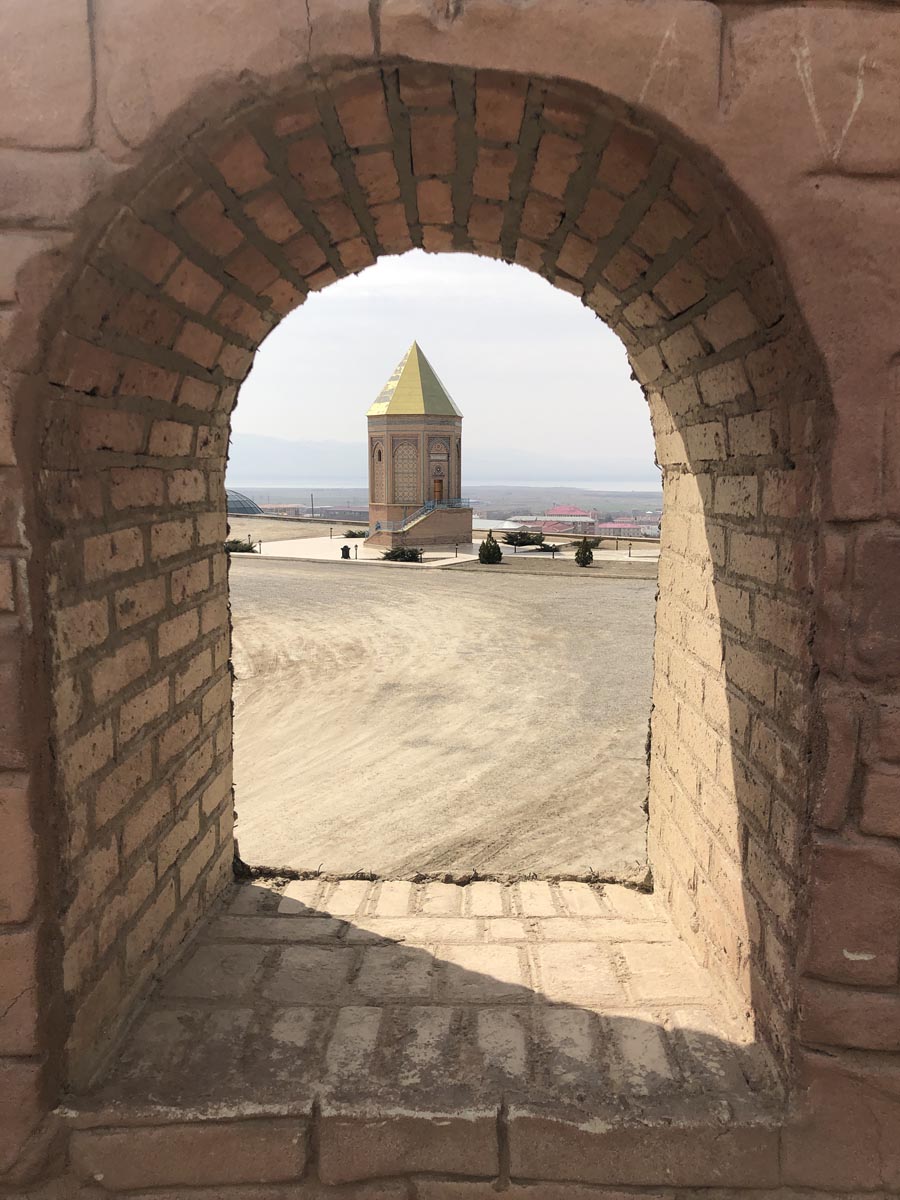
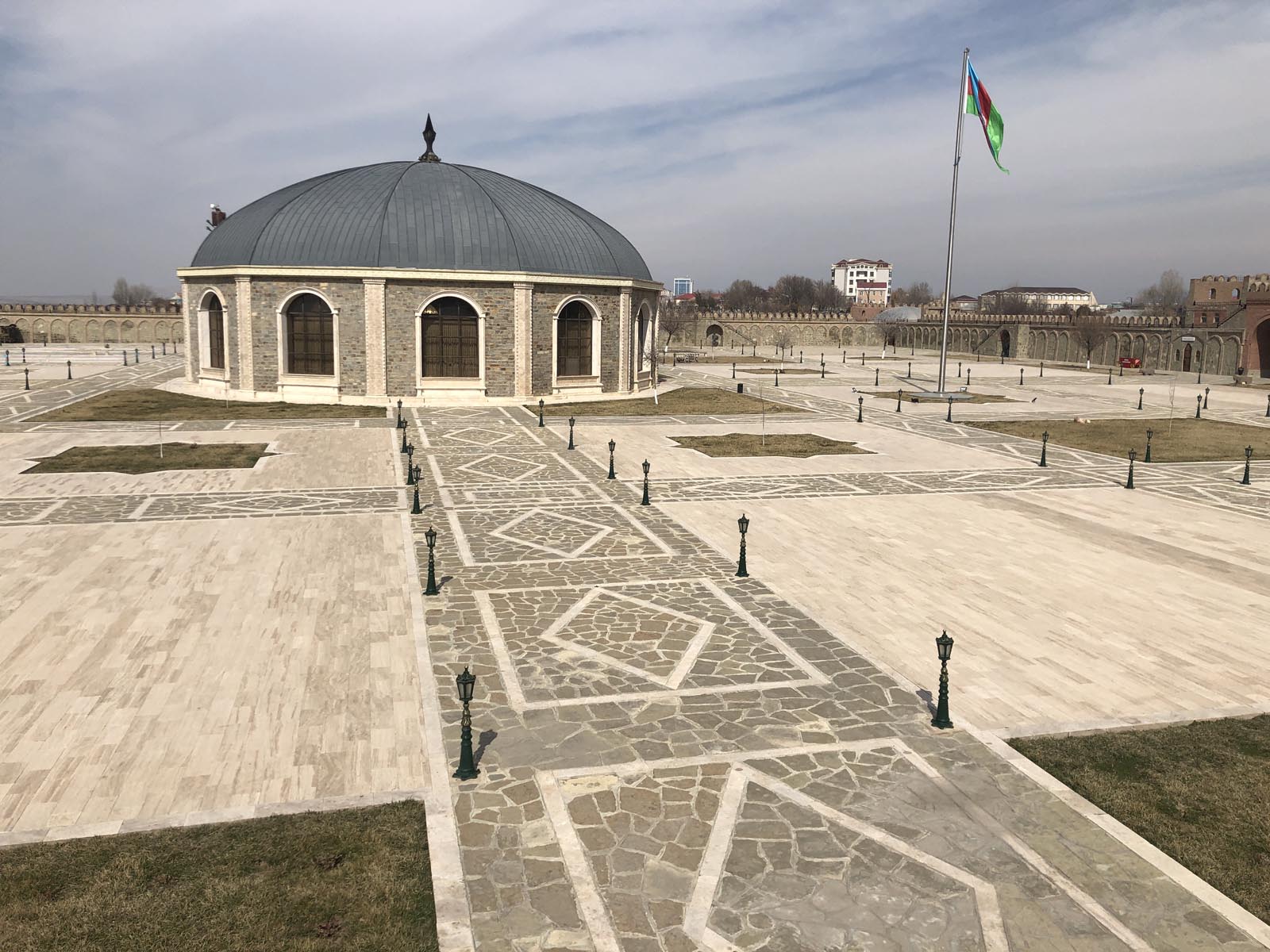
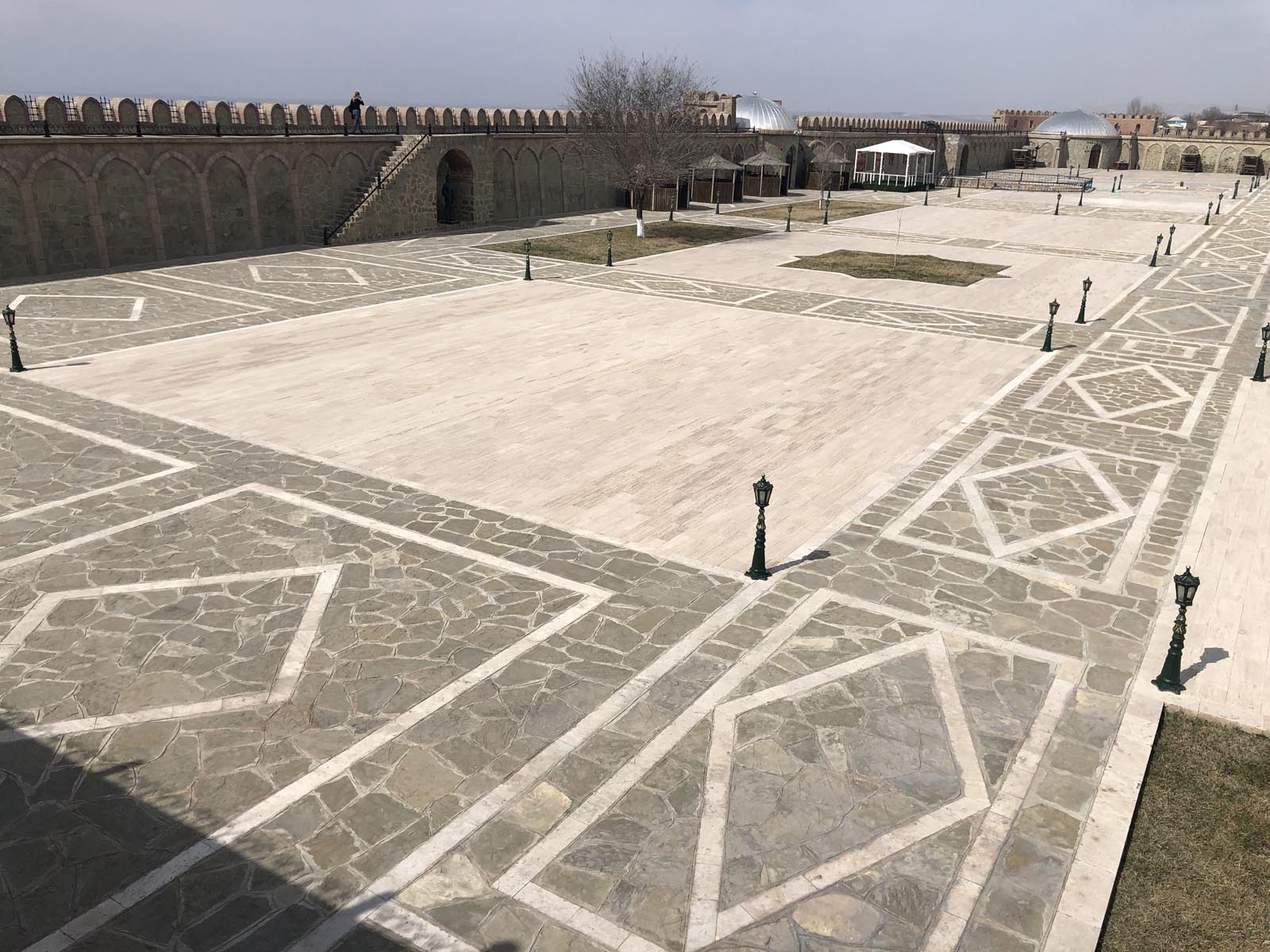
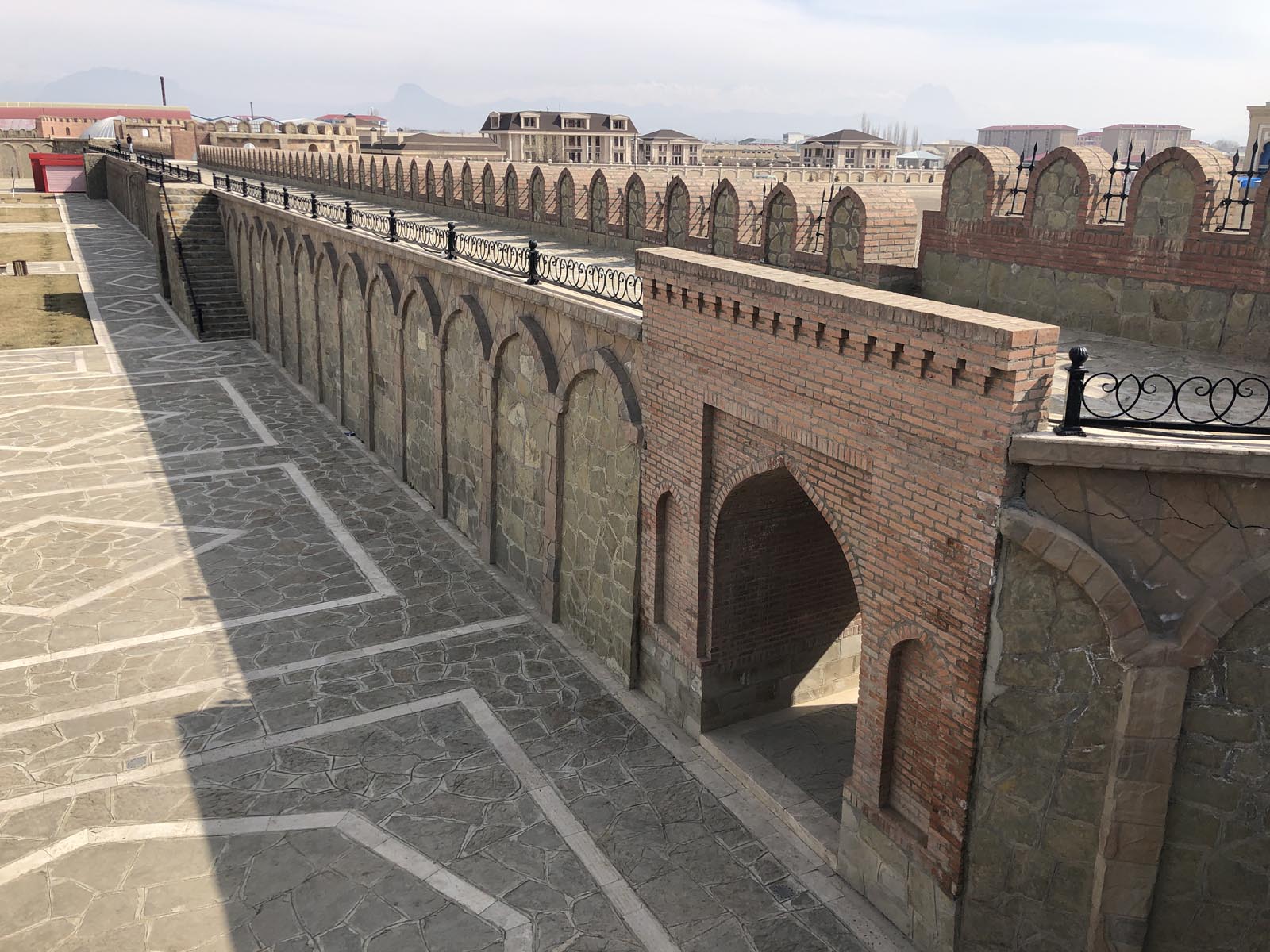
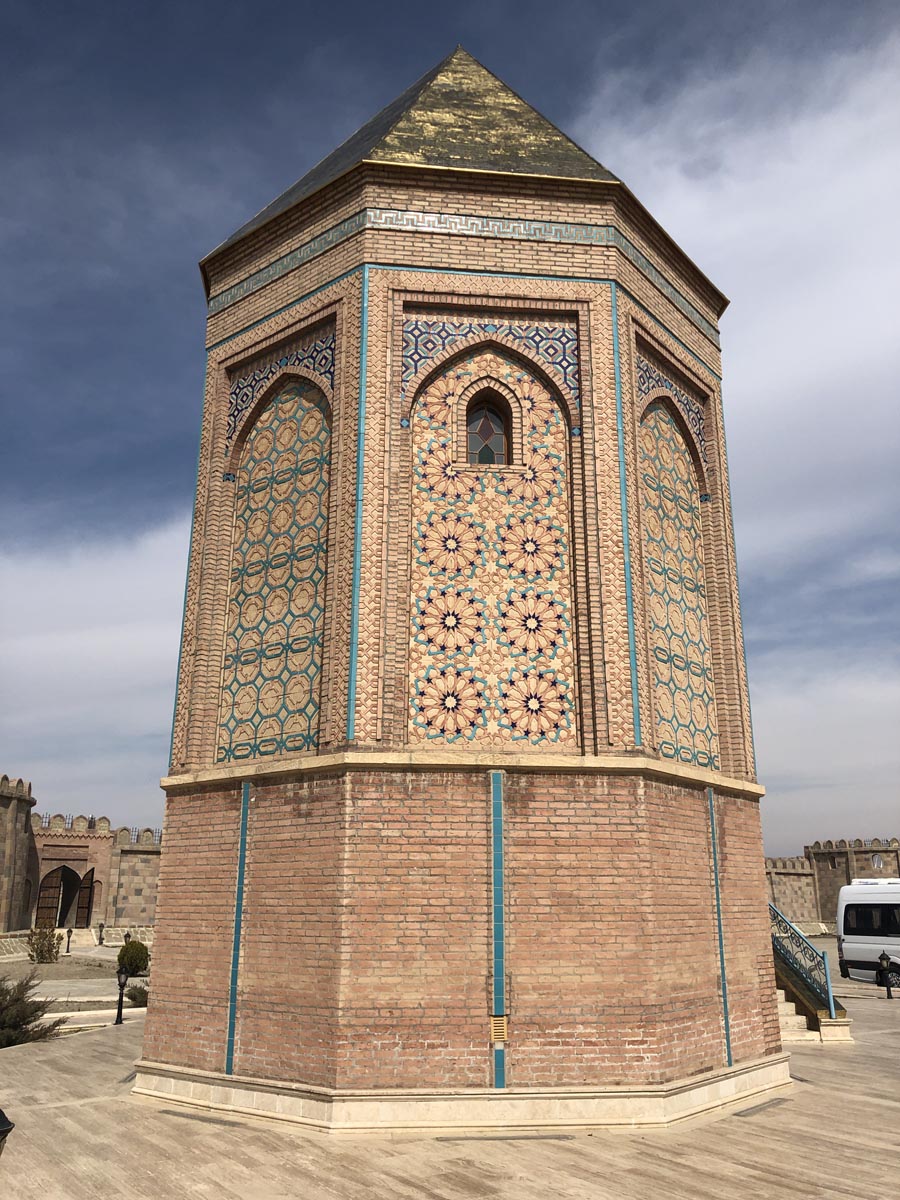
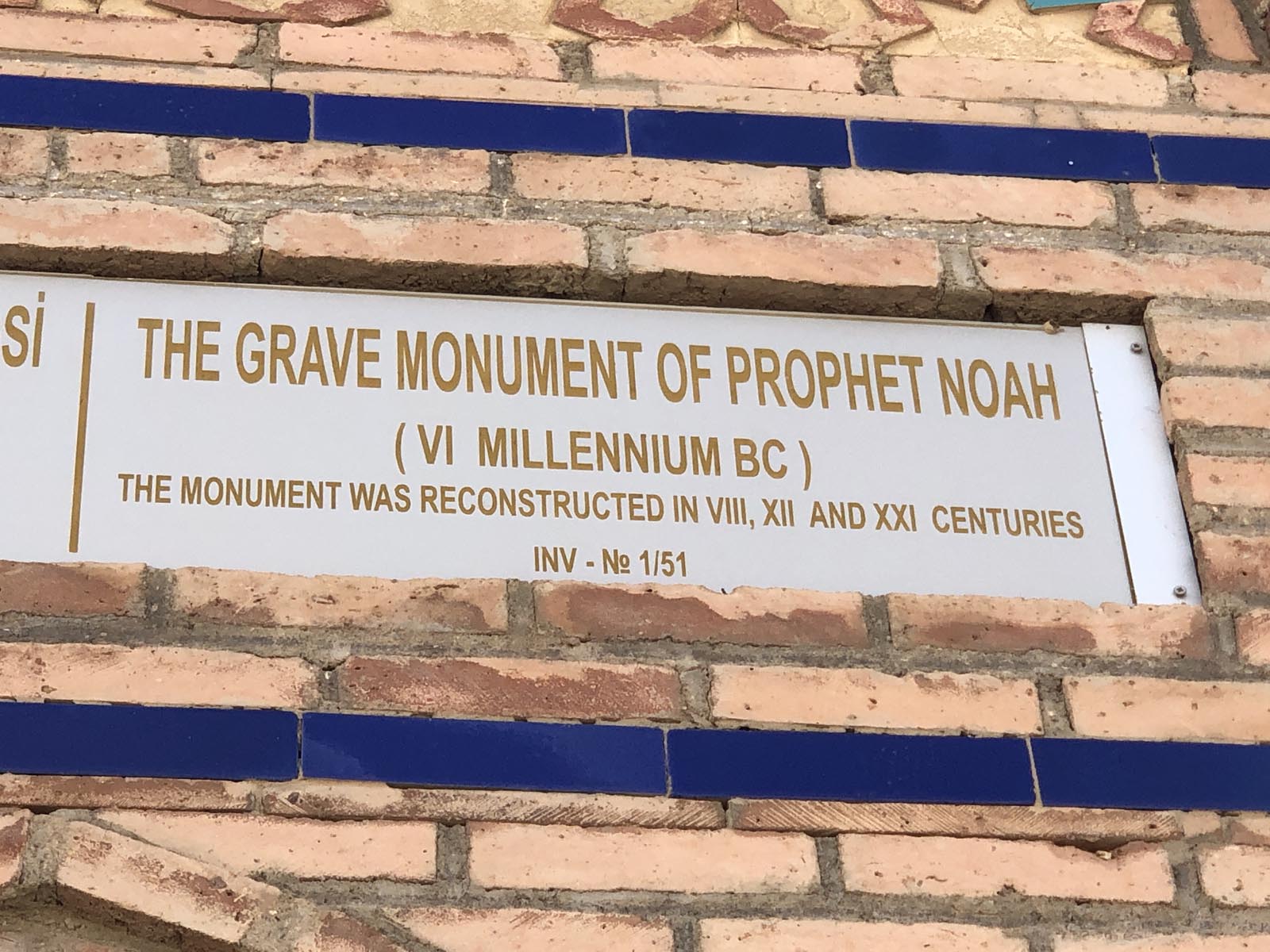
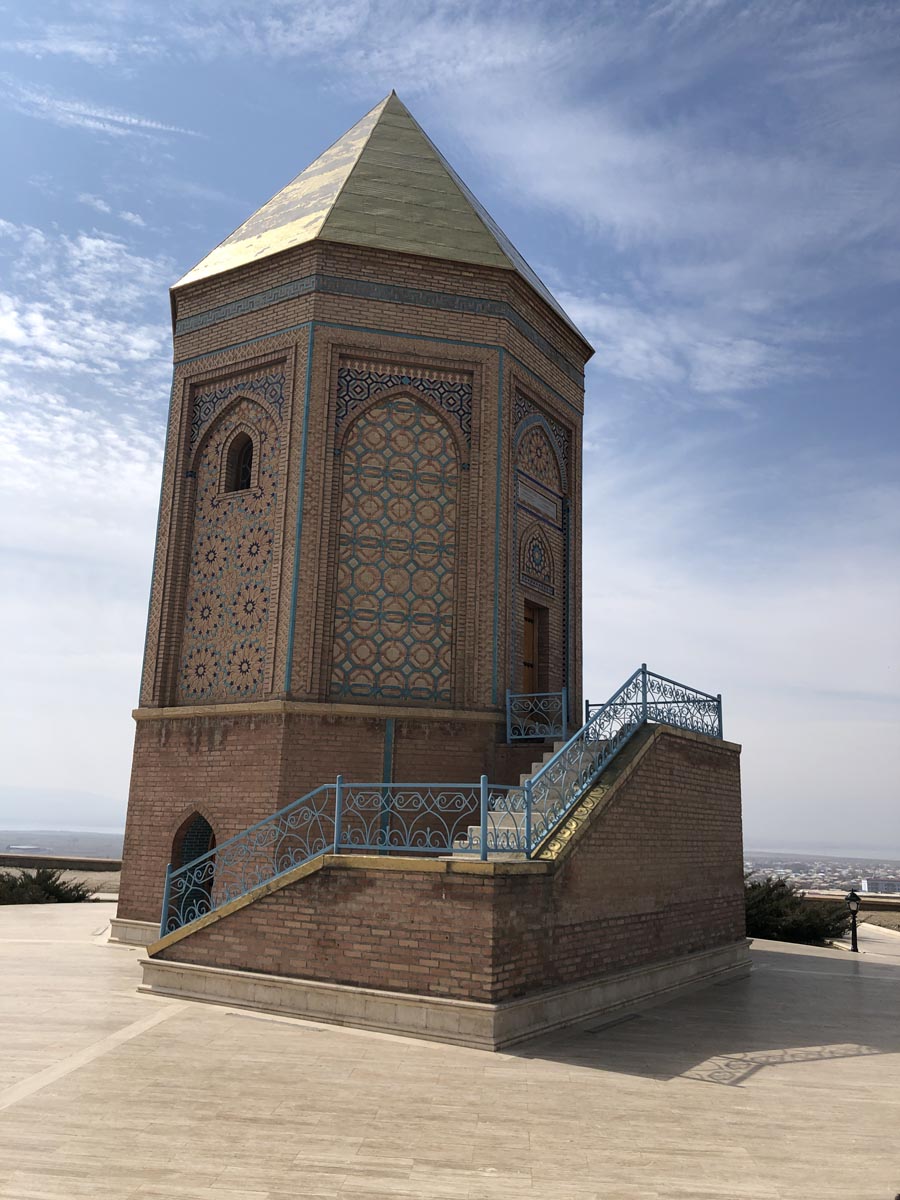
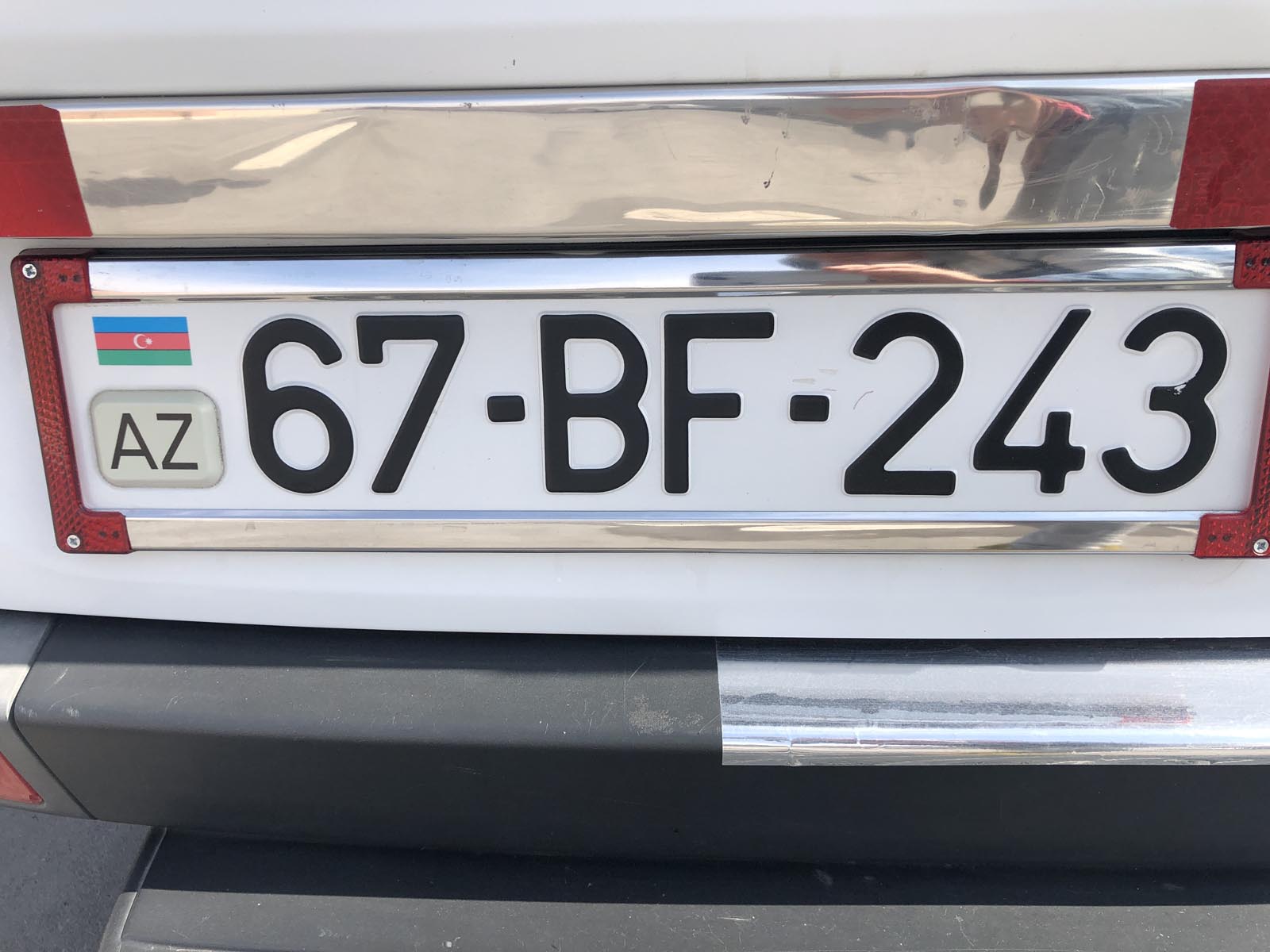
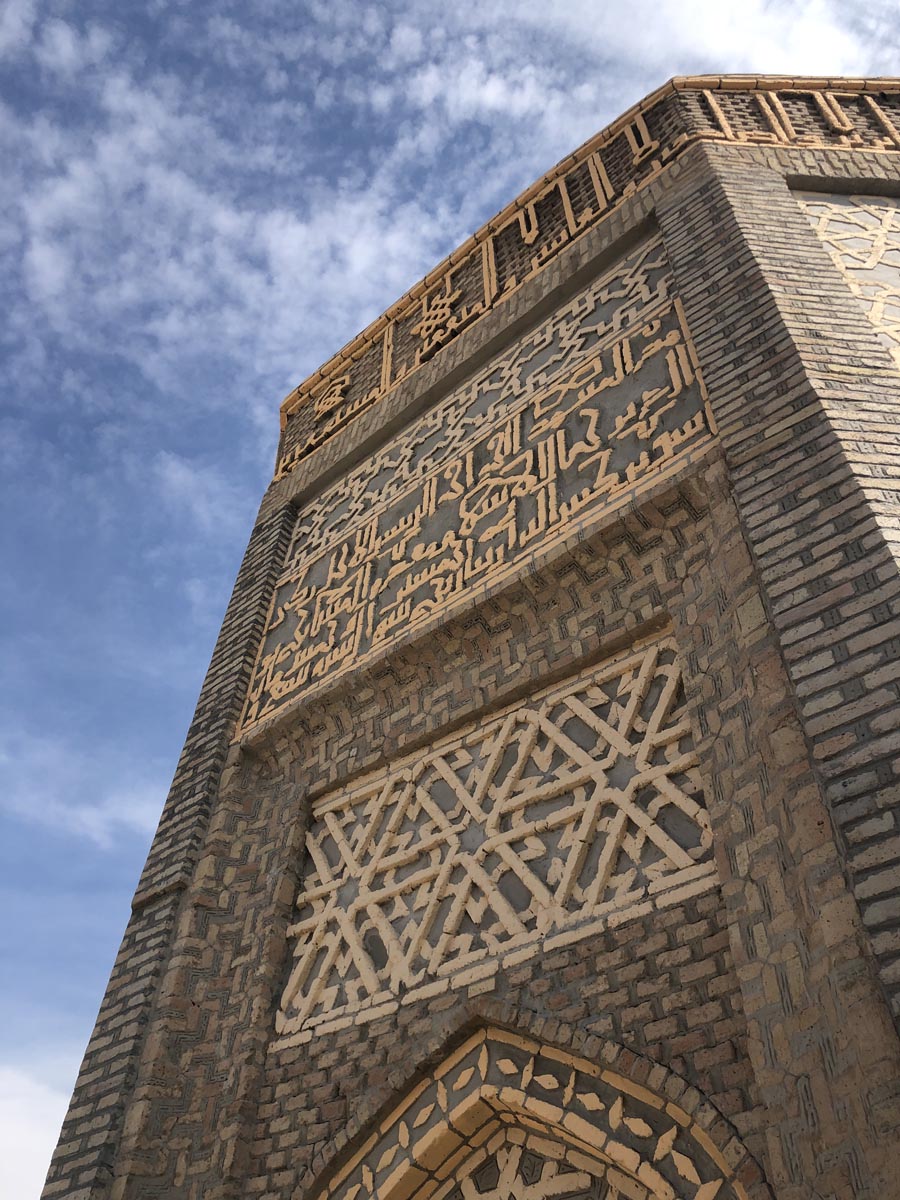
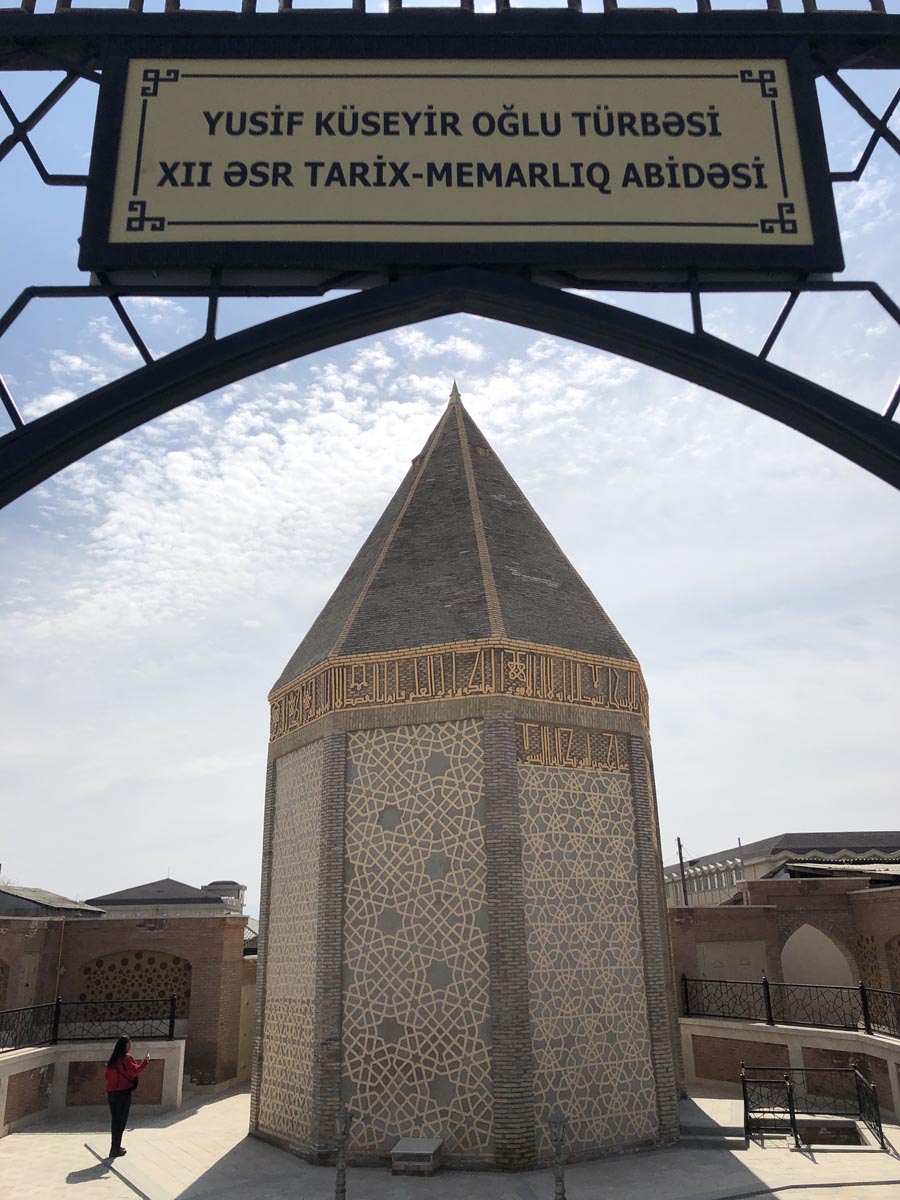
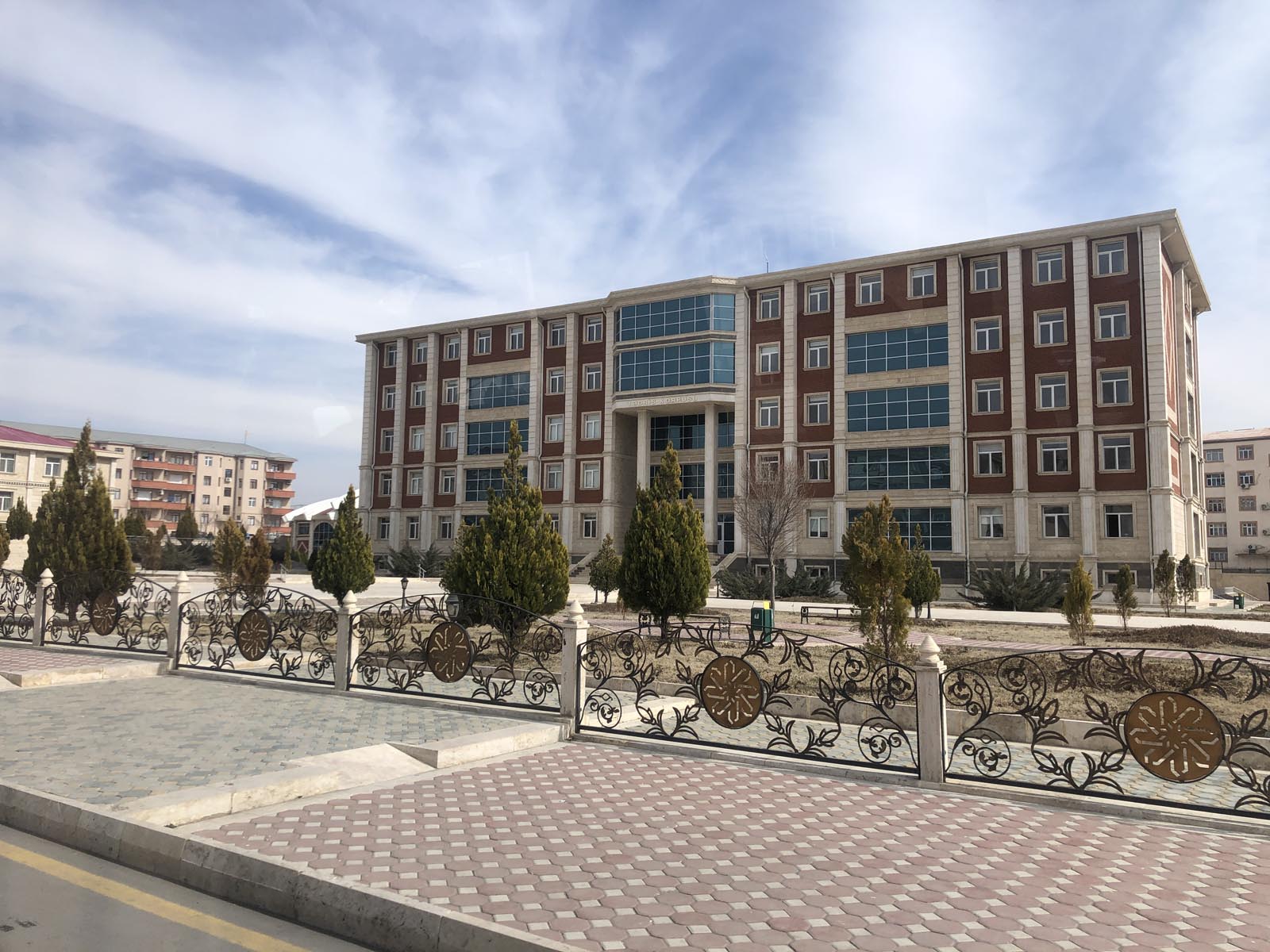
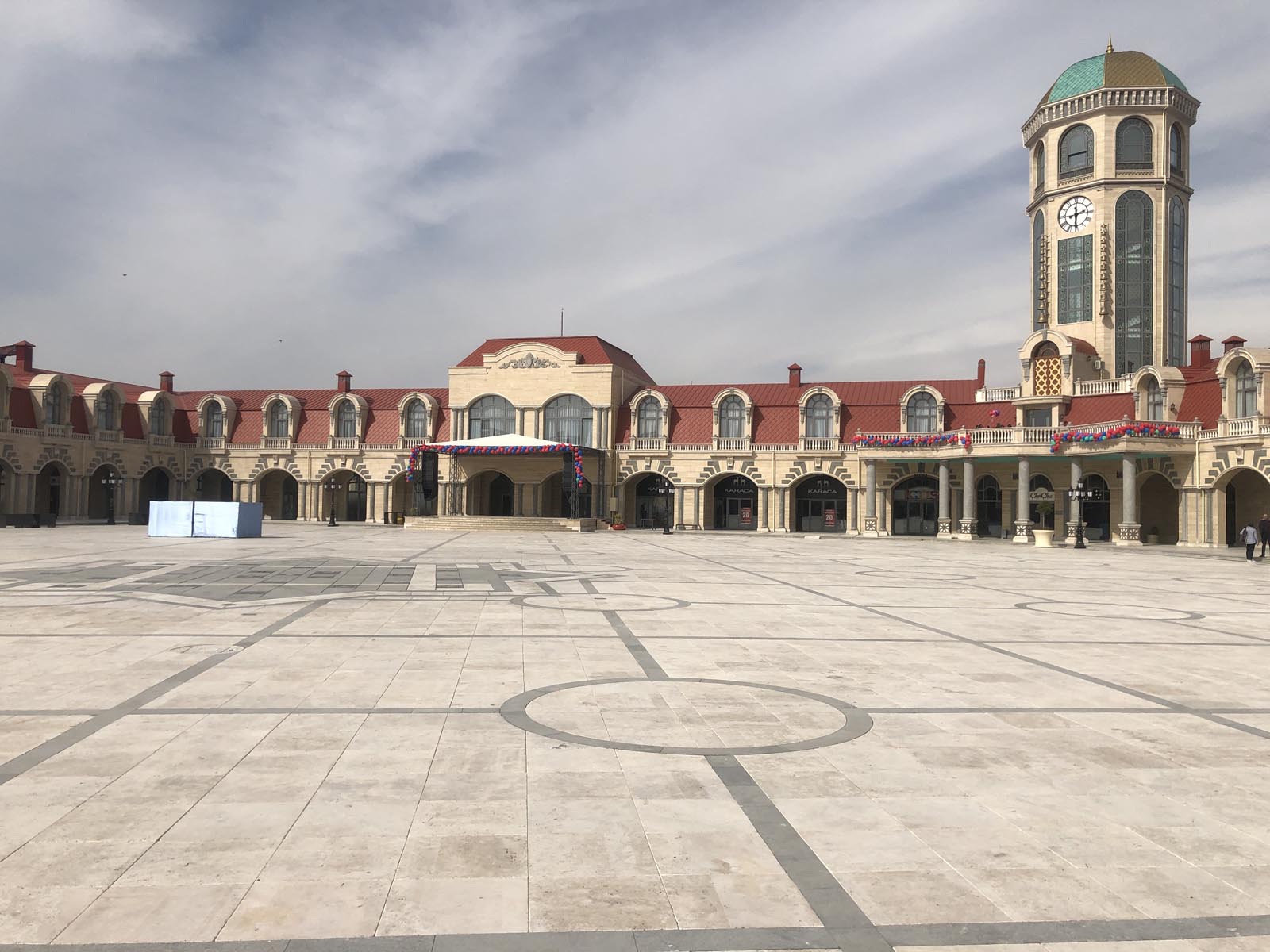
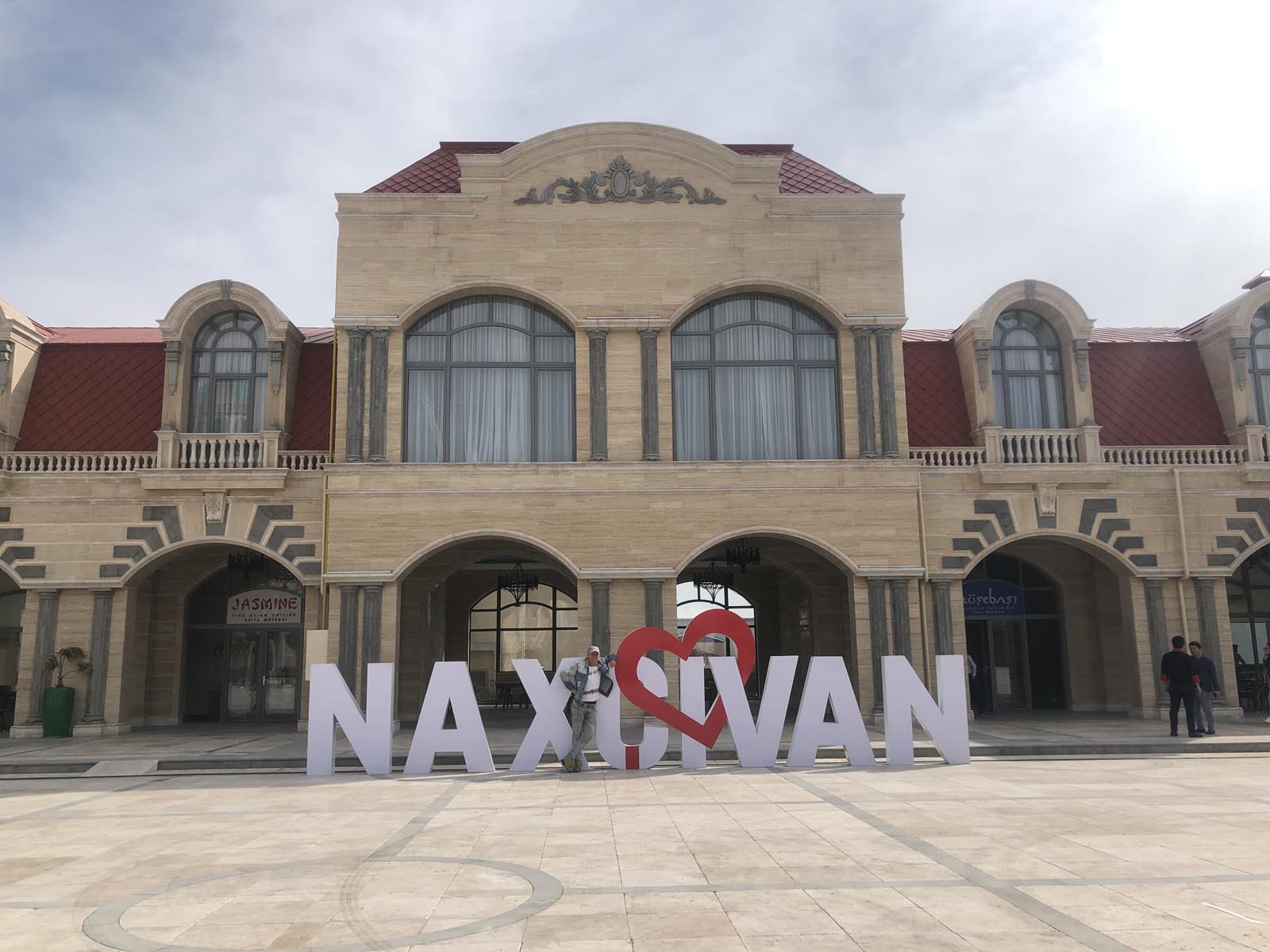
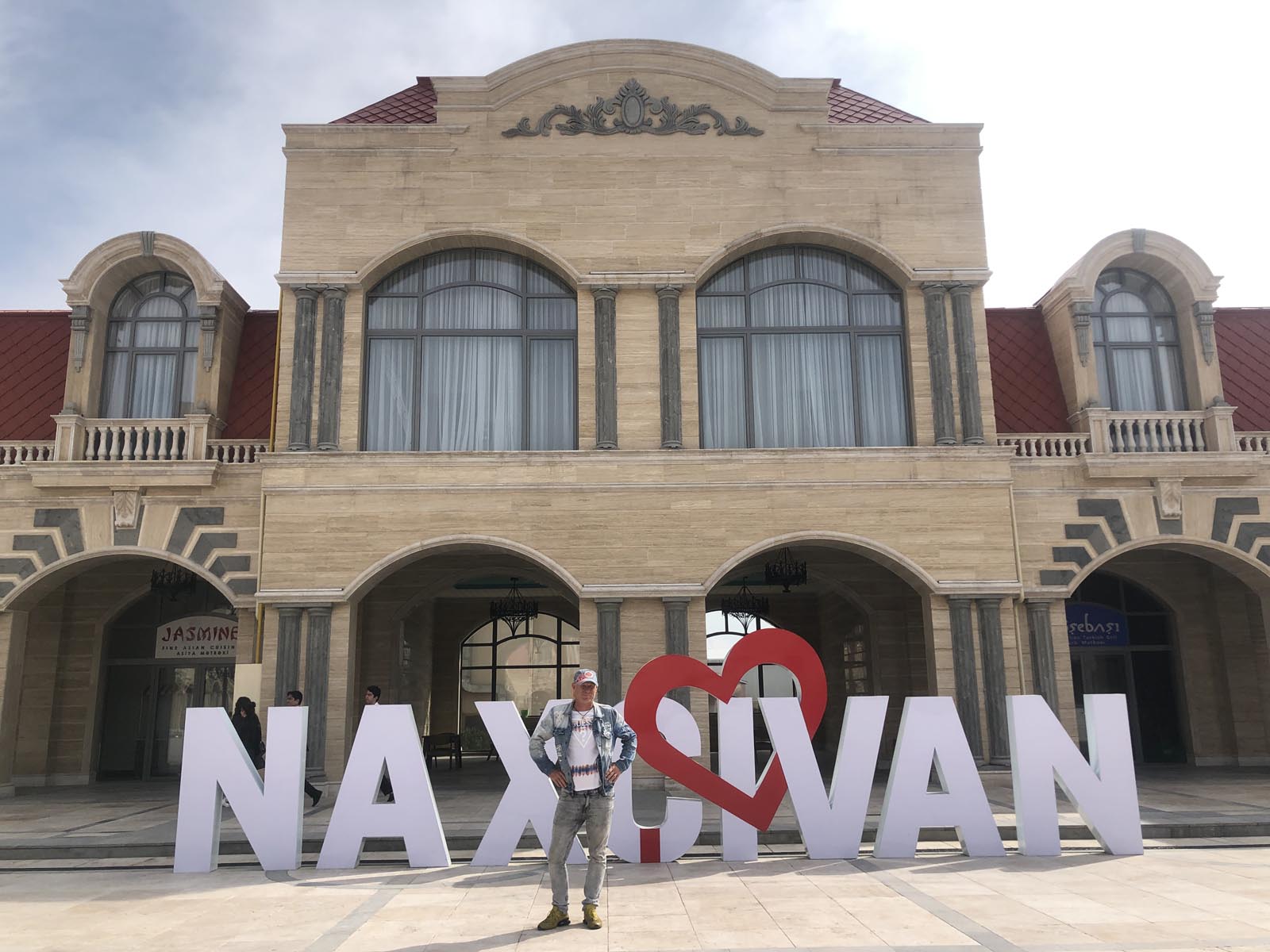
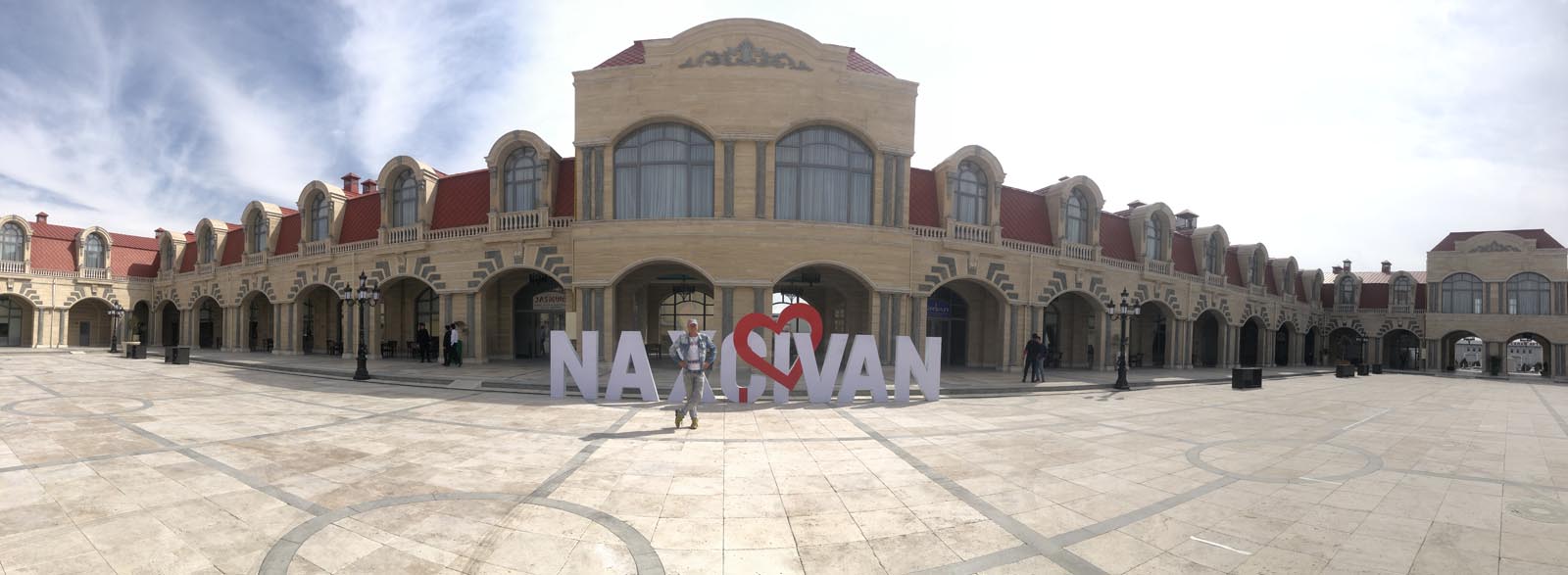
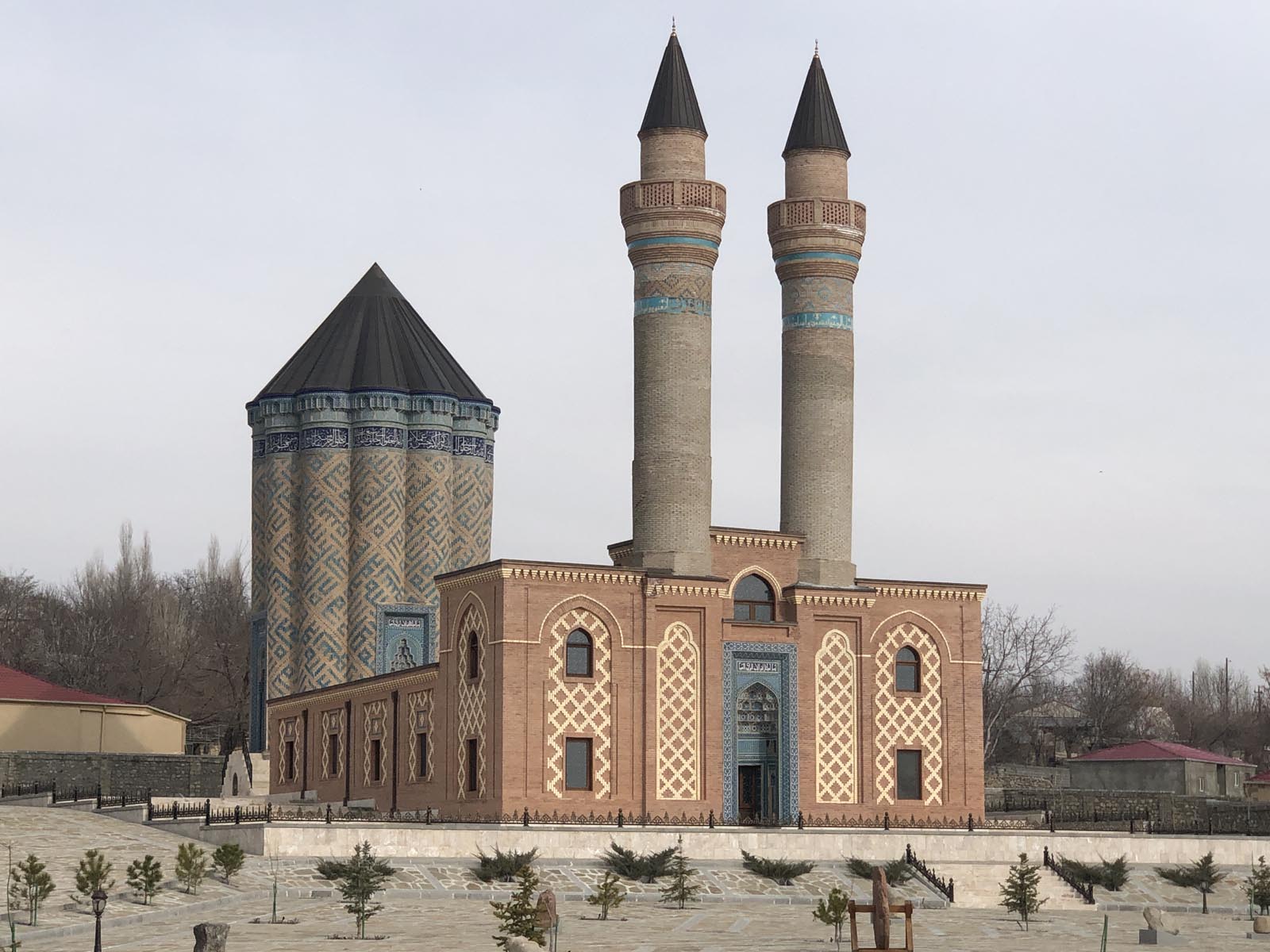
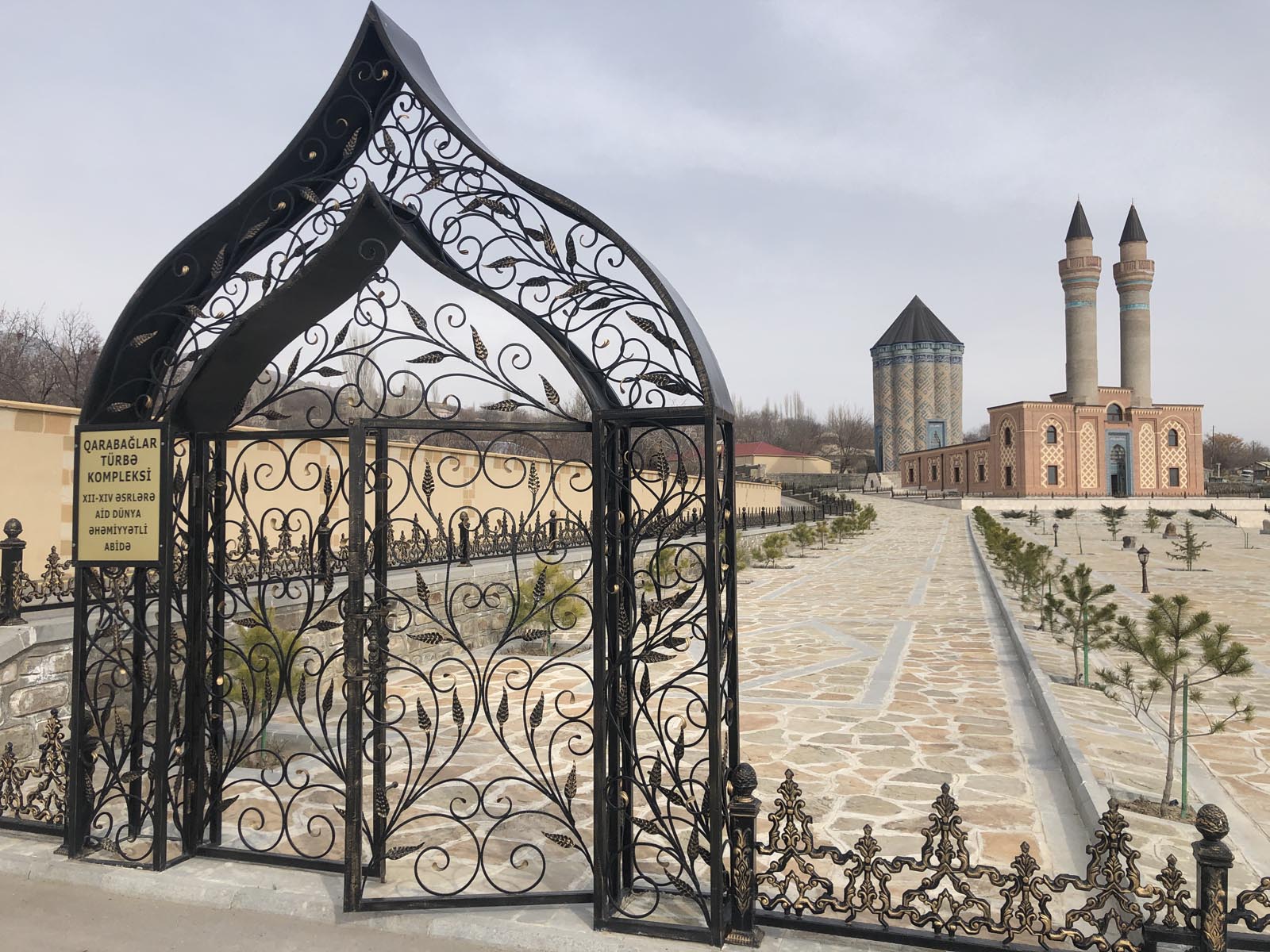
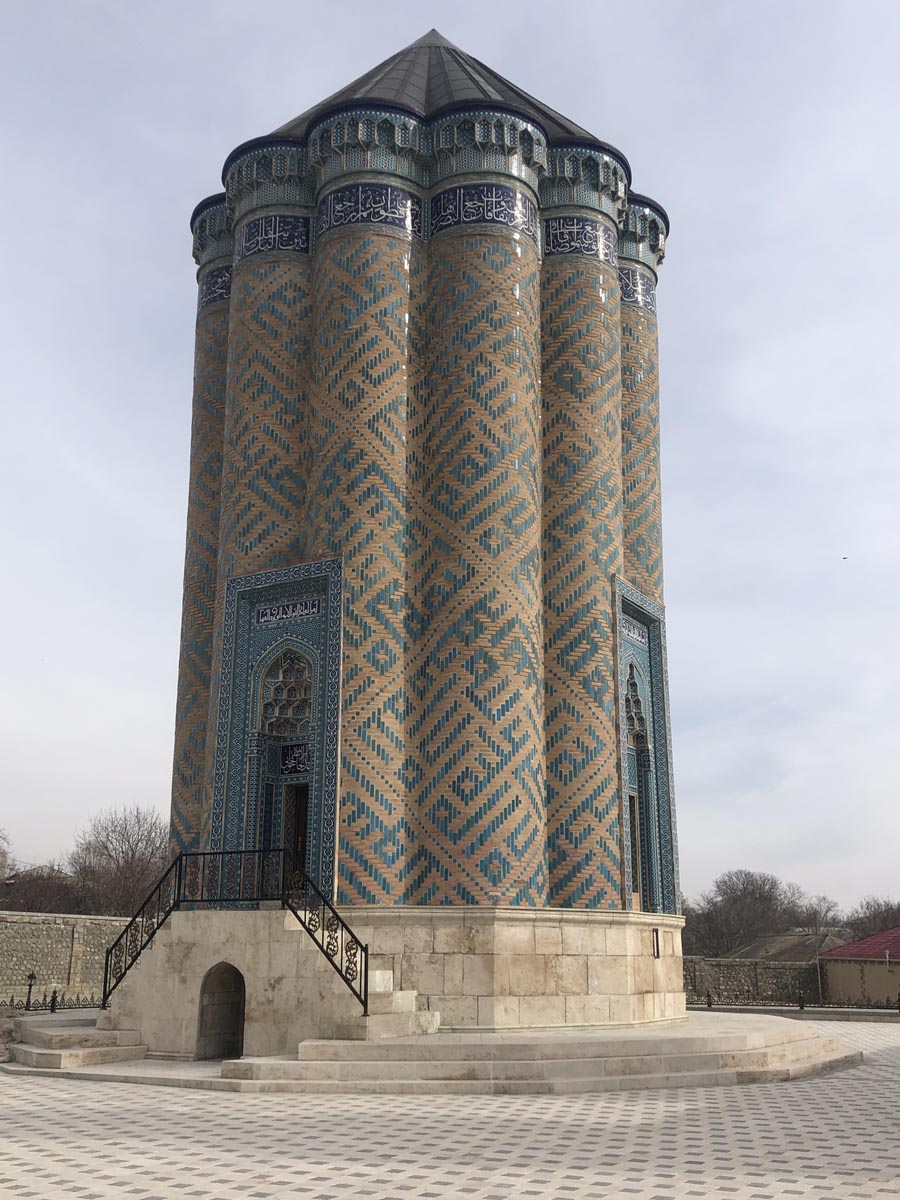
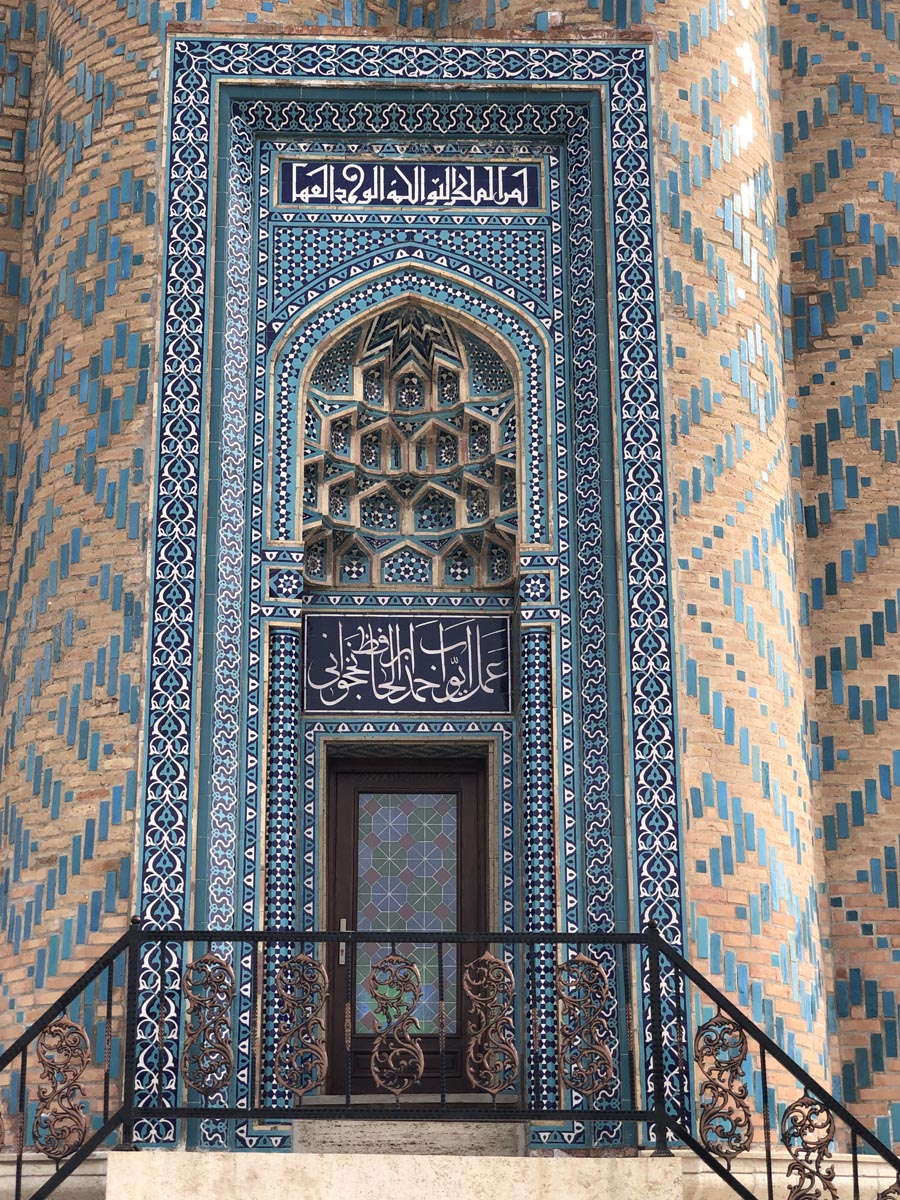
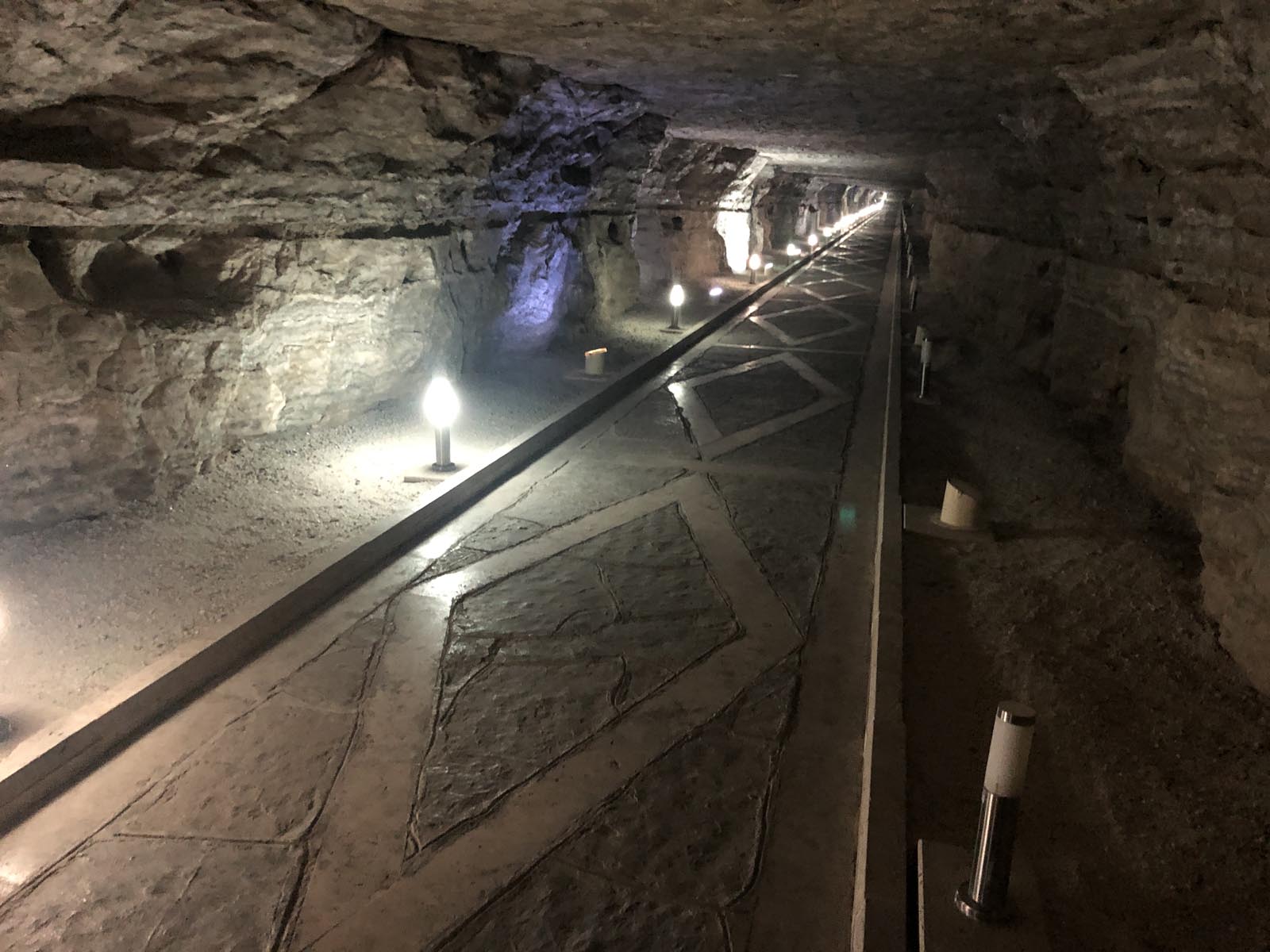
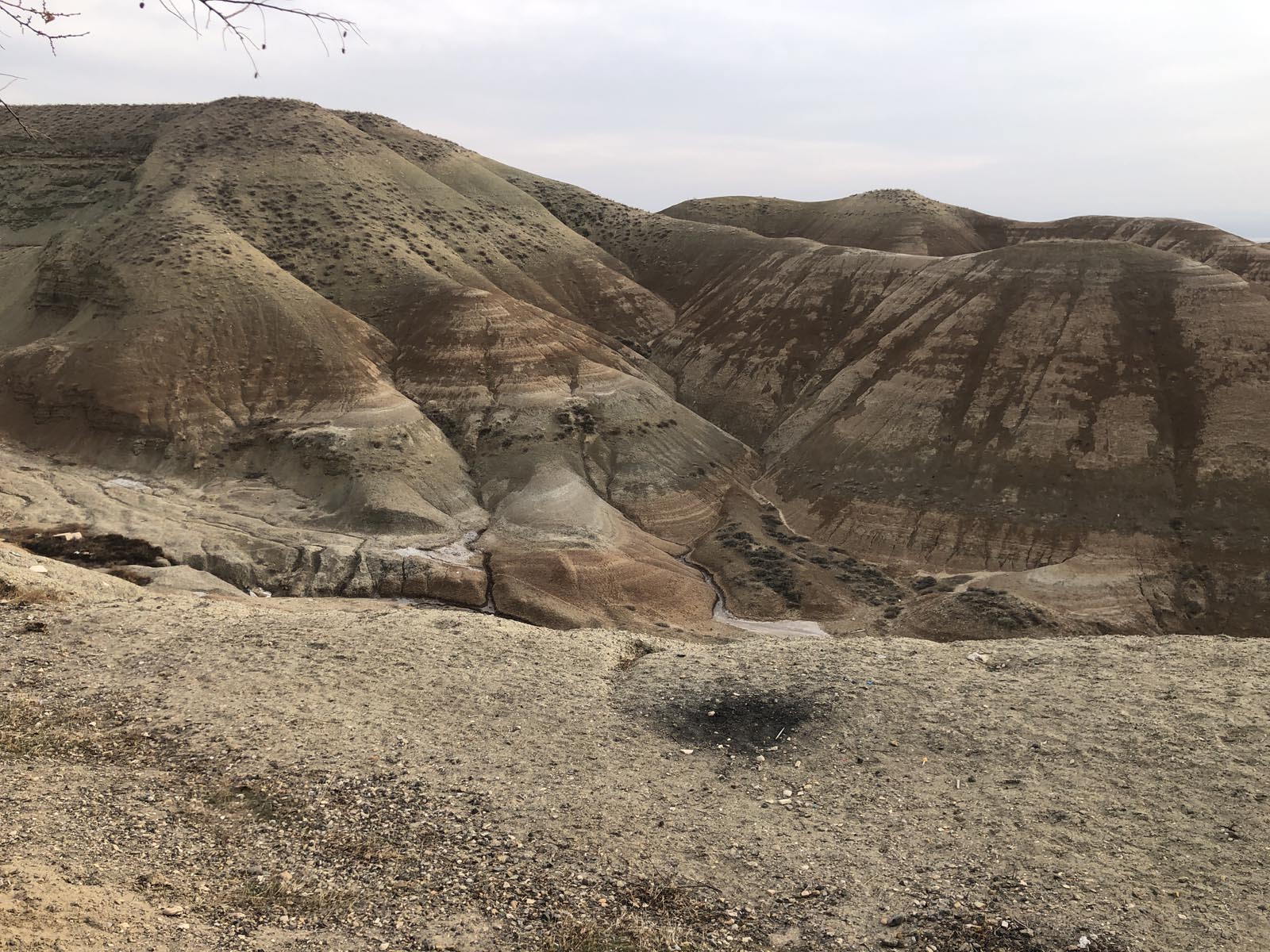
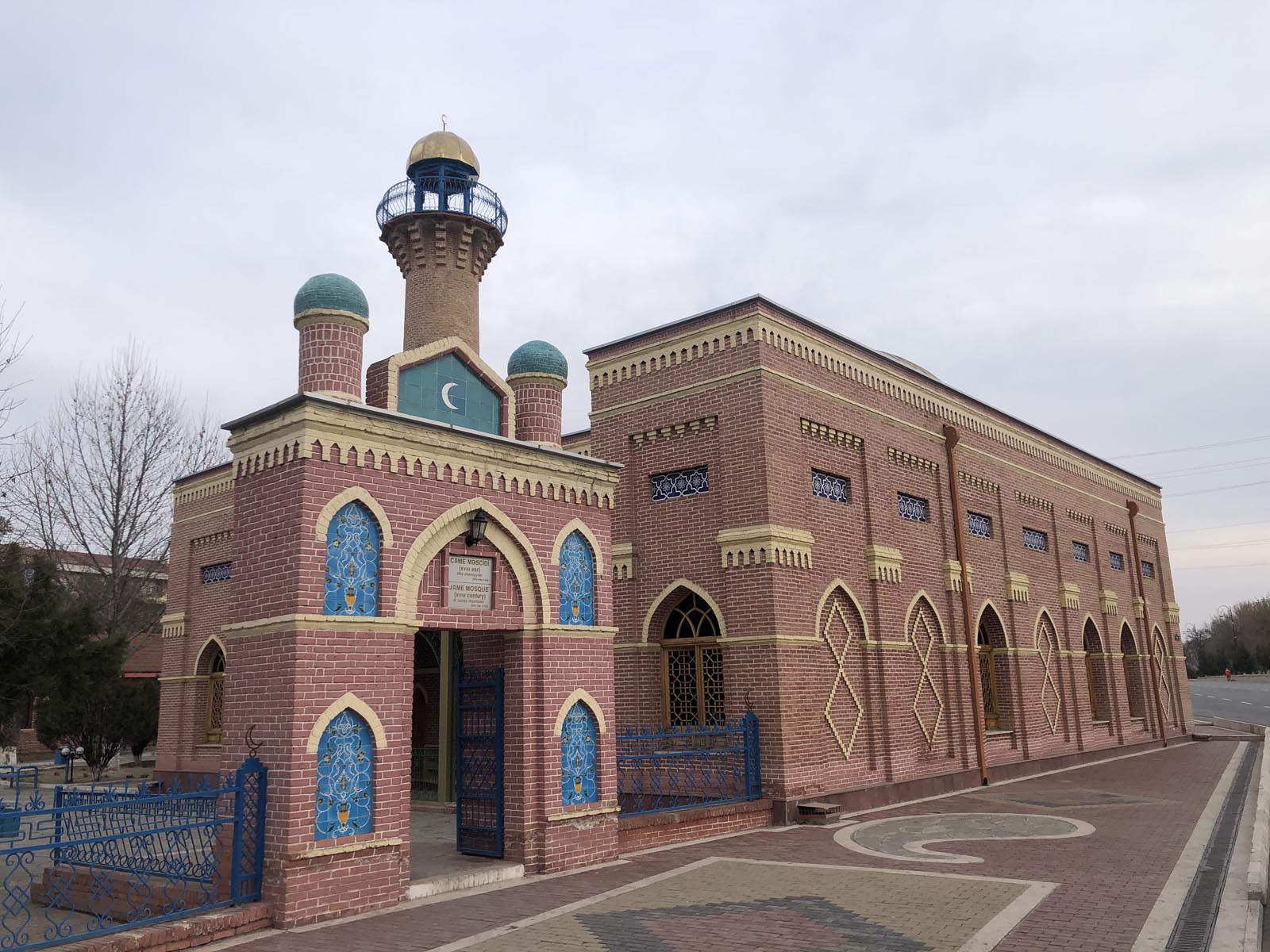
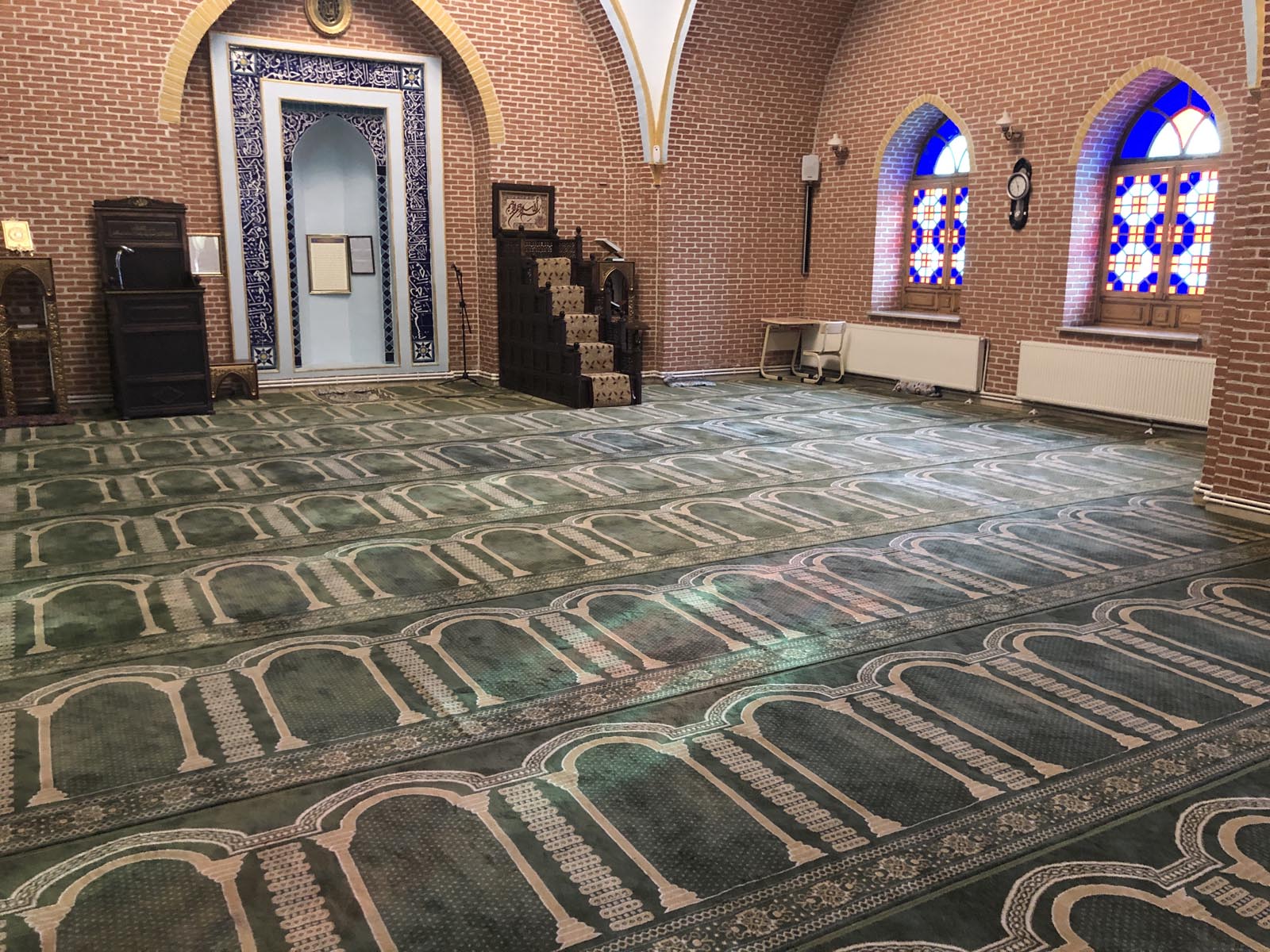
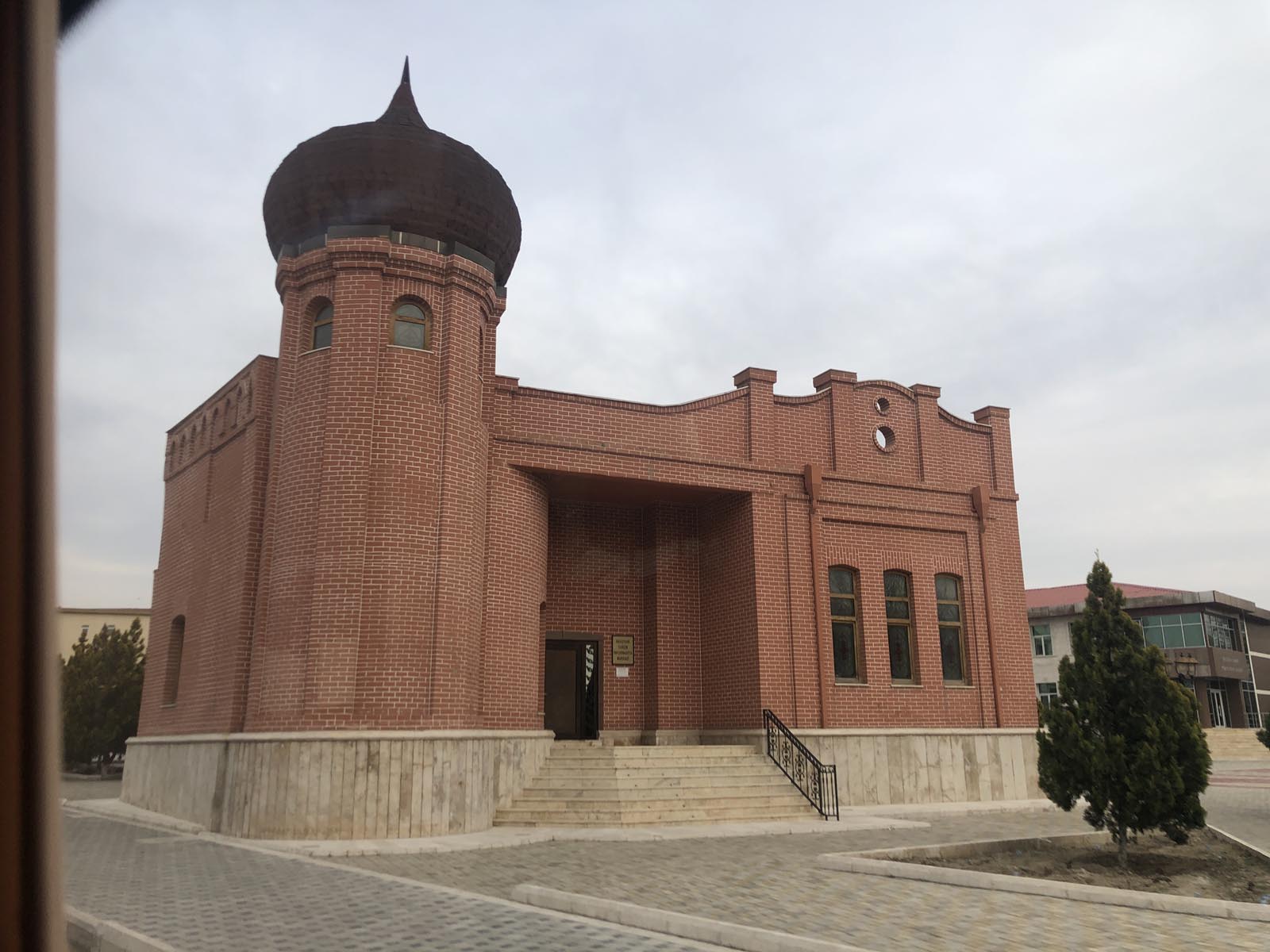
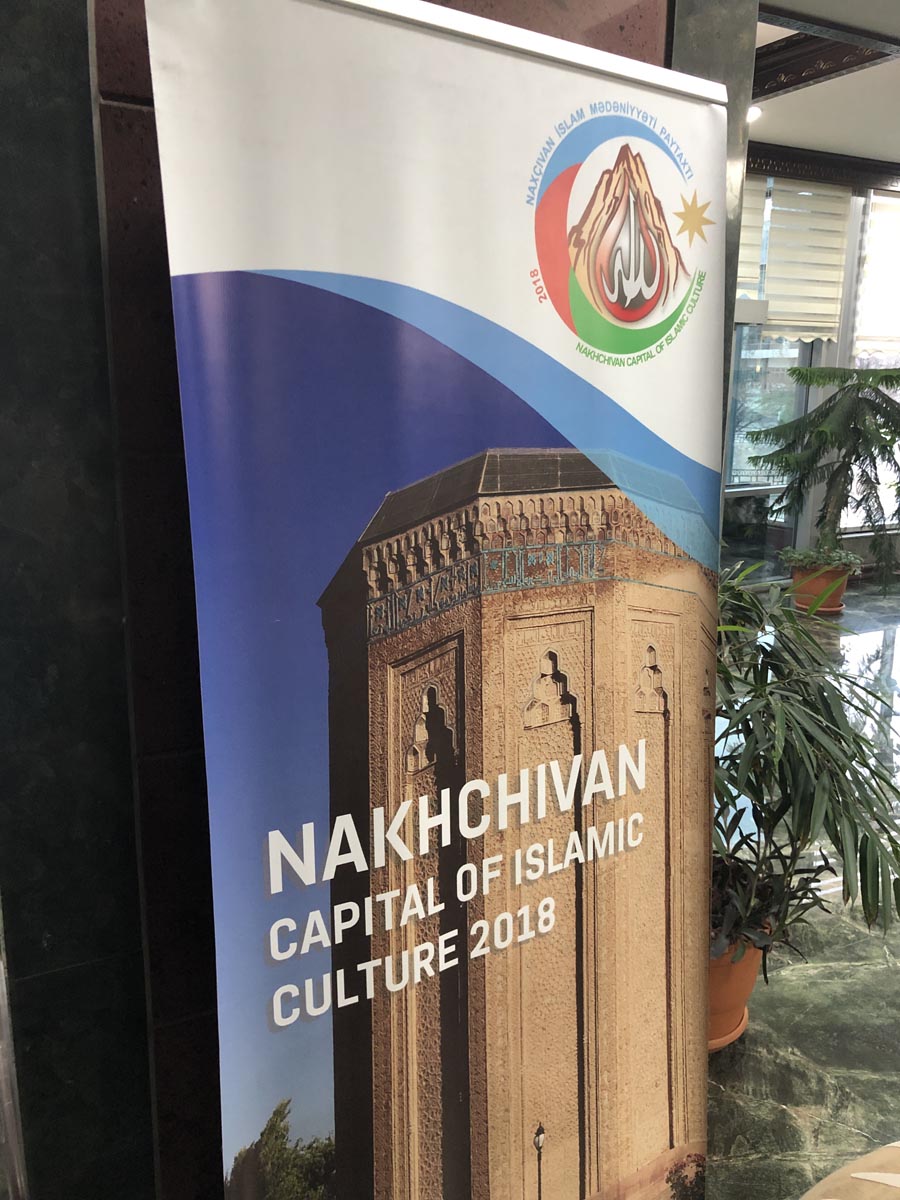
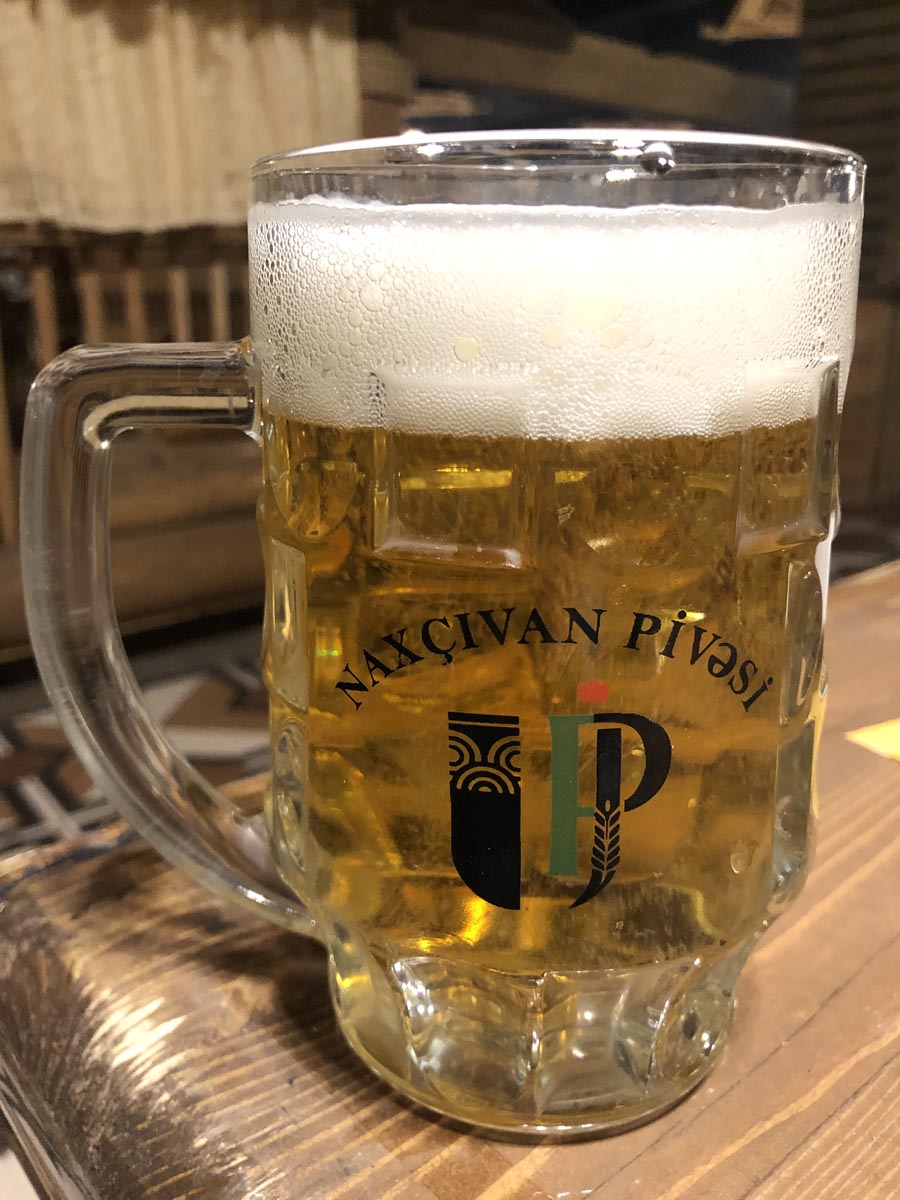
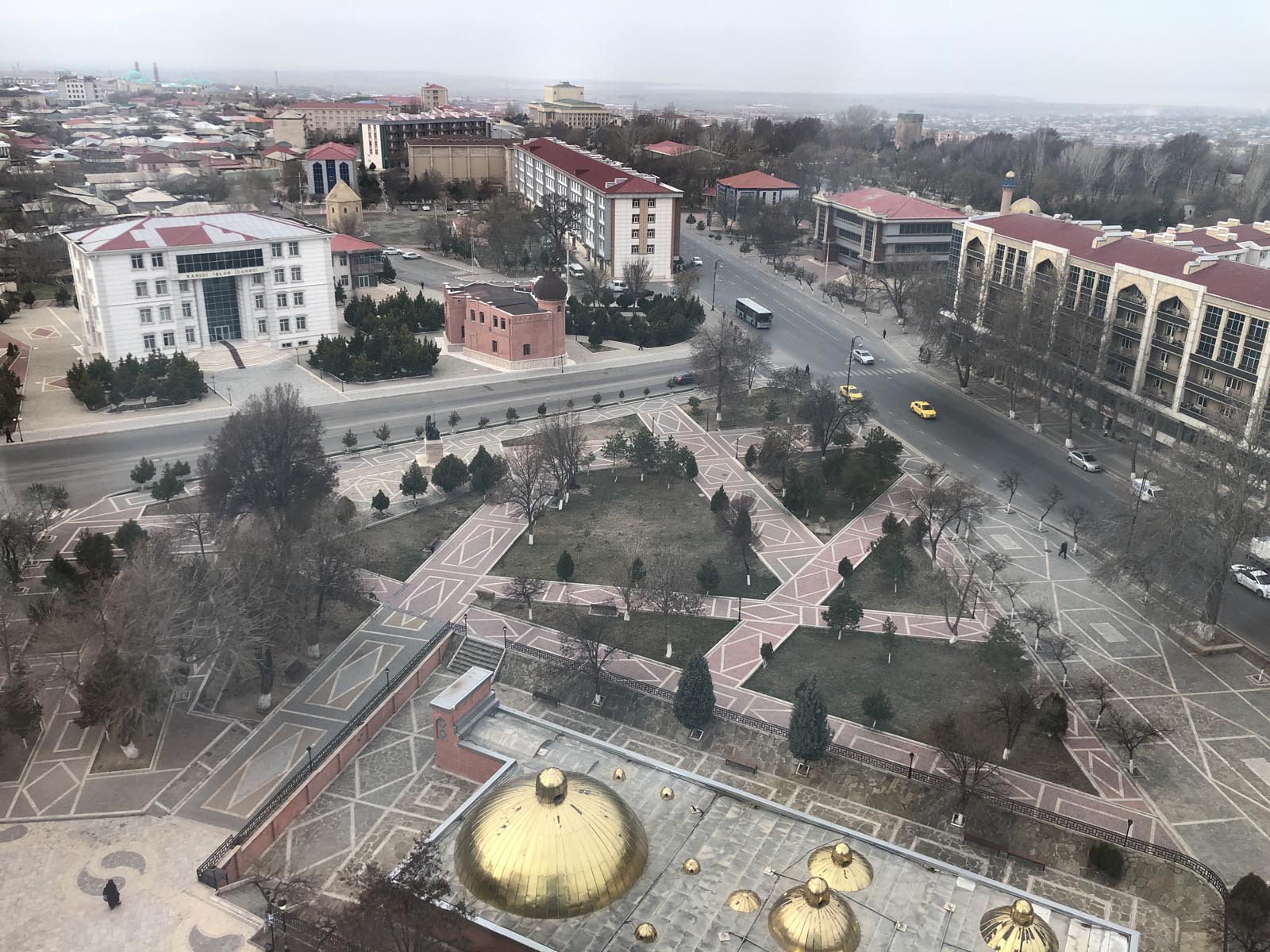
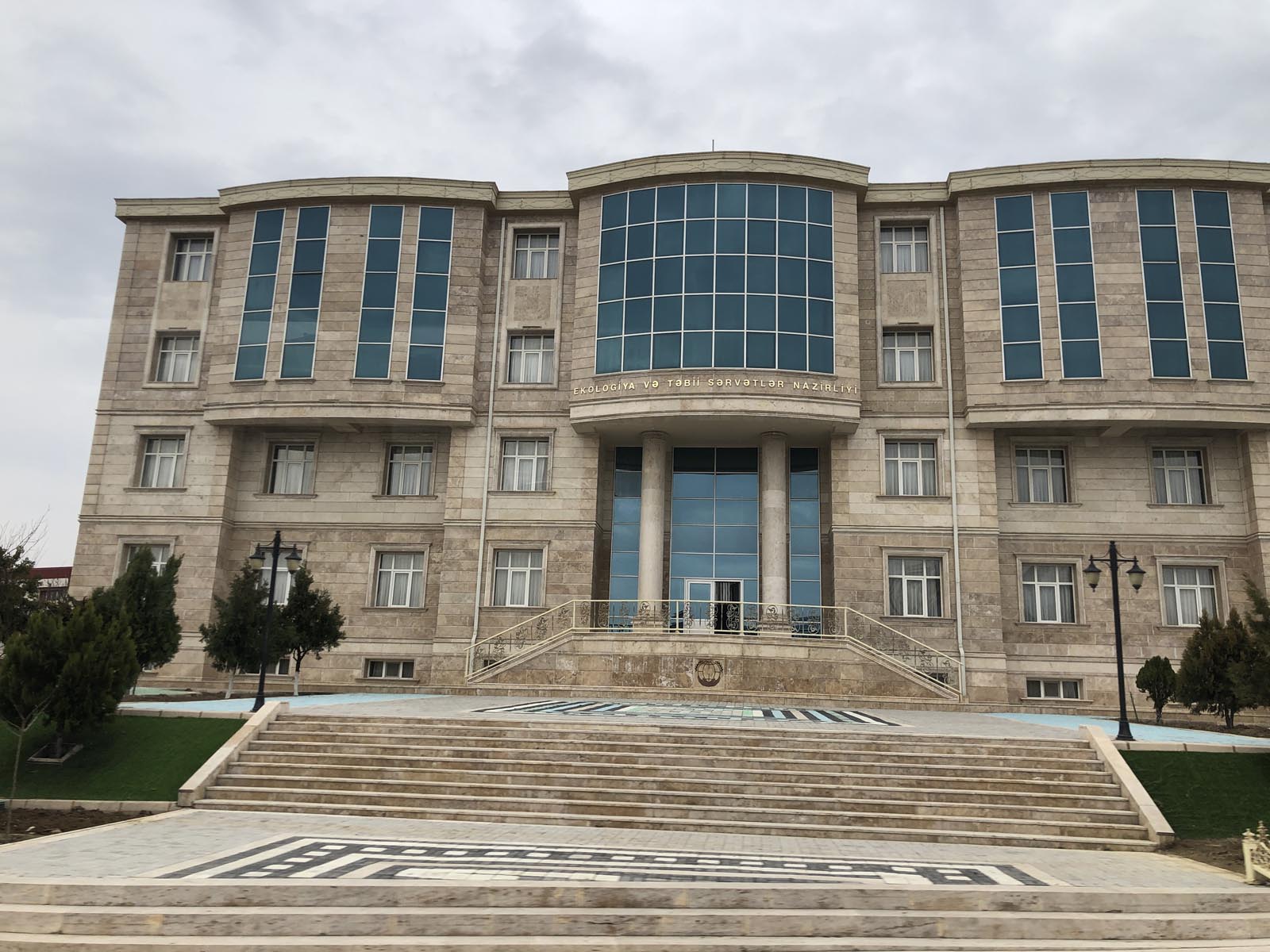
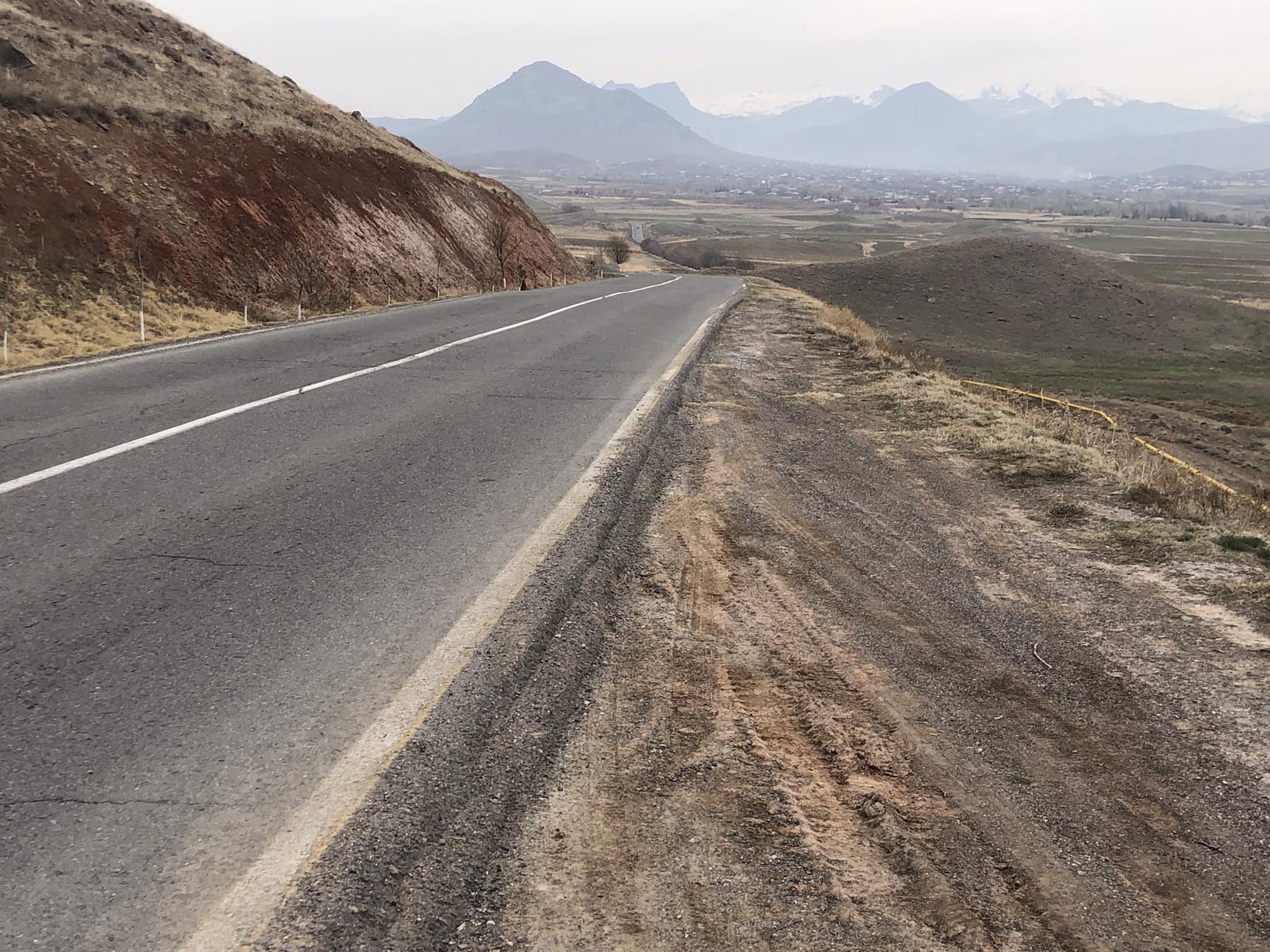
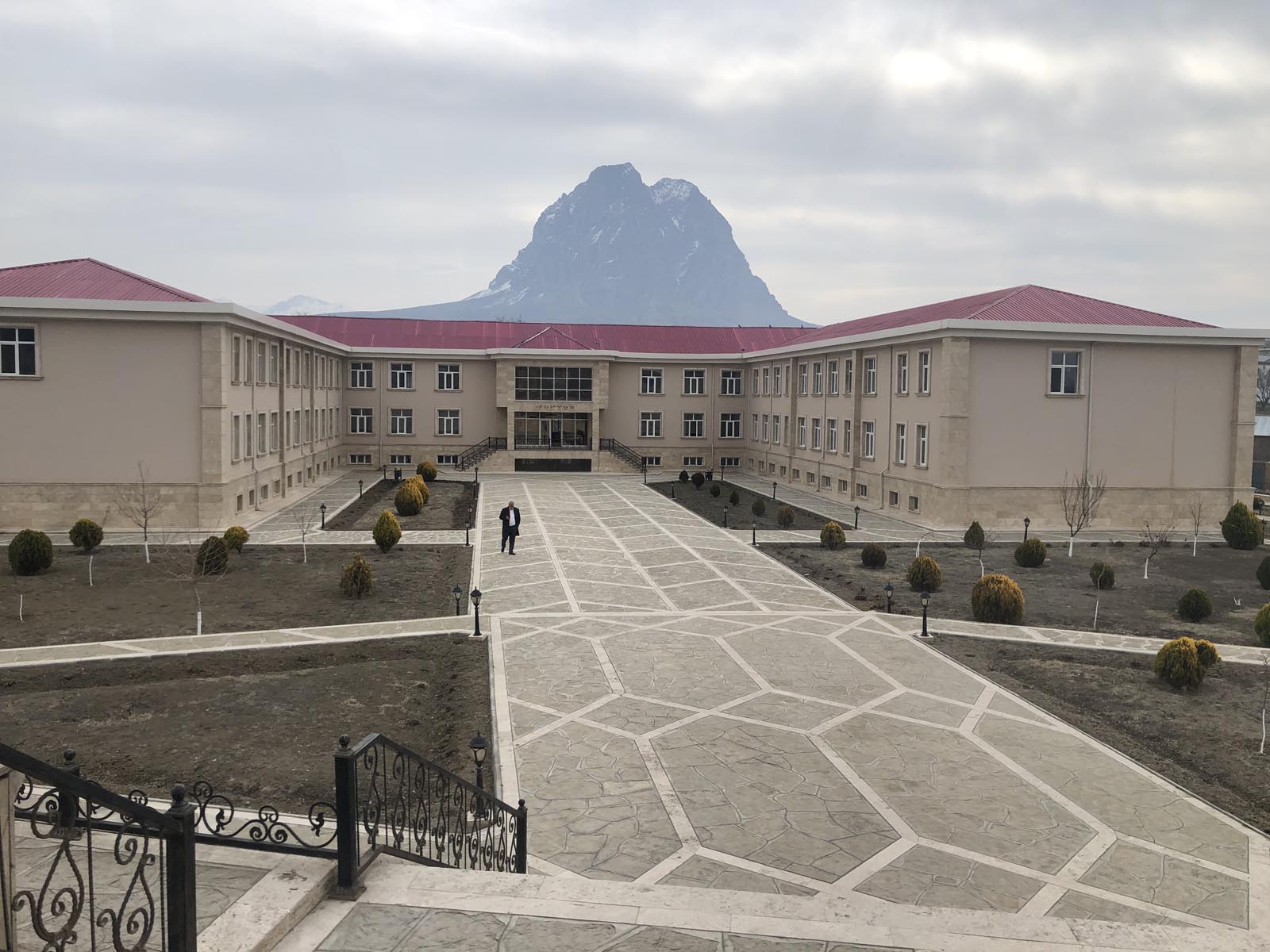
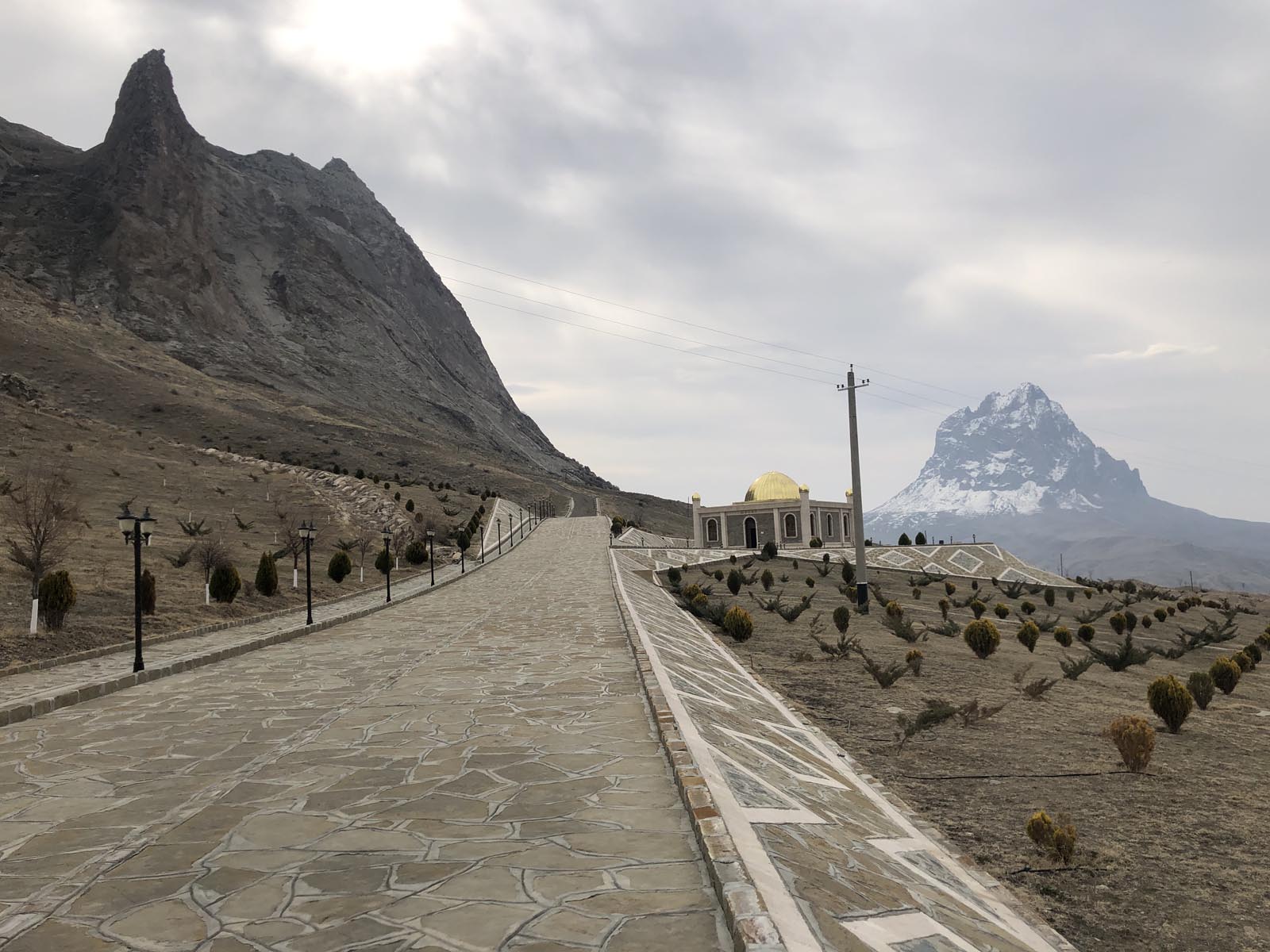
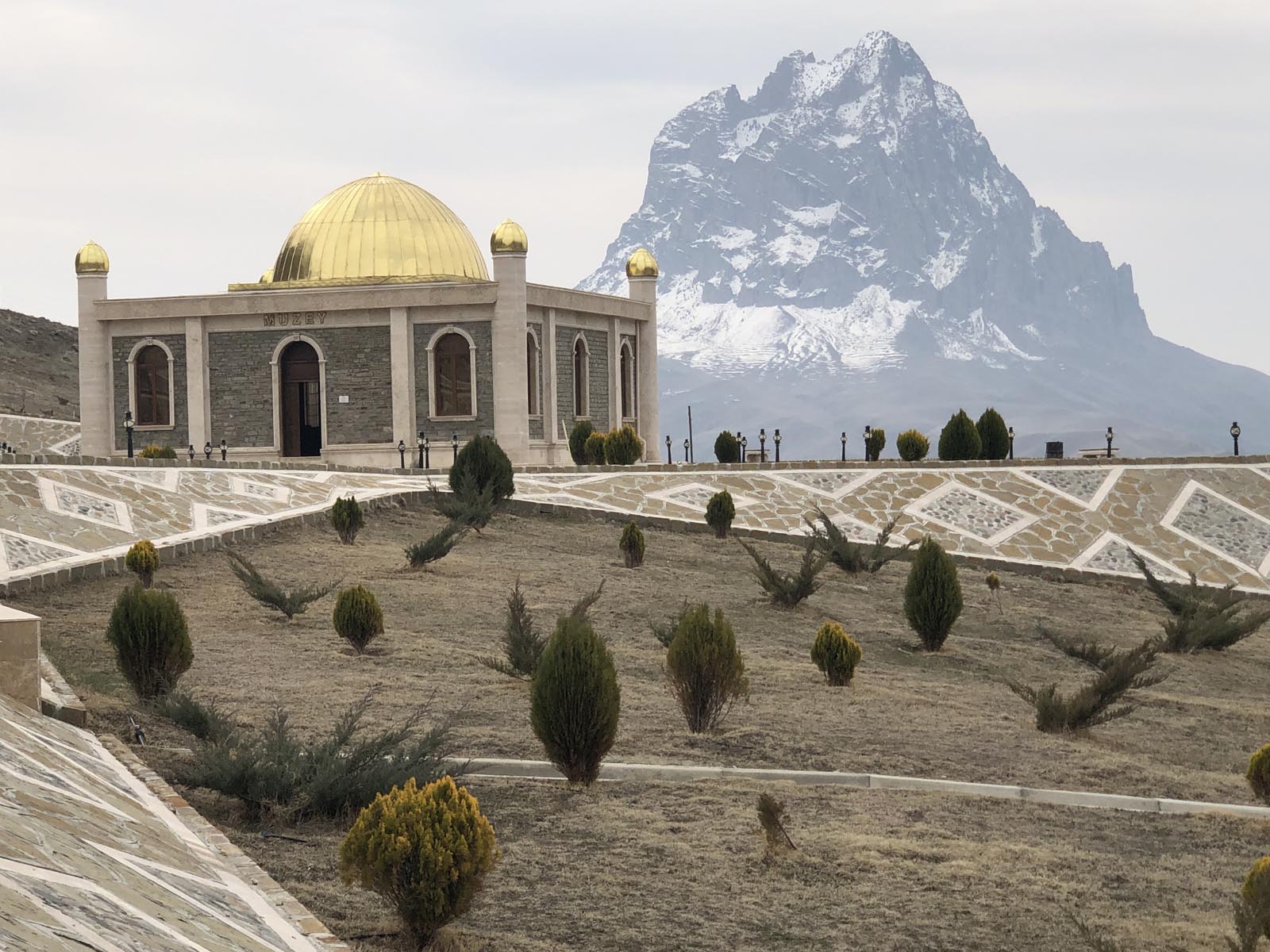
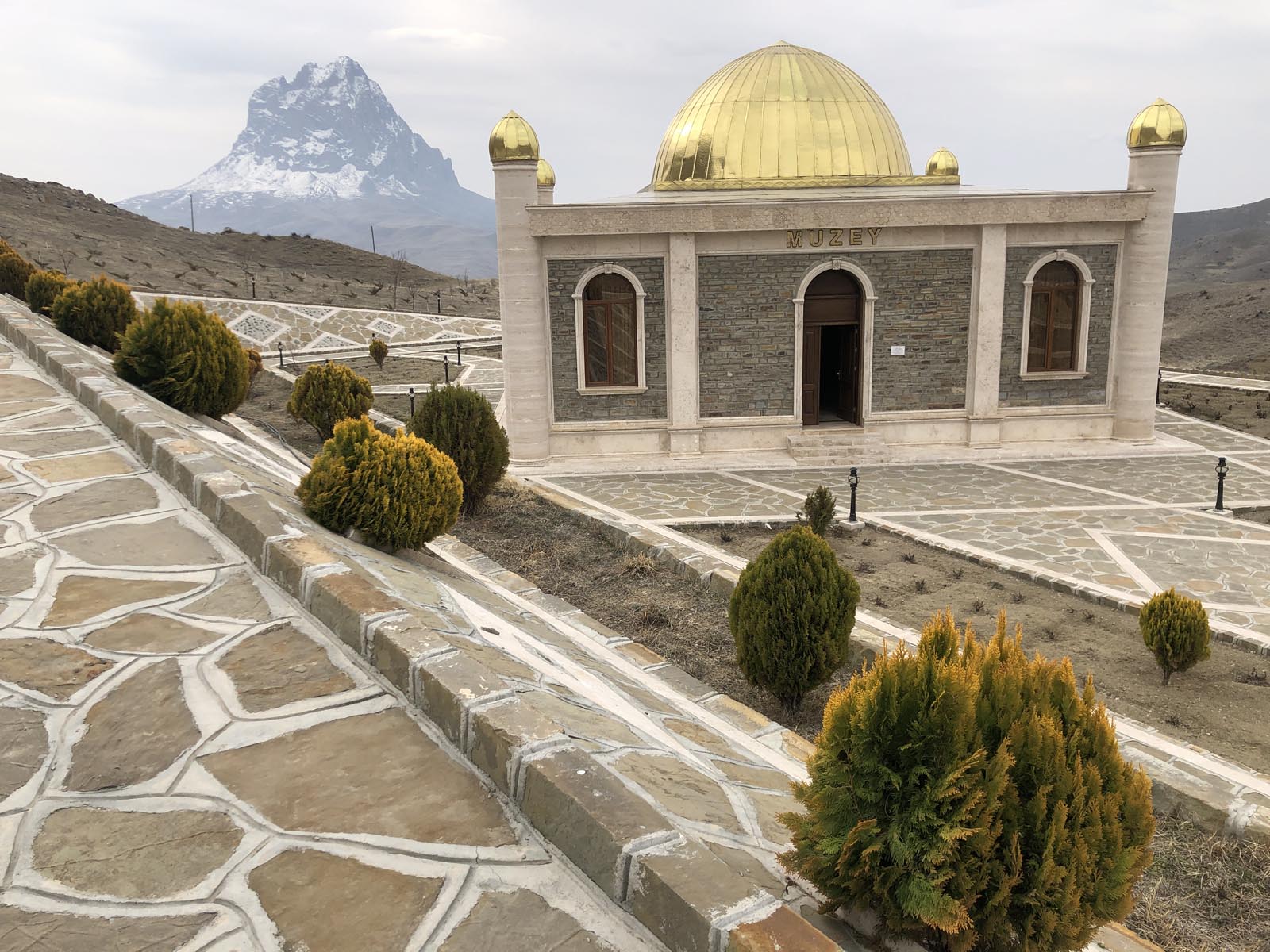
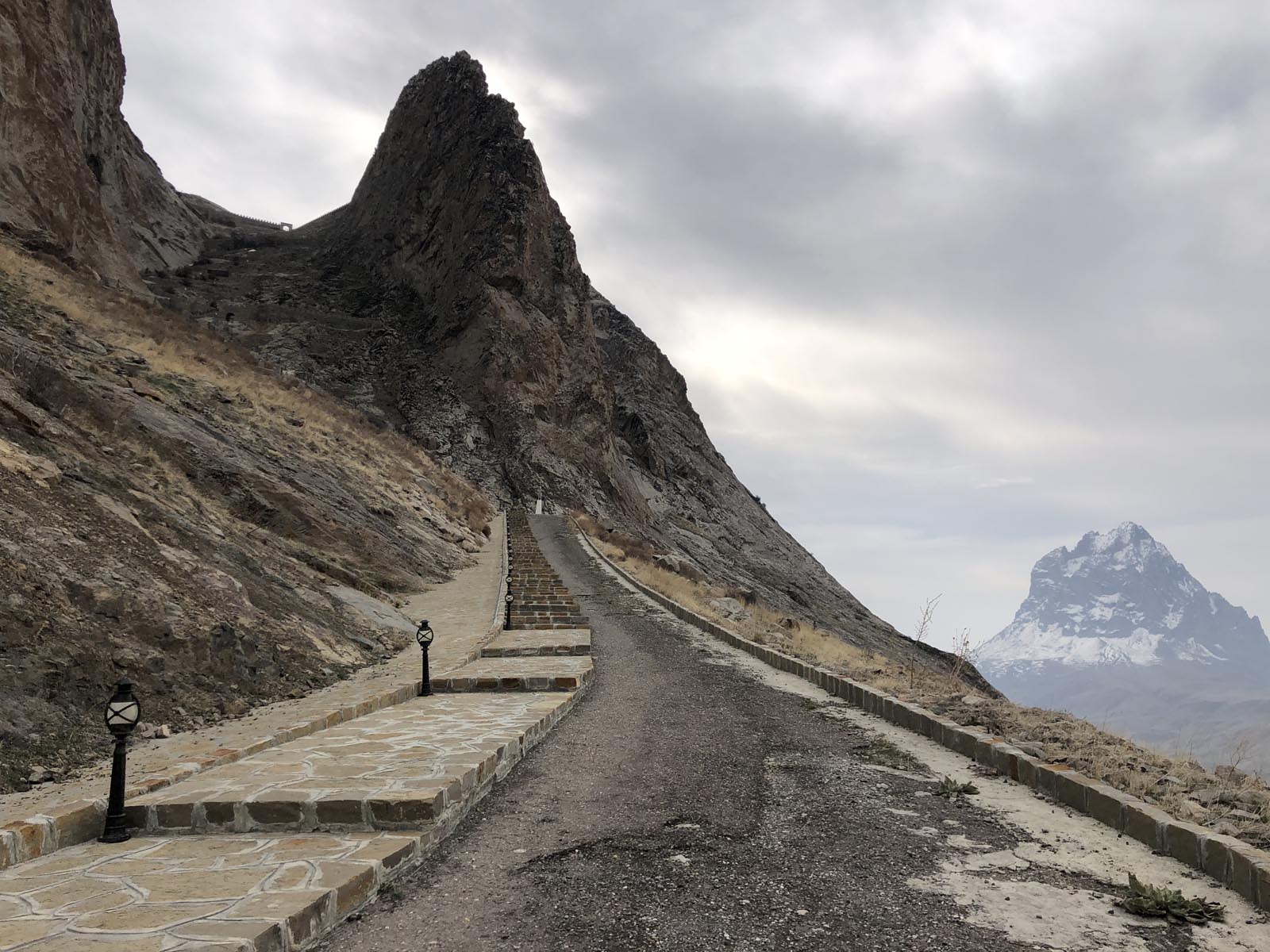
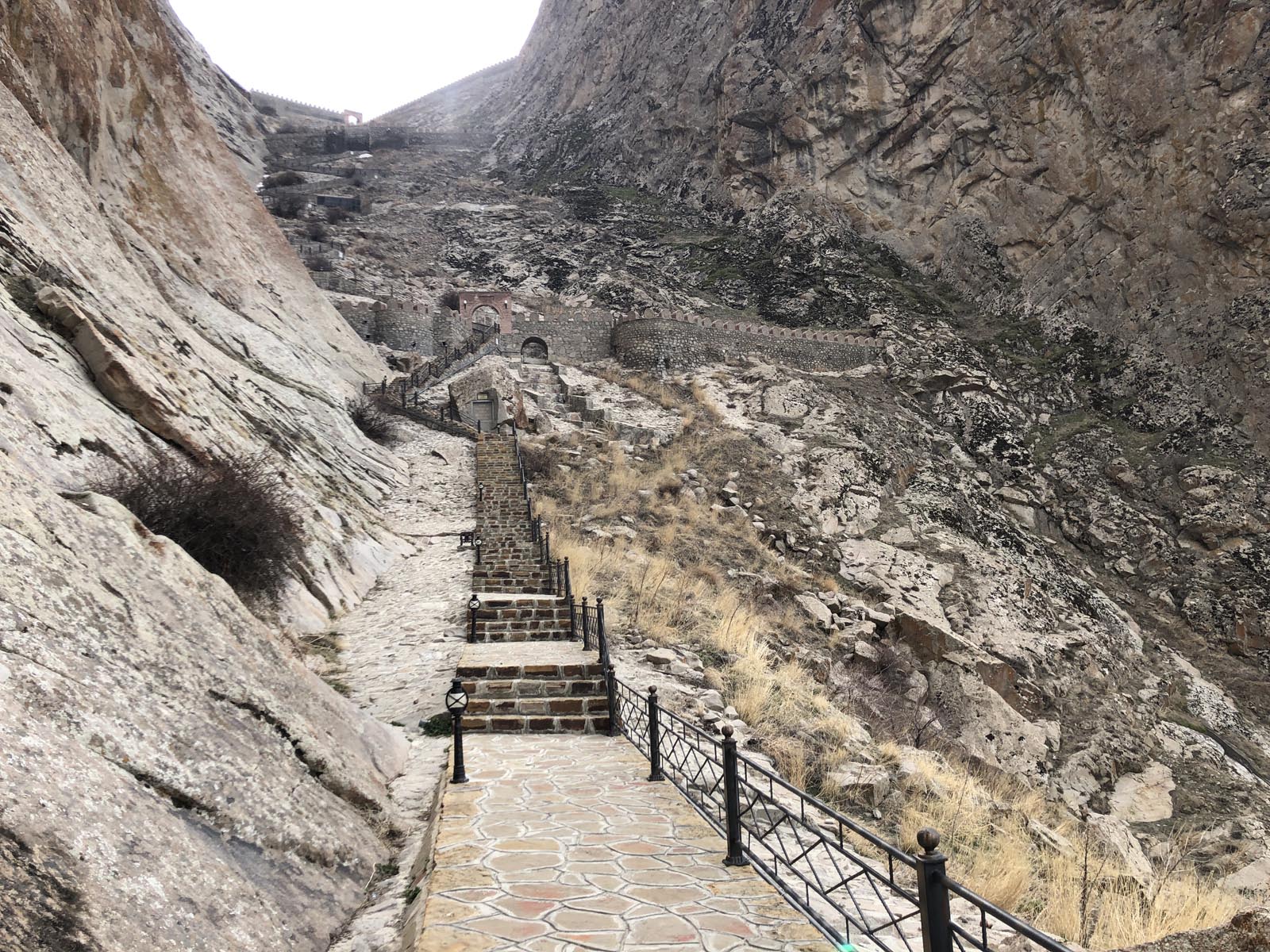
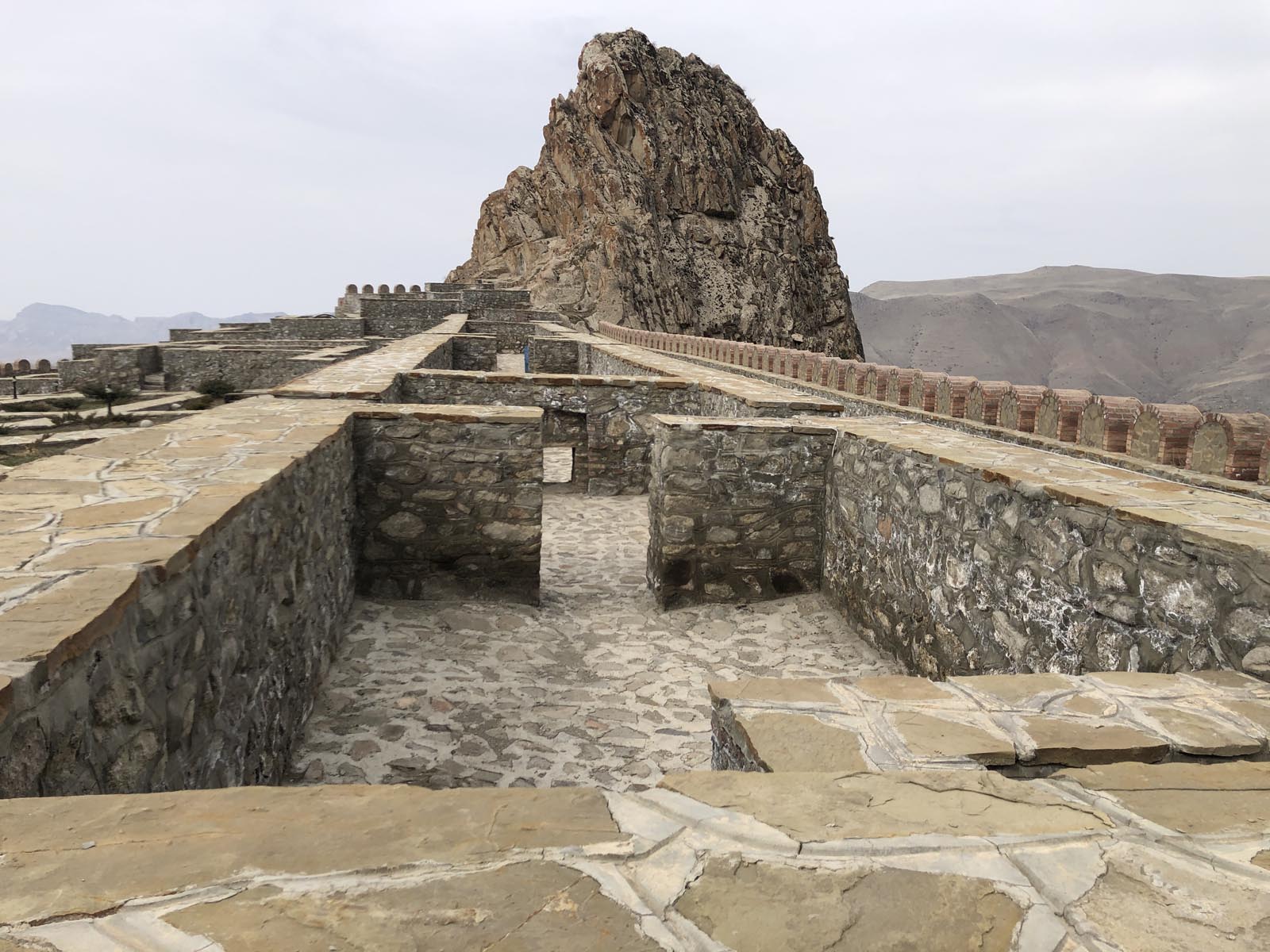
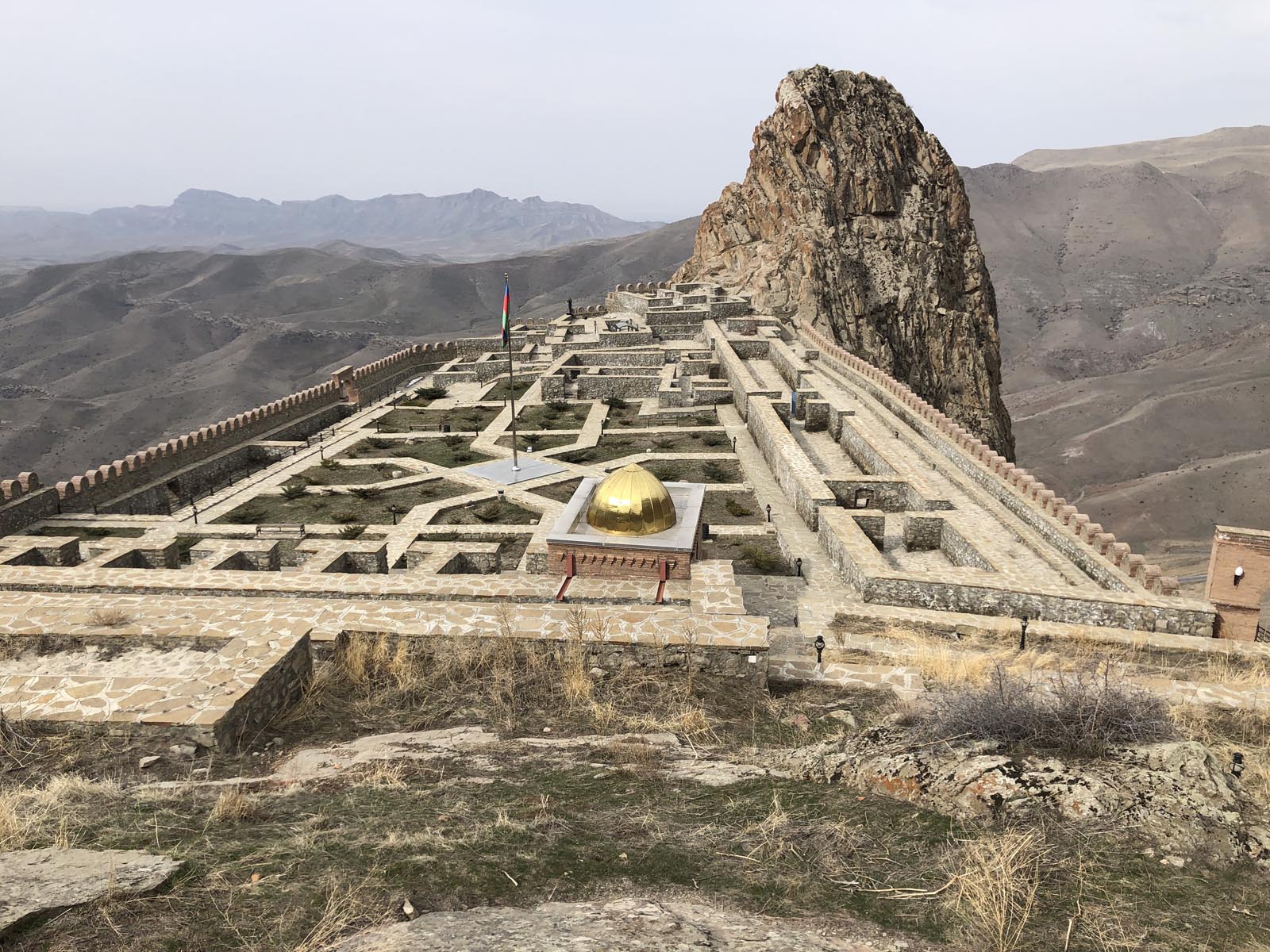
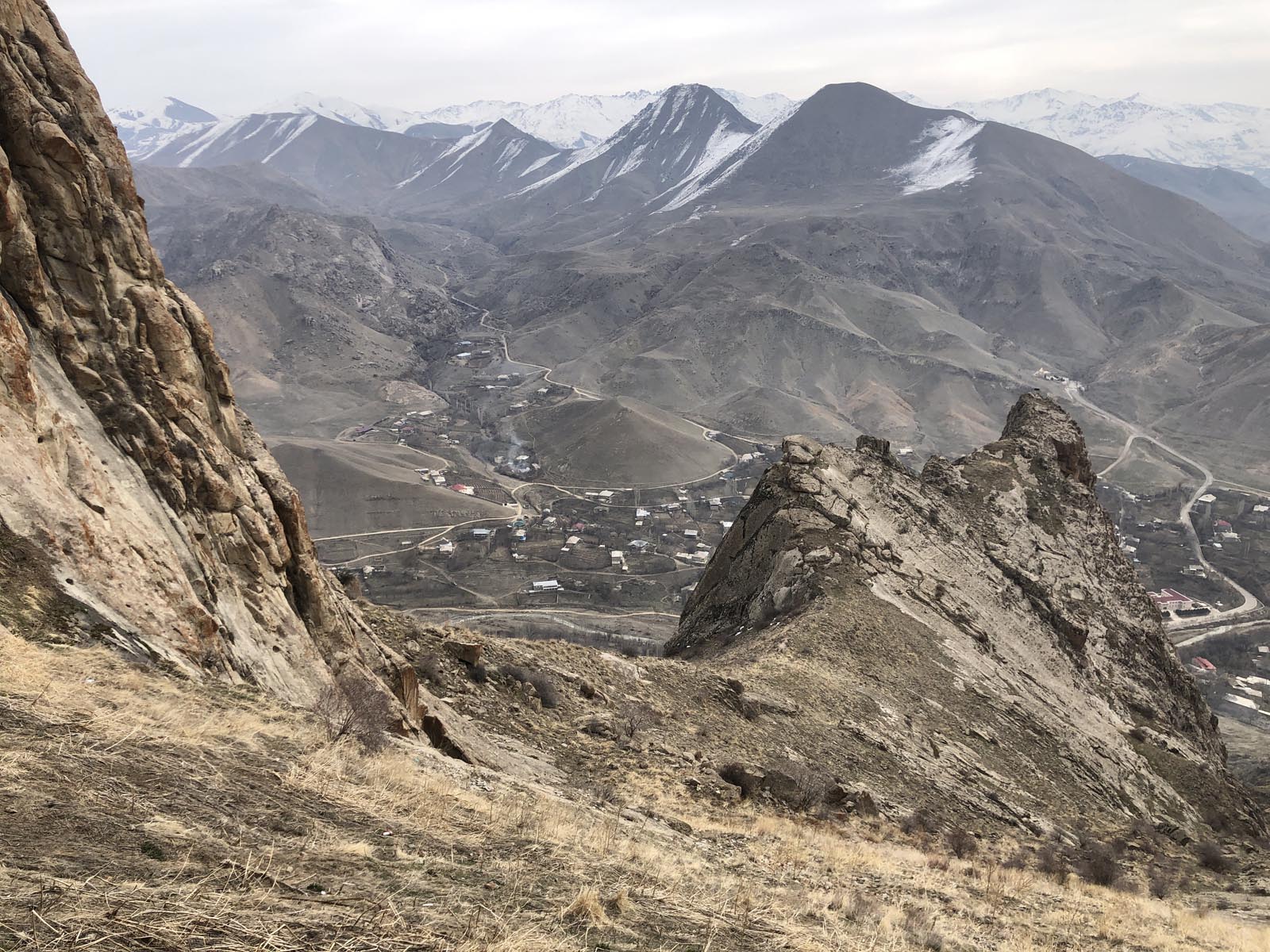
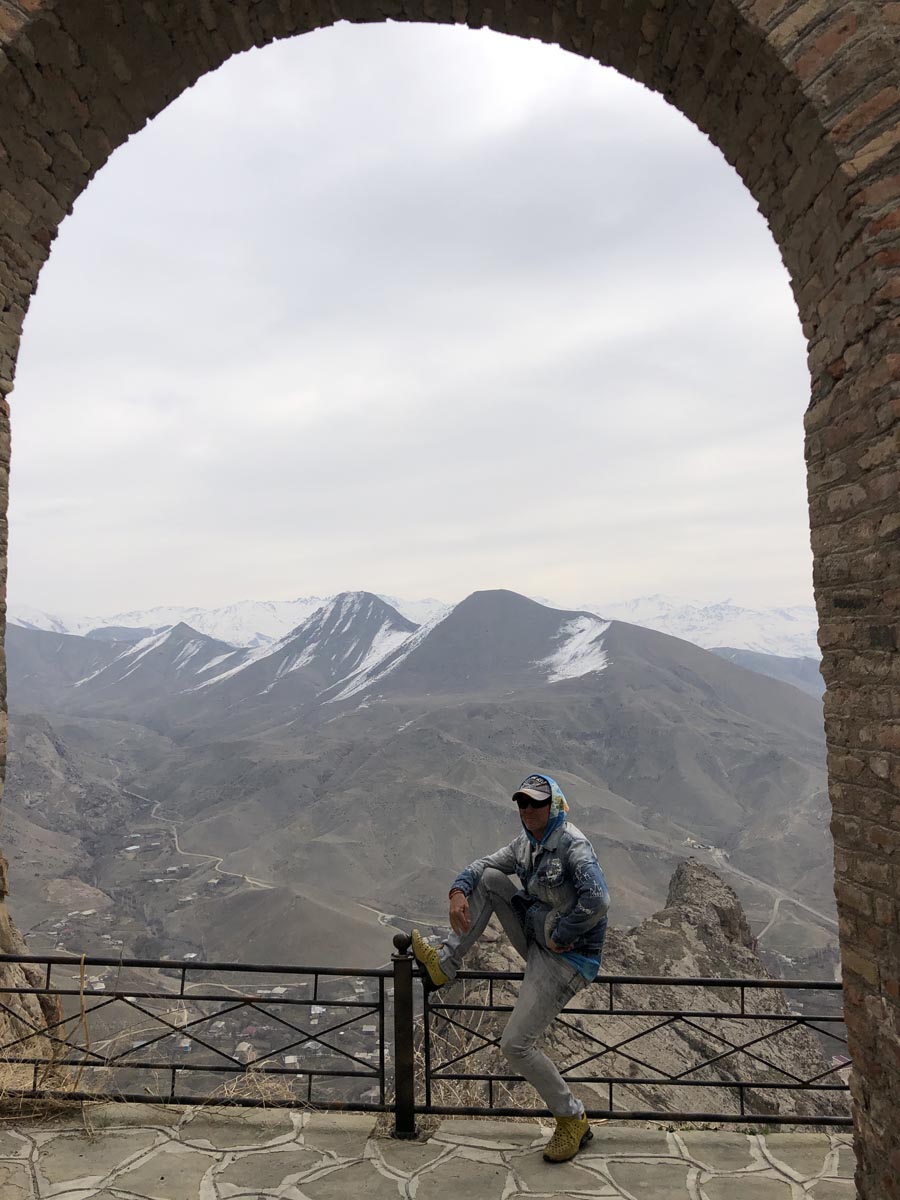
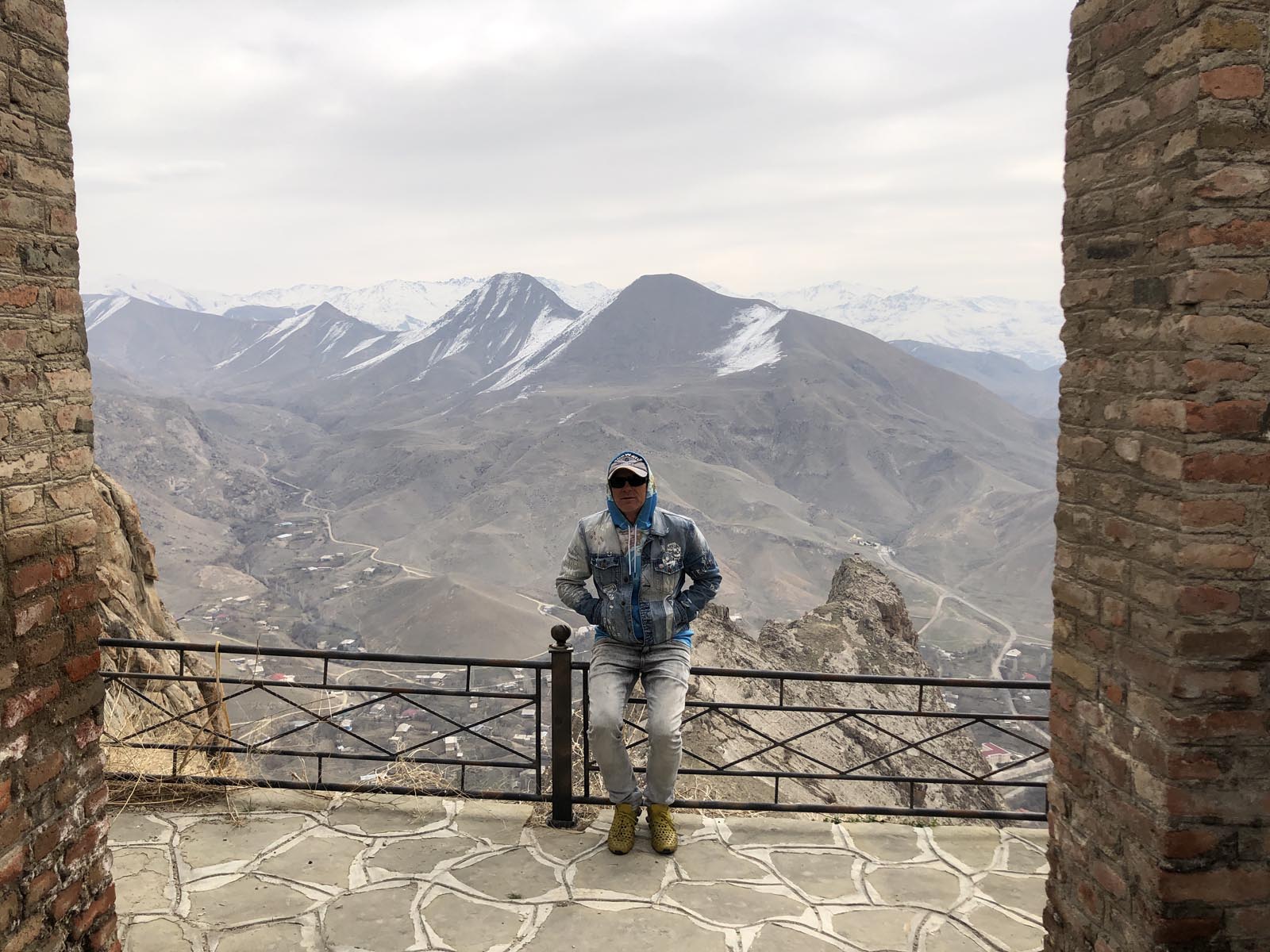
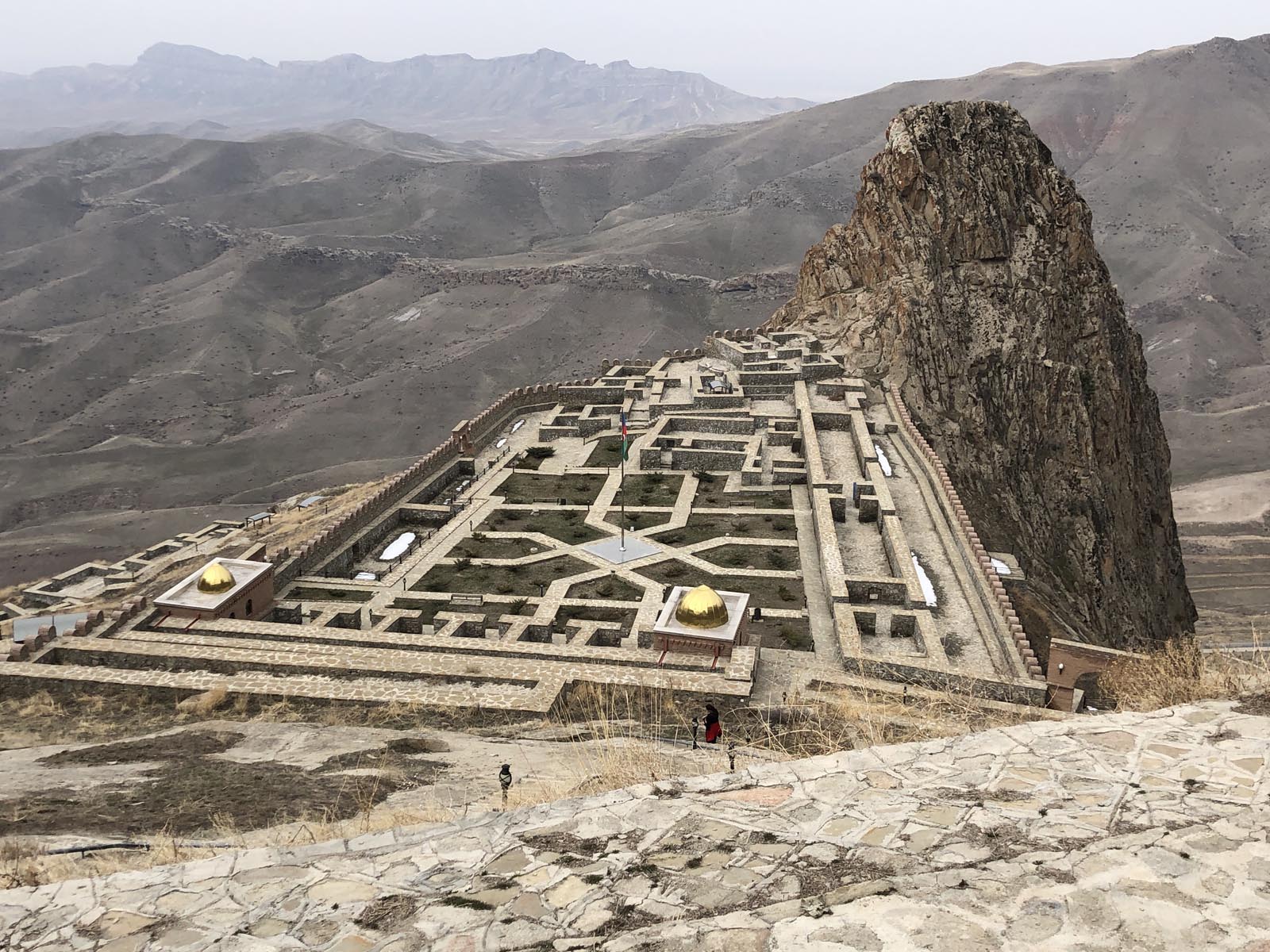
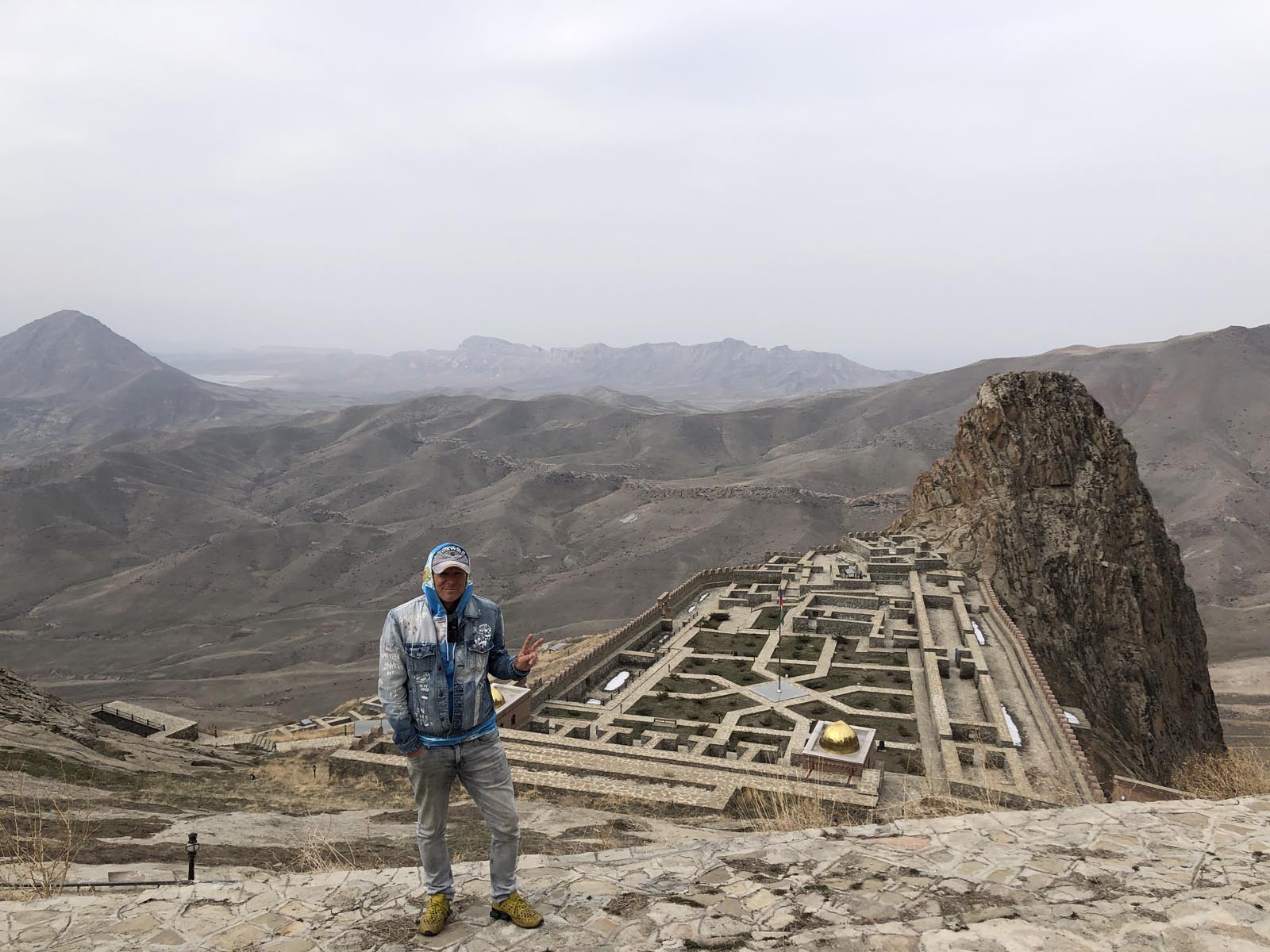
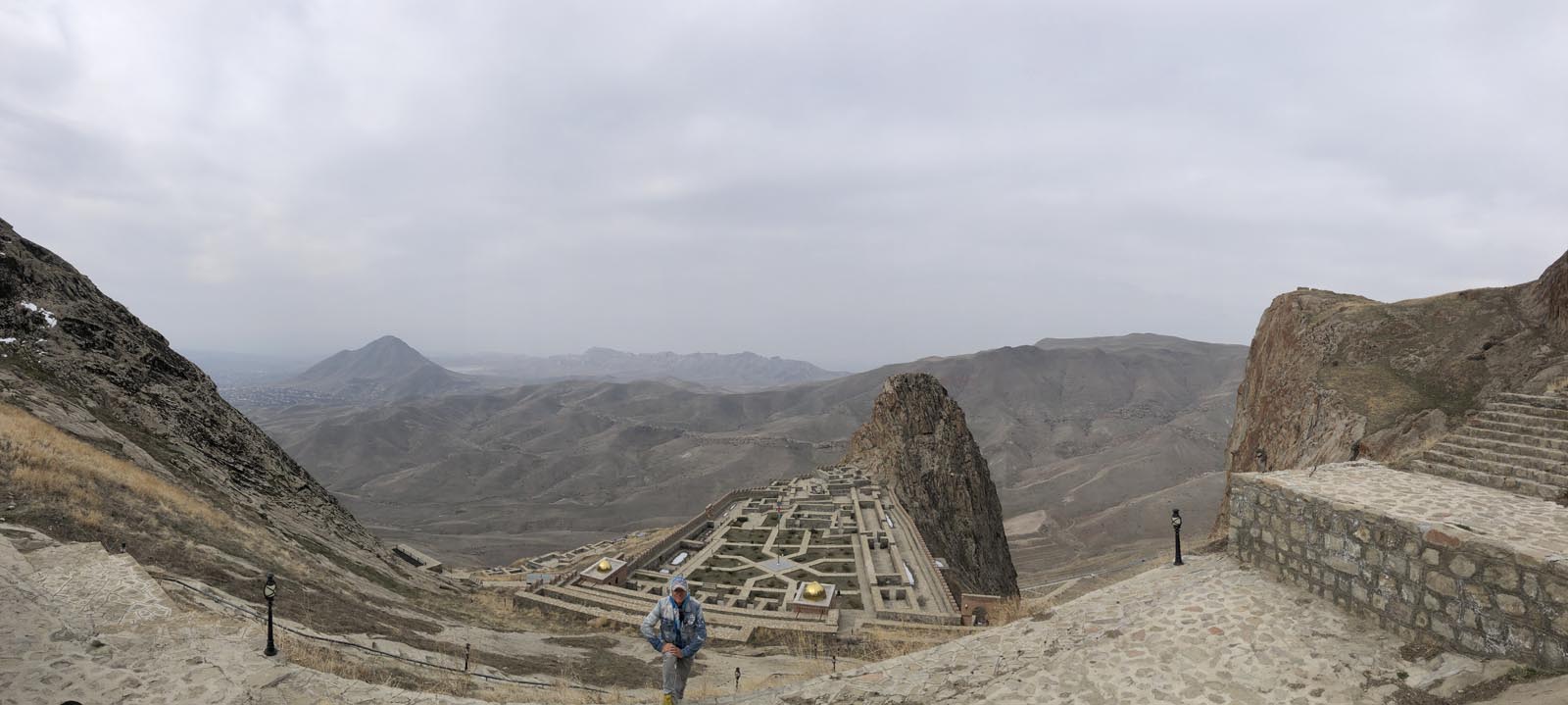
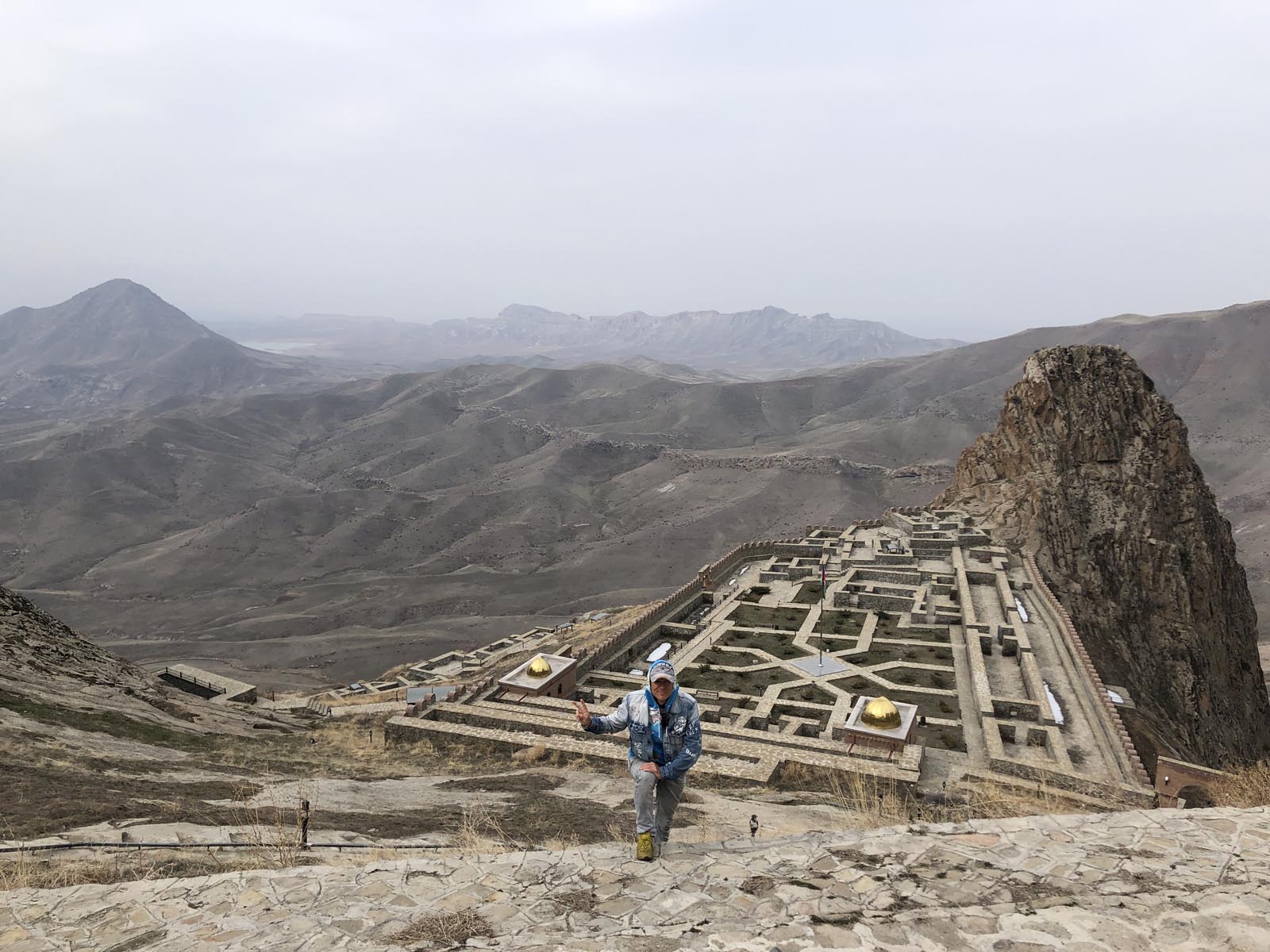
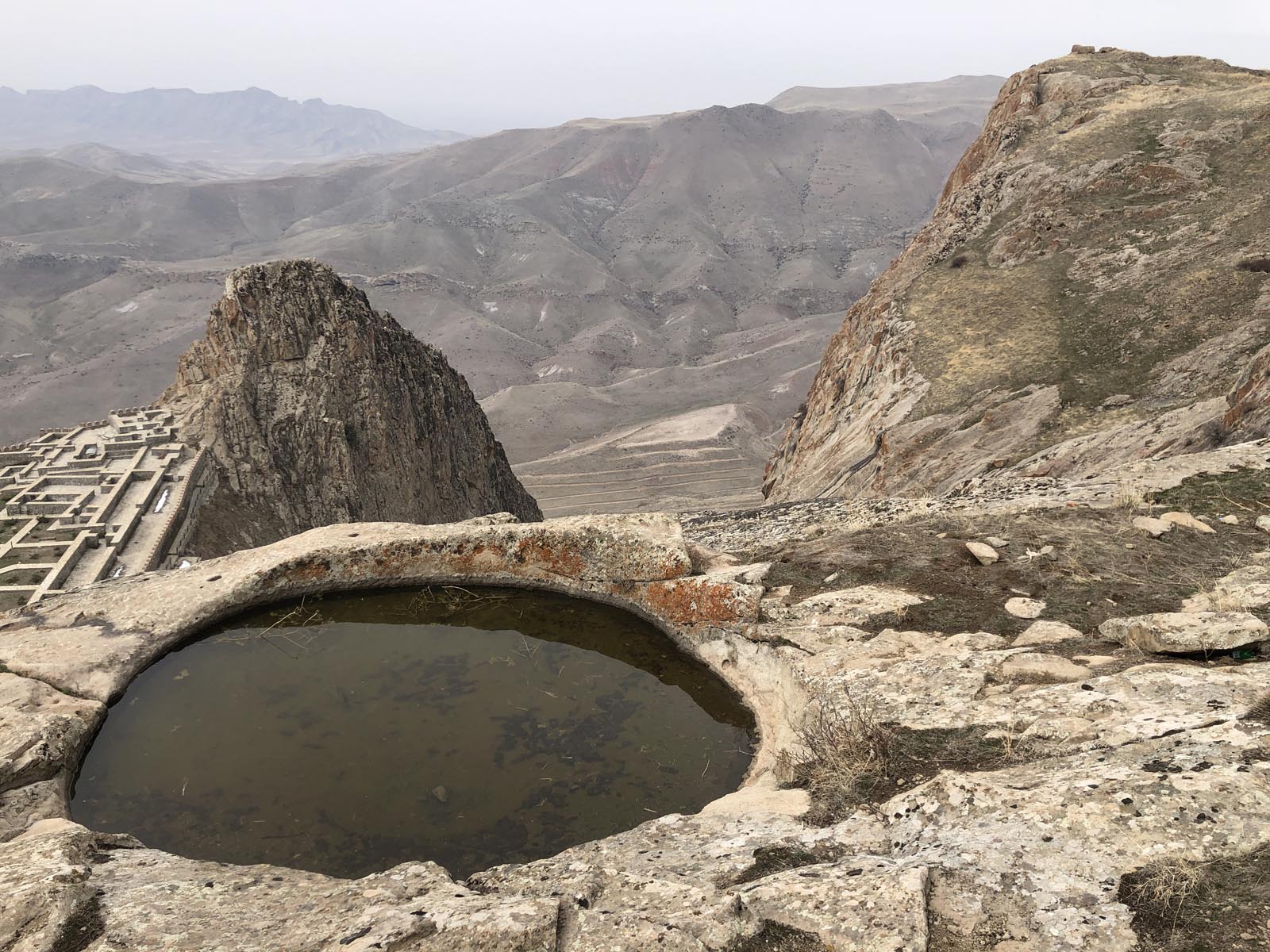
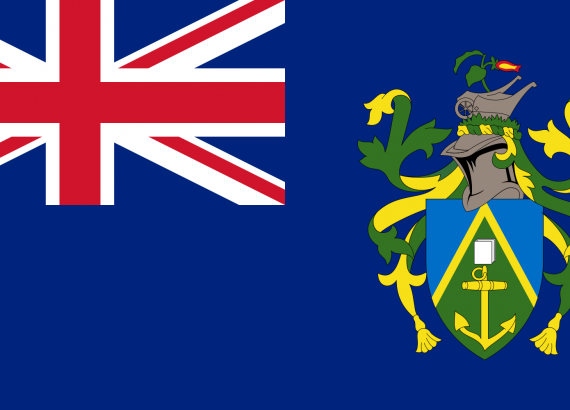
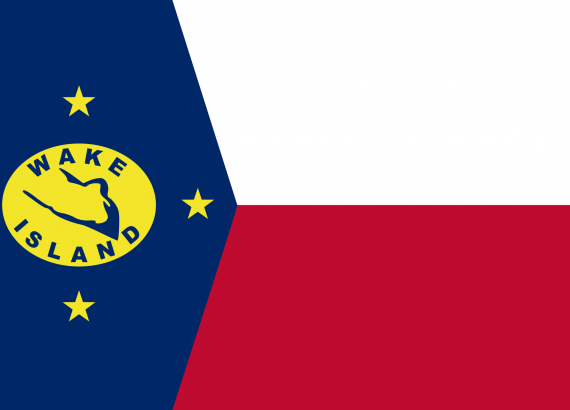
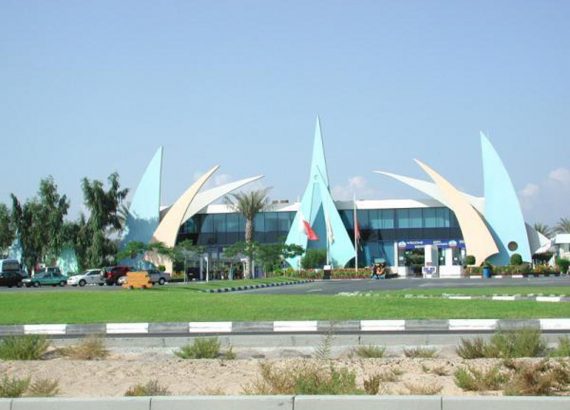
No Comments